When it comes to decorating your home, understanding different interior design styles is crucial. As an interior designer with over a decade of experience, I’ve seen countless clients feel overwhelmed when trying to define their style preferences. With 22 different interior design styles to explore, it’s no wonder many feel stuck! But don’t worry – I’m here to break down each style in a way that actually makes sense, helping you identify what truly speaks to you.
How to Use This Guide
Before we dive into exploring all 22 different interior design styles, let me share how to make the most of this guide. Think of it as your design roadmap. I’ve organised these styles into broader categories to make them easier to digest. While reading through each style, pay attention to your initial reactions. Which spaces make you think, “I could live there”? Which ones make you want to scroll past quickly? These gut reactions are incredibly valuable in determining your personal style.
Traditional Design Styles
Let’s start our journey through interior design styles with the classics. Traditional design styles have stood the test of time for good reason – they bring a sense of history, elegance, and proven livability to our homes.
1. Classic Traditional
When clients ask me about Traditional style, I often describe it as the equivalent of a perfectly tailored suit in the fashion world – timeless, sophisticated, and always appropriate. This style carries the wisdom of generations of design, refined over centuries to create spaces that feel both elegant and wonderfully livable.
What makes Traditional style special is its attention to detail and commitment to creating balanced, harmonious spaces. It’s the perfect choice for those who appreciate classic literature, fine wine, and things that get better with age.
Key Characteristics:
- Symmetrical arrangements
- Rich wood tones in furniture pieces
- Elegant curves and detailed woodwork
- Refined textiles like silk, velvet, and leather
- Architectural details
- Classic artwork and accessories
Colour Palettes: Traditional design embraces rich, time-tested colours
Primary Colours:
- Warm neutrals
- Deep reds
- Navy blues
- Forest greens
- Rich browns
Accent Colours:
- Burgundy
- Gold
- Deep purple
- Hunter green
- Warm cream
Materials That Define the Style:
- Mahogany and cherry woods
- Crystal and glass
- Polished brass
- Fine silk and velvet
- Oriental rugs
- Damask fabrics
- Carved wood
Pro Tip: Don’t feel like every piece needs to be an antique. I always tell clients that traditional style works beautifully with reproductions, as long as they’re high quality and stay true to classic proportions.
Furniture Elements:
- Wing-back chairs
- Claw-foot tables
- Tufted upholstery
- Queen Anne legs
- Roll-arm sofas
- China cabinets
- Writing desks
- Carved bed frames
Space Planning:
Traditional rooms require thoughtful arrangement:
- Symmetrical furniture placement
- Formal conversation areas
- Clear traffic patterns
- Balanced room layouts
- Designated seating groups
- Formal dining arrangements
- Reading nooks
- Display areas for collections
Styling Guidelines:
- Use pairs to create symmetry
- Layer window treatments
- Include classic artwork
- Display family heirlooms
- Add fresh flowers
- Incorporate table lamps
- Use rich throw pillows
- Feature oriental rugs
Common Mistakes to Avoid:
- Overcrowding rooms
- Using matched sets exclusively
- Forgetting about comfort
- Making it feel too formal
- Overlooking lighting layers
- Using poor quality reproductions
2. French Country
Let’s explore one of my favourite traditional styles – French Country. This style has a magical way of making any space feel like a charming cottage in Provence, no matter where you actually live.
What makes French Country special is its ability to blend elegance with rustic charm. Unlike formal French design, this style embraces imperfection and celebrates the beauty of everyday life. It’s where sophistication meets comfort, and believe me, it’s a beautiful marriage.
Key Characteristics:
- Soft, curved lines
- Distressed finishes
- Mix of formal and rustic elements
- Warm wood tones
- Natural stone
- Hand-painted details
- Wrought iron accents
Colour Palettes: French Country colours are inspired by the French countryside
Primary Colours:
- Warm whites
- Creamy neutrals
- Soft golds
- Terra cotta
- Gentle blues
Accent Colours:
- Lavender
- Sunny yellow
- Sage green
- Rustic red
- Soft black
Materials That Define the Style:
- Natural stone flooring
- Exposed wooden beams
- Wrought iron
- Natural linens
- Cotton toile
- Ceramic tiles
- Copper and brass
Pro Tip: When designing French Country spaces, always remember authenticity is key. Don’t be afraid of a few chips in your painted furniture or wear marks on your wooden table – these “imperfections” add character and charm.
Furniture Elements:
- Carved wooden armoires
- Upholstered dining chairs
- Painted dressers
- Farmhouse tables
- Bergère chairs
- Curved sofas
- Woven chairs
Pattern Play:
French Country embraces specific patterns:
- Toile de Jouy
- Florals
- Stripes
- Checks
- Provincial prints
- Damask
- Plaids
Essential Decor Elements:
- Ceramic pitchers
- Woven baskets
- Fresh and dried herbs
- Copper cookware
- Vintage signs
- Provincial artwork
- Fresh flowers
Space Planning:
French Country design emphasises:
- Comfortable gathering spaces
- Kitchen as the heart of home
- Indoor-outdoor flow
- Intimate seating areas
- Natural light
- Practical workspace
- Cosy corners
3. Victorian
Let’s step back in time to one of the most opulent of our traditional styles – Victorian design. This style is all about embracing decoration, detail, and drama in the most sophisticated way possible.
What makes Victorian style unique is its celebration of abundance and ornamentation. This style emerged during Queen Victoria’s reign (1837-1901), when showing off one’s wealth and taste through interior design was not just acceptable – it was expected. Think of it as the maximalist’s dream come true.
Key Characteristics:
- Ornate decorative elements
- Multiple patterns and textures
- Rich, dark colour palettes
- Layered window treatments
- Abundant accessories
- High ceilings
- Intricate millwork
- Heavy furniture pieces
Colour Palettes: Victorian design embraces rich, dramatic colours
Primary Colours:
- Deep jewel tones
- Burgundy
- Forest green
- Royal purple
- Rich brown
Accent Colours:
- Gold
- Deep red
- Sapphire blue
- Bronze
- Black
Materials That Define the Style:
- Dark, polished woods
- Velvet and silk
- Crystal
- Marble
- Brass and bronze
- Detailed wallpapers
- Oriental rugs
- Lace
Pro Tip: When designing Victorian spaces for modern living, always remember that you can honour the style’s ornate nature while still editing for today’s lifestyle. Not every surface needs to be covered!
Furniture Elements:
- Button-tufted sofas
- Carved wooden pieces
- Fainting couches
- Wingback chairs
- Ottoman footstools
- Heavy draperies
- Ornate beds
- China cabinets
Architectural Details:
- Crown molding
- Ceiling medallions
- Carved doorways
- Bay windows
- Decorative fireplace mantels
- Wainscoting
- Detailed trim work
- Stained glass
Pattern Play:
Victorian style loves layering patterns:
- Damask
- Florals
- Stripes
- Plaids
- Oriental designs
- Gothic motifs
- Nature-inspired patterns
Essential Decor Elements:
- Crystal chandeliers
- Heavy curtains with tassels
- Oil paintings in gilded frames
- Decorative mirrors
- Plants in ornate stands
- China collections
- Family portraits
- Books and globes
Space Planning:
Victorian rooms require thoughtful arrangement:
- Formal furniture groupings
- Conversation areas
- Display spaces for collections
- Reading nooks
- Music corners
- Clear pathways
- Symmetrical layouts
Modern Interpretation:
Here’s how I help clients adapt Victorian style for contemporary living:
- Lighter colour palettes
- Selected ornate pieces
- Updated textiles
- Modern lighting options
- Simplified window treatments
- Edited accessories
- Functional spaces
Modern & Contemporary Styles
Now let’s shift gears completely as we explore designs that embrace clean lines, minimalism, and contemporary living. These styles represent a dramatic departure from traditional ornamentation, focusing instead on the principle that form follows function.
4. Modern
Let me clear up something I discuss with clients almost daily – Modern design isn’t just about being current or trendy. It’s actually a distinct style that emerged in the early to mid-20th century, revolutionising how we think about interior design.
What makes Modern style special is its groundbreaking approach to design. Think of it as the moment when interior design broke free from the past and embraced new materials, technologies, and ways of living. It’s like the difference between classical and jazz music – both beautiful, but with completely different rules and expressions.
Key Characteristics:
- Clean, straight lines
- Minimal ornamentation
- Open floor plans
- Form follows function
- Industrial materials
- Absence of clutter
- Integration with nature
- Emphasis on horizontal and vertical lines
Colour Palettes: Modern design takes a deliberate approach to colour
Primary Colours:
- White
- Black
- Grey
- Earth tones
- Natural wood tones
Accent Colours:
- Primary colours (red, blue, yellow)
- Rust orange
- Forest green
- Deep brown
- Muted metallics
Materials That Define the Style:
- Steel
- Glass
- Concrete
- Natural wood
- Leather
- Molded plywood
- Chrome
- Plastic
Pro Tip: When designing modern spaces, every piece should earn its place through both function and form. If it doesn’t serve a purpose or contribute to the overall aesthetic, it doesn’t belong.
Furniture Elements:
- Low-profile seating
- Platform beds
- Moulded plastic chairs
- Chrome-framed furniture
- Built-in storage
- Floating cabinets
- Glass tables
- Leather loungers
Architectural Elements:
- Floor-to-ceiling windows
- Exposed structural elements
- Flat roofs
- Open floor plans
- Built-in furniture
- Minimal trim work
- Clean-lined fireplaces
- Indoor-outdoor connection
Lighting:
Modern lighting is crucial to the style:
- Architectural fixtures
- Track lighting
- Simple pendant lights
- Floor lamps with clean lines
- Task lighting
- Hidden indirect lighting
- Statement chandeliers
Space Planning:
Modern design emphasises:
- Open concept living
- Uncluttered spaces
- Clear sight lines
- Functional zones
- Connection to the outdoors
- Minimal barriers
- Thoughtful negative space
- Strategic furniture placement
5. Contemporary
Moving through our exploration of modern design styles, let’s talk about Contemporary – and here’s something I’m always explaining to clients: while Modern is a specific style, Contemporary is ever-evolving, reflecting what’s current right now.
What makes Contemporary style unique is its ability to adapt and change. Think of it as design’s equivalent to current fashion – it borrows from various styles and trends while maintaining a fresh, of-the-moment feel. As someone who’s designed countless contemporary spaces, I can tell you it’s one of the most flexible and exciting styles to work with.
Key Characteristics:
- Clean, sophisticated lines
- Mix of textures and materials
- State-of-the-art features
- Emphasis on negative space
- Subtle sophistication
- Technology integration
- Artistic elements
- Sustainability focus
Colour Palettes:
Contemporary design typically features:
Primary Colours:
- Whites
- Grays
- Blacks
- Taupes
- Neutral metallics
Accent Colours:
- Bold jewel tones
- Unexpected colour pops
- Trending colours
- Nature-inspired hues
- Sophisticated pastels
Materials That Define the Style:
- Mixed metals
- Textured fabrics
- Sustainable materials
- Glass
- Composite materials
- Natural stone
- Engineered wood
- Smart materials
Pro Tip: In contemporary spaces, invest in quality staple pieces with clean lines, then add personality through easily changeable accessories and art. This allows the space to evolve with trends.
Furniture Elements:
- Streamlined upholstery
- Mixed material pieces
- Multi-functional furniture
- Statement lighting
- Geometric shapes
- Innovative storage
- Tech-integrated pieces
- Comfort-focused designs
Signature Features:
- Smart home integration
- Sustainable elements
- Abstract art
- Statement lighting
- Mixed metal finishes
- Textural contrasts
- Indoor plants
- Architectural details
Space Planning:
Contemporary spaces prioritise:
- Flexible layouts
- Multi-functional areas
- Technology zones
- Entertainment spaces
- Work-from-home solutions
- Indoor-outdoor flow
- Social gathering areas
- Private retreats
Styling Elements:
- Large-scale art
- Minimal accessories
- Natural elements
- Geometric patterns
- Textural layers
- Strategic colour pops
- Innovative lighting
- Tech-savvy solutions
Modern Interpretation:
What makes Contemporary design special today:
- Integration of smart home features
- Sustainable materials and practices
- Flexible spaces for modern living
- Balance of comfort and style
- Mix of old and new elements
- Focus on wellness
- Outdoor living integration
6. Minimalist
Let’s explore one of the most misunderstood of our 22 different interior design styles – Minimalist design. It’s not just about having less stuff; it’s about being intentional with every single element you include.
What makes the Minimalist style special is its focus on the essential. Think of it as the design equivalent of a perfectly edited novel – every element must serve a purpose, and anything that doesn’t enhance the space is removed. It’s about creating calm through clarity.
Key Characteristics:
- “Less is more” philosophy
- Clean, purposeful lines
- Monochromatic colour schemes
- Intentional negative space
- Quality over quantity
- Functional design
- Clutter-free surfaces
- Hidden storage solutions
Colour Palettes: Minimalist design embraces a restricted palette
Primary Colours:
- Pure whites
- Soft whites
- Light grays
- Charcoal
- Black
Accent Colours:
- Single bold accents
- Natural wood tones
- Concrete grays
- Earth tones
- Muted metallics
Materials That Define the Style:
- Smooth woods
- Polished concrete
- Glass
- Steel
- Natural stone
- High-quality textiles
- Matte finishes
- Simple textures
Pro Tip: When designing minimalist spaces, I always remind clients that every item should earn its place. Ask yourself, “Does this piece serve a purpose, either functional or aesthetic?”
Furniture Elements:
- Simple, clean-lined pieces
- Built-in storage
- Platform beds
- Hidden hardware
- Multi-functional furniture
- Low-profile seating
- Floating shelves
- Streamlined tables
Storage Solutions:
This is crucial in minimalist design:
- Hidden closets
- Built-in cabinets
- Drawer organisers
- Wall-mounted solutions
- Under-bed storage
- Seamless closet doors
- Organised pantries
- Multi-functional pieces
Space Planning:
Minimalist spaces require:
- Clear traffic patterns
- Breathing room between pieces
- Strategic furniture placement
- Uncluttered surfaces
- Defined zones
- Natural light maximisation
- Simple window treatments
- Thoughtful negative space
Styling Guidelines:
- Keep surfaces 90% clear
- Choose artwork carefully
- Limit decorative objects
- Focus on form and function
- Embrace empty space
- Use texture for interest
- Maintain clean lines
Common Mistakes to Avoid:
- Creating cold, uninviting spaces
- Forgetting about texture
- Overlooking storage needs
- Making spaces feel sterile
- Sacrificing comfort for style
- Ignoring personality completely
Industrial & Urban Styles
Now let’s explore styles that celebrate city living and architectural elements. These styles embrace raw materials and urban aesthetics while creating wonderfully livable spaces.
7. Industrial
One of the most exciting transformations I’ve witnessed in my design career is how industrial spaces have evolved from actual factories to some of the most sought-after residential designs. This style tells a story of urban renewal and architectural appreciation.
What makes Industrial style unique is its honest approach to materials and architecture. Think of it as the design equivalent of a documentary film – it reveals and celebrates the true nature of a space rather than trying to hide it.
Key Characteristics:
- Exposed structural elements
- Raw materials
- Open floor plans
- High ceilings
- Large windows
- Visible systems (pipes, ducts, etc.)
- Metal fixtures
- Weathered finishes
Colour Palettes: Industrial design embraces natural material colours
Primary Colours:
- Concrete greys
- Rust browns
- Metal silvers
- Brick reds
- Deep blacks
Accent Colours:
- Navy blue
- Forest green
- Burnt orange
- Weathered brass
- Copper tones
Materials That Define the Style:
- Exposed brick
- Concrete
- Steel beams
- Cast iron
- Reclaimed wood
- Metal pipe
- Wire mesh
- Aged leather
Pro Tip: When designing industrial spaces, don’t fight the building’s bones. If you have exposed pipes or ductwork, celebrate them rather than trying to hide them.
Furniture Elements:
- Metal-framed furniture
- Leather seating
- Reclaimed wood tables
- Rolling carts
- Factory-style lighting
- Workshop stools
- Steel shelving
- Vintage industrial pieces
Architectural Features:
- Exposed brick walls
- Concrete floors
- Visible support beams
- Industrial windows
- Open ductwork
- Metal staircases
- Warehouse doors
- High ceilings
Space Planning:
Industrial spaces need:
- Flexible layouts
- Defined zones in open plans
- Multiple seating areas
- Work spaces
- Entertainment zones
- Clear traffic patterns
- Conversation areas
- Multi-functional spaces
8. Urban Modern
Let’s explore Urban Modern style – a sophisticated evolution of industrial design that perfectly captures contemporary city living. This style masterfully balances metropolitan edge with comfortable living.
What makes Urban Modern special is how it takes the energy of city life and transforms it into livable, sophisticated spaces. Think of it as the perfect blend of industrial edge, modern sophistication, and contemporary comfort – ideal for those who love city living but want their home to feel like a refined sanctuary.
Key Characteristics:
- Clean architectural lines
- Mixed materials
- City influences
- Smart storage solutions
- Sophisticated colour schemes
- Contemporary artwork
- Strategic lighting
- Functional luxury
Colour Palettes: Urban Modern embraces city-inspired colours
Primary Colours:
- Concrete gray
- Charcoal
- Pure white
- Soft black
- Warm neutrals
Accent Colours:
- Deep blues
- Urban green
- Manhattan brown
- Steel blue
- Bronze metallics
Materials That Define the Style:
- Polished concrete
- Sleek metals
- Engineered wood
- Glass
- Leather
- Microfiber
- High-gloss finishes
- Textured wallcoverings
Pro Tip: In Urban Modern spaces, invest in multi-functional pieces. When you’re dealing with city-sized spaces, every piece needs to work twice as hard.
Furniture Elements:
- Low-profile sofas
- Modular seating
- Built-in storage
- Statement lighting
- Multi-functional pieces
- Floating shelves
- Glass dining tables
- Contemporary beds
Technology Integration:
Urban Modern embraces smart living:
- Hidden TV solutions
- Integrated sound systems
- Smart home features
- Automated window treatments
- Modern climate control
- Tech charging stations
- Smart lighting
- Security features
Space Planning:
Urban spaces require:
- Maximised floor plans
- Flexible layouts
- Work-from-home zones
- Entertainment areas
- Dining solutions
- Storage optimisation
- City view enhancement
- Traffic flow consideration
Styling Elements:
- Contemporary art
- City photography
- Geometric patterns
- Metal accents
- Textural contrasts
- Statement pieces
- Urban-inspired decor
- Strategic mirrors
Design Solutions:
Common urban challenges and solutions:
- Small space maximisation
- Storage integration
- Privacy solutions
- Noise reduction
- Light optimisation
- Multi-functional areas
- Entertainment spaces
- Work-life balance
Mid-Century & Scandinavian Styles
Let’s explore styles that revolutionised design through simplicity, functionality, and connection to nature.
9. Mid-Century Modern
Of all 22 different interior design styles we’re exploring, Mid-Century Modern holds a special place in design history. This style’s enduring popularity isn’t just about nostalgia – it’s about timeless, functional beauty.
What makes Mid-Century Modern special is its perfect balance of form and function. Born roughly between the 1940s and 1970s, this style revolutionised how we think about home design. Think of it as the moment when interior design became democratic – beautiful, functional design for everyone.
Key Characteristics:
- Clean, organic lines
- Minimal ornamentation
- Mixed materials
- Indoor-outdoor connection
- Geometric patterns
- Contrasting textures
- Functionality focus
- Statement lighting
Colour Palettes: Mid-Century Modern embraces both neutral and bold colours
Primary Colours:
- Warm whites
- Natural woods
- Earthy browns
- Charcoal gray
- Black accents
Accent Colours:
- Mustard yellow
- Burnt orange
- Olive green
- Teal blue
- Brick red
Materials That Define the Style:
- Walnut and teak woods
- Molded plastic
- Glass
- Steel
- Brass
- Leather
- Vinyl
- Textured fabrics
Pro Tip: When designing Mid-Century spaces, you don’t need to fill your home with vintage pieces. Quality modern reproductions can work beautifully alongside authentic pieces.
Furniture Elements:
- Eames-style chairs
- Platform sofas
- Tulip tables
- Floating credenzas
- Tapered legs
- Egg chairs
- Organic shapes
- Built-in cabinetry
Signature Elements:
- Sunburst clocks
- Sputnik chandeliers
- Abstract art
- Geometric patterns
- Bar carts
- Plant stands
- Room dividers
- Statement lighting
Space Planning:
Mid-Century spaces emphasise:
- Open floor plans
- Conversation areas
- Indoor-outdoor flow
- Multiple seating zones
- Clear sight lines
- Natural light
- Functional zones
- Social spaces
10. Scandinavian
Let’s explore one of the most popular and enduring of our 22 different interior design styles – Scandinavian design. This style is about much more than just white walls and IKEA furniture.
What makes Scandinavian design special is its focus on creating bright, functional spaces that promote well-being. Born in Nordic countries where winter daylight is precious, this style masterfully combines beauty with practicality while emphasising connection to nature.
Key Characteristics:
- Light and airy spaces
- Minimal decor
- Natural materials
- Functional design
- Clean lines
- Cosy elements (hygge)
- Abundant light
- Clutter-free surfaces
Colour Palettes: Scandinavian design embraces light, natural colours
Primary Colours:
- Crisp whites
- Soft greys
- Pale woods
- Light beiges
- Gentle blacks
Accent Colours:
- Sage green
- Dusty blue
- Pale pink
- Soft yellow
- Muted terracotta
Materials That Define the Style:
- Light woods (especially pine and birch)
- Natural textiles
- Wool
- Leather
- Sheepskin
- Linen
- Stone
- Glass
Pro Tip: When designing Scandinavian spaces, always remember that creating hygge (cosy comfort) is just as important as maintaining minimalism. It’s about finding that perfect balance.
Furniture Elements:
- Clean-lined sofas
- Wooden dining sets
- Platform beds
- Built-in storage
- Reading nooks
- Window seats
- Functional workspaces
- Simple chairs
Textile Elements:
Creating warmth through:
- Chunky knit throws
- Natural fibre rugs
- Simple curtains
- Sheepskin throws
- Linen upholstery
- Cotton pillows
- Woven textiles
- Natural fibre carpets
Creating Hygge:
Essential elements for cosiness:
- Candles
- Soft lighting
- Reading corners
- Natural elements
- Comfortable seating
- Warm textures
- Personal touches
- Indoor plants
Space Planning:
Scandinavian spaces require:
- Maximised natural light
- Clear pathways
- Functional zones
- Storage solutions
- Social areas
- Quiet corners
- Work spaces
- Family areas
Modern Interpretation:
How to make Scandinavian style work today:
- Smart storage solutions
- Technology integration
- Multi-functional furniture
- Sustainable materials
- Modern conveniences
- Family-friendly solutions
- Work-from-home spaces
- Entertainment areas
Bohemian & Global Styles
Let’s explore styles that celebrate cultural diversity, personal expression, and artistic freedom.
11. Bohemian
Of all the styles we’re exploring, Bohemian (or ‘Boho’) is perhaps the most free-spirited and personal. This style is less about following rules and more about breaking them creatively.
What makes Bohemian style special is its celebration of individuality and artistic expression. Think of it as the design equivalent of jazz improvisation – there’s an underlying structure, but the beauty comes from personal interpretation and unexpected combinations.
Key Characteristics:
- Layer upon layer of textures
- Mixed patterns
- Global influences
- Collected items
- Plants and natural elements
- Rich colours
- Personal mementos
- Artistic expression
Colour Palettes: Bohemian style embraces bold, varied colours
Primary Colours:
- Jewel tones
- Earth tones
- Deep browns
- Rich reds
- Warm oranges
Accent Colours:
- Emerald green
- Peacock blue
- Purple
- Gold
- Turquoise
Materials That Define the Style:
- Natural fibers
- Woven textiles
- Rattan and bamboo
- Vintage fabrics
- Mixed woods
- Metallic accents
- Crystal
- Glass
Pro Tip: When creating Bohemian spaces, start with a neutral base, then layer in colours, patterns, and meaningful pieces over time. It should look collected, not decorated.
Furniture Elements:
- Low-slung seating
- Floor cushions
- Vintage pieces
- Hanging chairs
- Mixed dining chairs
- Carved wooden pieces
- Layered rugs
- Statement headboards
Textiles and Patterns:
Essential to Boho style:
- Persian rugs
- Suzani fabrics
- Ikat prints
- Macramé
- Tapestries
- Kilim pillows
- Moroccan textiles
- Indian block prints
Decorative Elements:
- Plants (lots of them!)
- Global artifacts
- Crystals and geodes
- Vintage maps
- Musical instruments
- Art books
- Handmade pieces
- Gallery walls
12. Global
As we continue exploring our 22 different interior design styles, let’s dive into Global style – a sophisticated approach to incorporating worldwide design influences. This style is about creating thoughtful, culturally-rich interiors that tell stories of places and traditions.
What makes Global style special is its ability to weave together influences from different cultures while maintaining respect for their origins. Think of it as creating a well-curated museum of your world travels, but in a way that’s completely livable and personal.
Key Characteristics:
- Cultural artwork
- Handcrafted elements
- Rich textures
- Traditional patterns
- Natural materials
- Meaningful accessories
- Mixed metals
- Authentic pieces
Colour Palettes: Global style embraces rich, earth-inspired colours
Primary Colours:
- Spice market reds
- Terra cotta
- Deep browns
- Rich golds
- Warm neutrals
Accent Colours:
- Indigo blue
- Saffron yellow
- Mediterranean blue
- Desert rose
- Forest green
Materials That Define the Style:
- Hand-carved woods
- Hammered metals
- Natural fibers
- Handwoven textiles
- Ceramic tiles
- Stone
- Leather
- Silk
Pro Tip: When designing Global spaces, remember that authenticity is key. One genuine piece tells a better story than multiple mass-produced “global-inspired” items.
Furniture Elements:
- Hand-carved chairs
- Low seating options
- Wooden chests
- Metal-worked tables
- Floor cushions
- Painted cabinets
- Prayer benches
- Intricate screens
Cultural Elements:
Thoughtful incorporation of:
- African masks
- Moroccan lanterns
- Indian textiles
- Chinese ceramics
- Turkish rugs
- Japanese screens
- Mexican pottery
- Persian carpets
Space Planning:
Global spaces require:
- Conversation areas
- Display spaces
- Meditation corners
- Social gathering spots
- Cultural zones
- Reading nooks
- Collection displays
- Flexible seating
Styling Guidelines:
- Mix textures thoughtfully
- Layer patterns carefully
- Create visual stories
- Group similar items
- Balance colours
- Include natural elements
- Add meaningful lighting
- Create focal points
Common Mistakes to Avoid:
- Over-mixing cultures
- Using inauthentic pieces
- Creating a bazaar look
- Forgetting about comfort
- Overlooking quality
- Missing personal connection
Coastal & Mediterranean Styles
Let’s explore styles that bring the essence of waterfront living and sun-drenched shores into our homes.
13. Coastal
Of all the styles we’re discussing, coastal design instantly transports you to a more relaxed state of mind. This style is about much more than seashells and anchors.
What makes Coastal style special is its ability to create a vacation-like atmosphere while maintaining sophistication and livability. Think of it as bottling the feeling of a perfect beach day and infusing it into your daily living space.
Key Characteristics:
- Light and airy spaces
- Natural light abundance
- Ocean-inspired colours
- Relaxed furnishings
- Natural textures
- Clean lines
- Beachy elements
- Uncluttered spaces
Colour Palettes: Coastal design draws from nature’s seaside palette
Primary Colours:
- Crisp whites
- Sandy beiges
- Ocean blues
- Soft greys
- Driftwood taupes
Accent Colours:
- Sea glass green
- Coral pink
- Navy blue
- Shell pink
- Seafoam
Materials That Define the Style:
- Weathered wood
- Natural fibers
- Linen
- Cotton
- Rope
- Seagrass
- Jute
- Glass
Pro Tip: When designing coastal spaces, suggest the beach rather than recreate it literally. One beautiful piece of coral on a coffee table speaks volumes more than a room full of seashells.
Furniture Elements:
- Slipcovered sofas
- Woven chairs
- Painted wood pieces
- Glass-top tables
- Upholstered headboards
- Window seats
- Rattan accents
- Built-in storage
Textile Choices:
- Cotton duck
- Linen
- Performance fabrics
- Natural fibre rugs
- Textured throws
- Striped pillows
- Woven blinds
- Light curtains
Essential Elements:
- Natural fibre rugs
- Woven baskets
- Glass vessels
- Driftwood pieces
- Abstract seascapes
- White ceramics
- Beach grass
- Mirror accents
14. Mediterranean
Let’s explore Mediterranean style – a design approach that captures the warmth and romance of seaside villas in Italy, Spain, and Greece. This style is about creating spaces that feel both luxurious and incredibly livable.
What makes Mediterranean style special is its ability to blend indoor and outdoor living while celebrating craftsmanship and natural materials. Think of it as bringing the sun-drenched charm of the Mediterranean coast into your daily life, complete with all the texture and warmth that implies.
Key Characteristics:
- Textured walls
- Arched doorways
- Terra cotta tiles
- Wrought iron details
- Indoor-outdoor flow
- Warm colours
- Hand-crafted elements
- Natural materials
Colour Palettes: Mediterranean design embraces sun-warmed colours
Primary Colours:
- Terra cotta
- Warm whites
- Sandy beiges
- Ocean blues
- Olive greens
Accent Colours:
- Burnt orange
- Deep reds
- Sea blue
- Cypress green
- Golden yellow
Materials That Define the Style:
- Terra cotta
- Natural stone
- Wrought iron
- Ceramic tiles
- Carved wood
- Marble
- Copper
- Mosaic tiles
Pro Tip: When designing Mediterranean spaces, always remember that authenticity in materials is key. One real terra cotta floor will add more character than any amount of faux finishing.
Furniture Elements:
- Heavy wooden pieces
- Wrought iron beds
- Carved details
- Upholstered dining chairs
- Built-in seating
- Wooden benches
- Ornate occasional tables
- Outdoor furniture
Architectural Elements:
- Stucco walls
- Arched windows
- Carved doors
- Exposed beams
- Tiled roofs
- Stone floors
- Column details
- Courtyard connections
Decorative Features:
- Colourful tiles
- Pottery and urns
- Iron light fixtures
- Fountain features
- Mediterranean art
- Ceramic plates
- Fresh herbs
- Olive trees
Space Planning:
Mediterranean homes emphasise:
- Flow between spaces
- Outdoor living areas
- Formal dining spaces
- Gathering spots
- Kitchen as a focal point
- Courtyard access
- Natural light
- View maximisation
Creating Authenticity:
Essential elements for true Mediterranean style:
- Use genuine materials
- Include water features
- Embrace outdoor living
- Add handcrafted touches
- Include local materials
- Create gathering spaces
- Incorporate plants
- Focus on natural light
Rustic & Farmhouse Styles
Let’s explore styles that celebrate natural materials, simplicity, and a connection to rural living.
15. Rustic
Among our 22 different interior design styles, Rustic design stands out for its raw authenticity. This style is about celebrating nature in its most honest form.
What makes Rustic style special is its ability to bring the outdoors in while creating spaces that feel both grounding and cosy. Think of it as living in harmony with nature, where every material tells a story and imperfections are celebrated rather than hidden.
Key Characteristics:
- Natural materials
- Rough textures
- Exposed beams
- Stone elements
- Weathered wood
- Organic shapes
- Hand-crafted items
- Natural colour schemes
Colour Palettes: Rustic design draws from nature’s own palette
Primary Colours:
- Wood browns
- Stone grays
- Forest greens
- Earth tones
- Warm whites
Accent Colours:
- Deep reds
- Hunter green
- Charcoal
- Leather brown
- Copper tones
Materials That Define the Style:
- Reclaimed wood
- Natural stone
- Rough-hewn beams
- Raw metals
- Leather
- Burlap
- Wool
- Branch elements
Pro Tip: When designing rustic spaces, remember that authenticity is everything. One genuine piece of weathered wood furniture will add more character than an entire room of faux-distressed items.
Furniture Elements:
- Log furniture
- Live-edge tables
- Leather seating
- Wooden benches
- Iron bed frames
- Stone-based tables
- Handcrafted pieces
- Timber storage
Architectural Features:
- Exposed ceiling beams
- Stone fireplaces
- Wood-planked walls
- Rough-hewn columns
- Natural floors
- Timber framing
- Wide plank flooring
- Stone accents
Styling Elements:
- Antlers
- Woven baskets
- Iron hardware
- Vintage tools
- Natural textiles
- Handwoven rugs
- Ceramic pottery
- Native plants
16. Modern Farmhouse
One of the most popular of our 22 different interior design styles today is Modern Farmhouse. This style perfectly balances rustic charm with contemporary convenience, and that’s exactly why people love it.
What makes Modern Farmhouse special is its ability to combine the comfort and warmth of traditional farmhouse style with clean, modern elements. Think of it as taking the best of country living and updating it for today’s lifestyle – comfortable but never cluttered, rustic but never rough.
Key Characteristics:
- Clean lines with rustic touches
- Shiplap walls
- Mixed metals
- Industrial accents
- Natural textures
- Neutral colour palette
- Vintage elements
- Modern conveniences
Colour Palettes: Modern Farmhouse embraces a refined neutral palette
Primary Colours:
- Crisp whites
- Warm greys
- Soft blacks
- Creamy neutrals
- Natural wood tones
Accent Colours:
- Navy blue
- Sage green
- Iron black
- Aged brass
- Weathered bronze
Materials That Define the Style:
- Painted wood
- Wrought iron
- Galvanized metal
- Natural fibers
- Cotton
- Linen
- Stone
- Aged brass
Pro Tip: When designing Modern Farmhouse spaces, remember that restraint is key. You want to suggest farmhouse living without creating a country theme park.
Furniture Elements:
- Slipcovered sofas
- Windsor chairs
- Industrial lighting
- Farmhouse tables
- Metal bed frames
- Open shelving
- Storage ottomans
- X-back chairs
Signature Elements:
- Apron sinks
- Barn doors
- Industrial lighting
- Open shelving
- Vintage signs
- Woven baskets
- Metal hardware
- Natural textiles
Space Planning:
Modern Farmhouse spaces emphasise:
- Open concept living
- Gathering spaces
- Functional kitchens
- Mudroom areas
- Indoor-outdoor flow
- Family-friendly layouts
- Entertainment zones
- Practical storage
Design Details:
Essential elements include:
- Board and batten
- Shiplap walls
- Exposed beams
- Industrial hardware
- Mixed metals
- Natural wood accents
- Vintage touches
- Modern appliances
Styling Guidelines:
- Mix old and new pieces
- Layer textures thoughtfully
- Keep accessories minimal
- Include natural elements
- Add industrial touches
- Maintain clean lines
- Incorporate vintage finds
- Focus on functionality
Art Deco & Transitional Styles
Let’s explore styles that either celebrate glamorous sophistication or masterfully blend different design elements.
17. Art Deco
Among our 22 different interior design styles, Art Deco stands out for its unabashed glamour and geometric precision. This style is about celebrating luxury, modernity, and artistic expression in its boldest form.
What makes Art Deco special is its perfect balance of sophistication and drama. Born in the 1920s and 1930s, this style represents the height of pre-war elegance. Think of it as the Great Gatsby of interior design – bold, confident, and unapologetically luxurious.
Key Characteristics:
- Bold geometric patterns
- Symmetrical designs
- Stepped forms
- Sunburst motifs
- High-gloss finishes
- Luxurious materials
- Strong vertical lines
- Dramatic lighting
Colour Palettes: Art Deco embraces bold, dramatic colours
Primary Colours:
- Black and white
- Gold
- Silver
- Deep greens
- Rich blues
Accent Colours:
- Ruby red
- Emerald green
- Sapphire blue
- Bronze
- Pearl white
Materials That Define the Style:
- Polished stone
- Chrome
- Brass
- Mirror
- Glass
- Exotic woods
- Lacquer
- Velvet
Pro Tip: When designing Art Deco spaces, remember that each piece should feel like a work of art. This style is about making statements, not playing it safe.
Furniture Elements:
- Curved club chairs
- Streamlined sofas
- Mirrored furniture
- Chrome-based tables
- Geometric cabinets
- High-gloss sideboards
- Built-in shelving
- Statement seating
Decorative Features:
- Tiered chandeliers
- Wall sconces
- Geometric mirrors
- Abstract statuary
- Zigzag patterns
- Fan motifs
- Exotic animal prints
- Metallic sculptures
18. Transitional
Let’s explore Transitional style – one of the most versatile of our 22 different interior design styles. This style is perfect for those who appreciate both traditional and contemporary design but don’t want to commit fully to either.
What makes Transitional style special is its ability to bridge different design eras and aesthetics. Think of it as the diplomatic mediator of interior design – it brings peace between traditional and contemporary elements, creating spaces that feel both timeless and current.
Key Characteristics:
- Balance of traditional and modern
- Clean lines with classic details
- Neutral colour palette
- Sophisticated textures
- Updated classics
- Comfortable elegance
- Refined scale
- Minimal accessories
Colour Palettes: Transitional design favours refined neutrals
Primary Colours:
- Warm greys
- Soft whites
- Rich creams
- Gentle taupes
- Subtle beiges
Accent Colours:
- Navy blue
- Chocolate brown
- Slate grey
- Muted gold
- Soft black
Materials That Define the Style:
- Polished woods
- Textured fabrics
- Leather
- Glass
- Nickel
- Bronze
- Marble
- Linen
Pro Tip: When designing transitional spaces, focus on texture rather than pattern. This style is about creating interest through layered materials rather than bold prints.
Furniture Elements:
- Clean-lined sofas
- Updated wing chairs
- Glass-top tables
- Tailored upholstery
- Modern case goods
- Traditional silhouettes
- Neutral ottomans
- Refined storage pieces
Balance Points:
Key areas where traditional meets modern:
- Curved furniture with straight lines
- Classic shapes in current fabrics
- Updated traditional lighting
- Modern art in traditional frames
- Clean-lined millwork
- Simplified traditional patterns
- Contemporary mirrors
- Mixed metal finishes
Space Planning:
Transitional spaces require:
- Balanced furniture groupings
- Conversation areas
- Clear traffic patterns
- Formal and casual zones
- Negative space
- Symmetrical layouts
- Functional flow
- Comfortable seating
Styling Guidelines:
- Keep accessories minimal
- Focus on quality over quantity
- Mix furniture styles thoughtfully
- Layer textures carefully
- Maintain clean lines
- Include traditional touches
- Add modern elements
- Create visual balance
Common Mistakes to Avoid:
- Over-accessorising
- Using too many patterns
- Mixing too many styles
- Forgetting about comfort
- Losing balance
- Including trendy pieces
Eclectic & Contemporary Craftsman Styles
Let’s explore styles that either celebrate creative mixing or honour traditional craftsmanship with a modern twist.
19. Eclectic
Among our 22 different interior design styles, Eclectic design offers the most creative freedom. This style is like being a DJ of interior design – it’s all about mixing different elements to create something uniquely harmonious.
What makes Eclectic style special is its ability to combine different periods, styles, and textures while maintaining a cohesive look. Think of it as creating a beautiful symphony using instruments from different orchestras – it’s about finding harmony in diversity.
Key Characteristics:
- Mixed design elements
- Unexpected combinations
- Personal collections
- Varied textures
- Curated displays
- Multiple periods
- Artistic expression
- Thoughtful disorder
Colour Palettes: Eclectic style can embrace any colours, but typically includes
Primary Colours:
- Unifying base colour
- Rich neutrals
- Bold statement hues
- Earthy tones
- Dramatic darks
Accent Colours:
- Jewel tones
- Bright pops
- Metallic accents
- Unexpected combinations
- Personal favorites
Materials That Define the Style:
- Mixed woods
- Various metals
- Different textiles
- Glass
- Stone
- Ceramic
- Leather
- Unique finds
Pro Tip: When designing eclectic spaces, follow the 80/20 rule – 80% cohesion through colour or style, 20% surprise elements that make the space unique.
Furniture Elements:
- Different period pieces
- Statement seating
- Mixed dining chairs
- Diverse tables
- Unique storage
- Collected items
- Family heirlooms
- Modern classics
Pattern Play:
Guidelines for mixing patterns:
- Vary the scale
- Connect through colour
- Mix geometrics with organics
- Balance busy with simple
- Include texture patterns
- Combine old and new
- Layer thoughtfully
- Create rhythm
Space Planning:
Eclectic spaces need:
- Clear traffic patterns
- Defined zones
- Conversation areas
- Display spaces
- Focal points
- Balance points
- Visual breaks
- Personal corners
20. Contemporary Craftsman
As we continue exploring our 22 different interior design styles, let’s look at Contemporary Craftsman – a style that beautifully updates the traditional Arts and Crafts movement for modern living. This style perfectly balances historical charm with current functionality.
What makes Contemporary Craftsman special is its respect for handcrafted details while embracing modern conveniences. Think of it as taking the soul of the Arts and Crafts movement – quality craftsmanship and natural materials – and adapting it for 21st-century living.
Key Characteristics:
- Clean architectural lines
- Natural materials
- Handcrafted details
- Built-in features
- Wood accents
- Modern amenities
- Organic elements
- Quality craftsmanship
Colour Palettes: Contemporary Craftsman embraces nature-inspired colours
Primary Colours:
- Warm woods
- Earth tones
- Sage greens
- Deep browns
- Warm greys
Accent Colours:
- Copper red
- Forest green
- Navy blue
- Bronze
- Amber
Materials That Define the Style:
- Quarter-sawn oak
- Natural stone
- Hand-forged metal
- Ceramic tile
- Stained glass
- Copper
- Leather
- Linen
Pro Tip: When designing Contemporary Craftsman spaces, quality is everything. One well-crafted piece will add more character than multiple mass-produced items.
Furniture Elements:
- Clean-lined sofas
- Mission-style chairs
- Built-in cabinets
- Window seats
- Solid wood tables
- Storage benches
- Leather upholstery
- Modern interpretations
Architectural Details:
- Exposed beams
- Built-in bookcases
- Window trim
- Wainscoting
- Column details
- Modern light fixtures
- Updated hardware
- Glass accents
Design Elements:
Essential features include:
- Natural wood trim
- Geometric patterns
- Stained glass accents
- Metal hardware
- Updated lighting
- Modern technology
- Practical storage
- Indoor-outdoor connection
Space Planning:
Contemporary Craftsman spaces need:
- Open floor plans
- Defined rooms
- Built-in features
- Reading nooks
- Work spaces
- Gathering areas
- Connection to nature
- Modern functionality
Modern Interpretation:
How to update Craftsman style:
- Lighter wood tones
- Modern lighting
- Updated hardware
- Smart home features
- Contemporary fabrics
- Simplified details
- Open concept adaptation
- Modern amenities
21. Tropical
Moving through our 22 different interior design styles, let’s explore Tropical design – a style that brings the essence of paradise into everyday living. This style is about much more than just palm prints and bright colours.
What makes Tropical style special is its ability to create a permanent vacation feeling while maintaining sophistication. Think of it as capturing the essence of a luxury island resort but making it completely livable for daily life.
Key Characteristics:
- Indoor-outdoor flow
- Natural materials
- Lush greenery
- Bright, natural light
- Bold patterns
- Relaxed atmosphere
- Resort-inspired elements
- Organic textures
Colour Palettes: Tropical design embraces nature’s vibrant colours
Primary Colours:
- Warm whites
- Ocean blues
- Leafy greens
- Sandy beiges
- Natural browns
Accent Colours:
- Coral pink
- Sunny yellow
- Bright orange
- Orchid purple
- Turquoise
Materials That Define the Style:
- Rattan
- Bamboo
- Wicker
- Natural fibers
- Teak wood
- Linen
- Cotton
- Jute
Pro Tip: When designing tropical spaces, I always tell clients that balance is key – you want that paradise feeling without turning your home into a theme park resort.
Furniture Elements:
- Rattan chairs
- Bamboo tables
- Upholstered pieces
- Wooden ceiling fans
- Outdoor-inspired seating
- Plantation chairs
- Woven furniture
- Natural wood pieces
Pattern Play:
Signature tropical patterns:
- Palm leaves
- Botanical prints
- Animal prints
- Tribal motifs
- Geometric patterns
- Natural textures
- Floral designs
- Island-inspired motifs
Essential Decor Elements:
- Live plants
- Natural fibre rugs
- Woven baskets
- Carved wood accents
- Shell collections
- Local artwork
- Ceiling fans
- Water features
22. Japandi
For our final style in our exploration of 22 different interior design styles, let’s discuss Japandi – a beautiful fusion of Japanese and Scandinavian design principles. This hybrid style perfectly combines minimalist aesthetics with cosy functionality.
What makes Japandi special is how it marries the warmth of Scandinavian hygge with the minimalist serenity of Japanese design. Think of it as creating the perfect balance between cosy and calm, where every element serves both an aesthetic and functional purpose while maintaining a sense of tranquillity.
Key Characteristics:
- Minimalist design
- Natural materials
- Clean lines
- Neutral colours
- Thoughtful empty space
- Functional beauty
- Handcrafted elements
- Sustainable focus
Colour Palettes: Japandi embraces a refined neutral palette
Primary Colours:
- Warm whites
- Soft greys
- Natural wood tones
- Charcoal
- Earth tones
Accent Colours:
- Sage green
- Pale blush
- Deep ocean blue
- Warm rust
- Muted clay
Materials That Define the Style:
- Light and dark woods
- Natural fibers
- Paper
- Stone
- Linen
- Cotton
- Ceramic
- Bamboo
Pro Tip: When designing Japandi spaces, contrast is key – the style works best when you balance light Scandinavian elements with darker Japanese influences.
Furniture Elements:
- Low-profile sofas
- Platform beds
- Clean-lined chairs
- Minimal coffee tables
- Built-in storage
- Natural wood pieces
- Handcrafted items
- Multi-functional furniture
Essential Elements:
- Simple artwork
- Ceramic vessels
- Natural textiles
- Indoor plants
- Paper lanterns
- Woven baskets
- Minimal decor
- Textural elements
Space Planning:
Japandi spaces require:
- Uncluttered layouts
- Functional zones
- Clear pathways
- Purposeful furniture
- Natural light emphasis
- Cosy corners
- Storage solutions
- Peaceful flow
Styling Guidelines:
- Focus on quality over quantity
- Mix light and dark elements
- Layer natural textures
- Keep accessories minimal
- Include handcrafted pieces
- Add warmth through textiles
- Incorporate plants thoughtfully
- Create peaceful vignettes
Common Mistakes to Avoid:
- Over-accessorising
- Using artificial materials
- Forgetting about comfort
- Making spaces too stark
- Missing storage solutions
- Losing cultural balance
The beauty of Japandi lies in its ability to create spaces that are both practical and peaceful, minimal yet warm. It’s perfect for those who appreciate clean lines but don’t want their home to feel cold or uninviting
After exploring these 22 different interior design styles, remember that the perfect style for you might be one of these or a thoughtful combination of several. The key is to choose elements that resonate with your lifestyle and personal taste while creating a space that functions well for your needs.
How to Choose Your Style
Consider these factors when selecting your ideal design style:
- Your lifestyle needs
- The architecture of your home
- Your colour preferences
- Maintenance requirements
- Budget considerations
- Long-term livability
- Personal comfort level
- Family needs
Mixing Different Interior Design Styles
Understanding these 22 different interior design styles gives you the freedom to mix and match elements that speak to you. Here’s how to successfully blend styles:
Basic Principles for Mixing Styles:
- Choose a dominant style (about 70%)
- Add a secondary style (about 20%)
- Include accent elements (about 10%)
- Maintain a consistent colour palette
- Keep proportions in mind
- Consider the flow between rooms
- Focus on quality over quantity
- Trust your instincts
Common Successful Combinations:
- Modern + Mid-century
- Traditional + Contemporary
- Industrial + Rustic
- Scandinavian + Japandi
- Coastal + Modern Farmhouse
- Bohemian + Global
Things to Avoid When Mixing Styles:
- Too many competing elements
- Clashing colour schemes
- Inconsistent quality levels
- Forced combinations
- Overwhelming spaces
- Losing functionality
As we’ve explored these 22 different interior design styles, remember that creating your perfect space is a journey, not a destination. Whether you’re drawn to the elegance of Traditional, the clean lines of Modern, or a unique combination of several styles, the most important thing is that your home reflects who you are and how you live.
Don’t feel pressured to strictly adhere to any single style. The best spaces are often those that evolve naturally over time, incorporating elements that speak to you while maintaining functionality for your lifestyle.

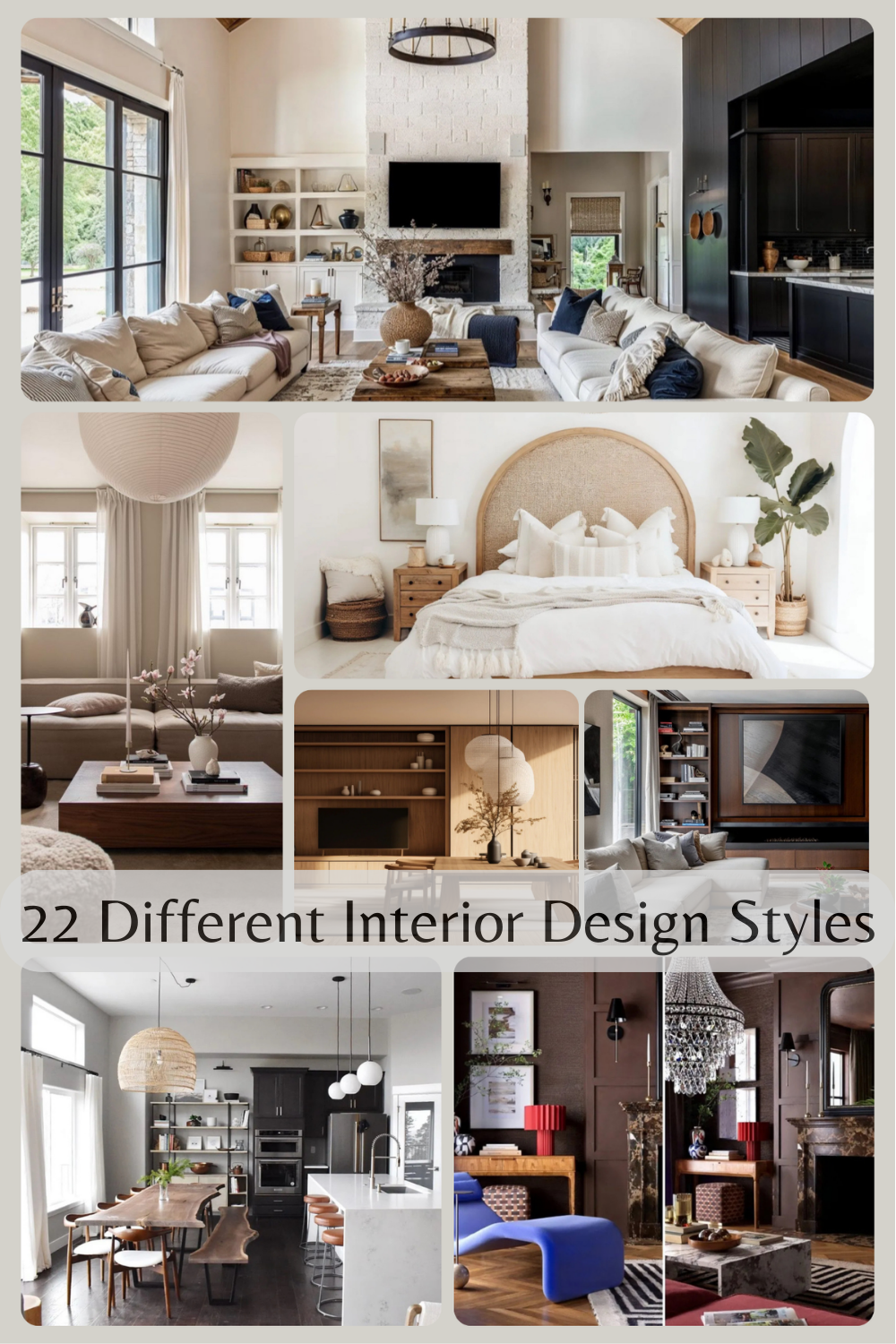
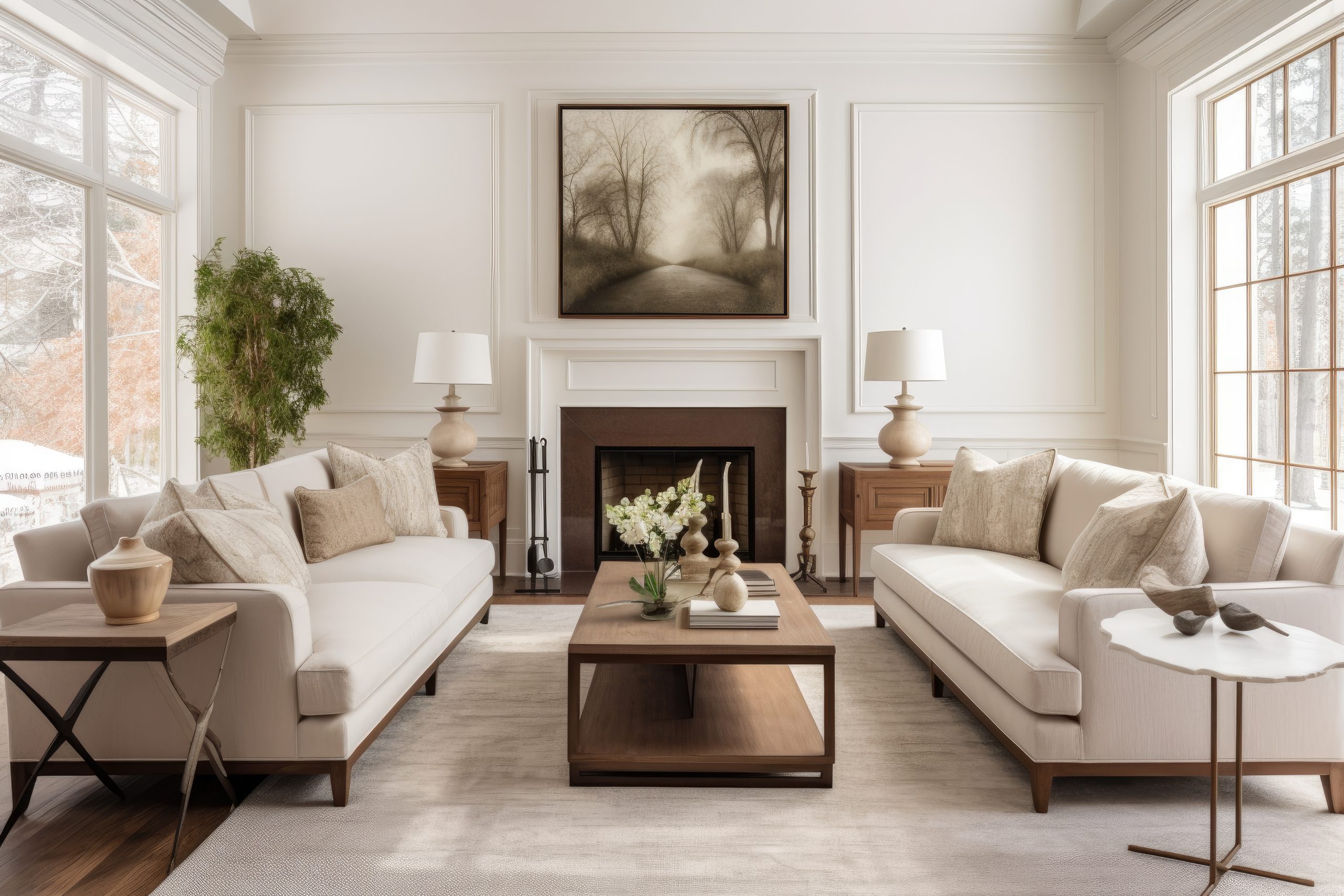
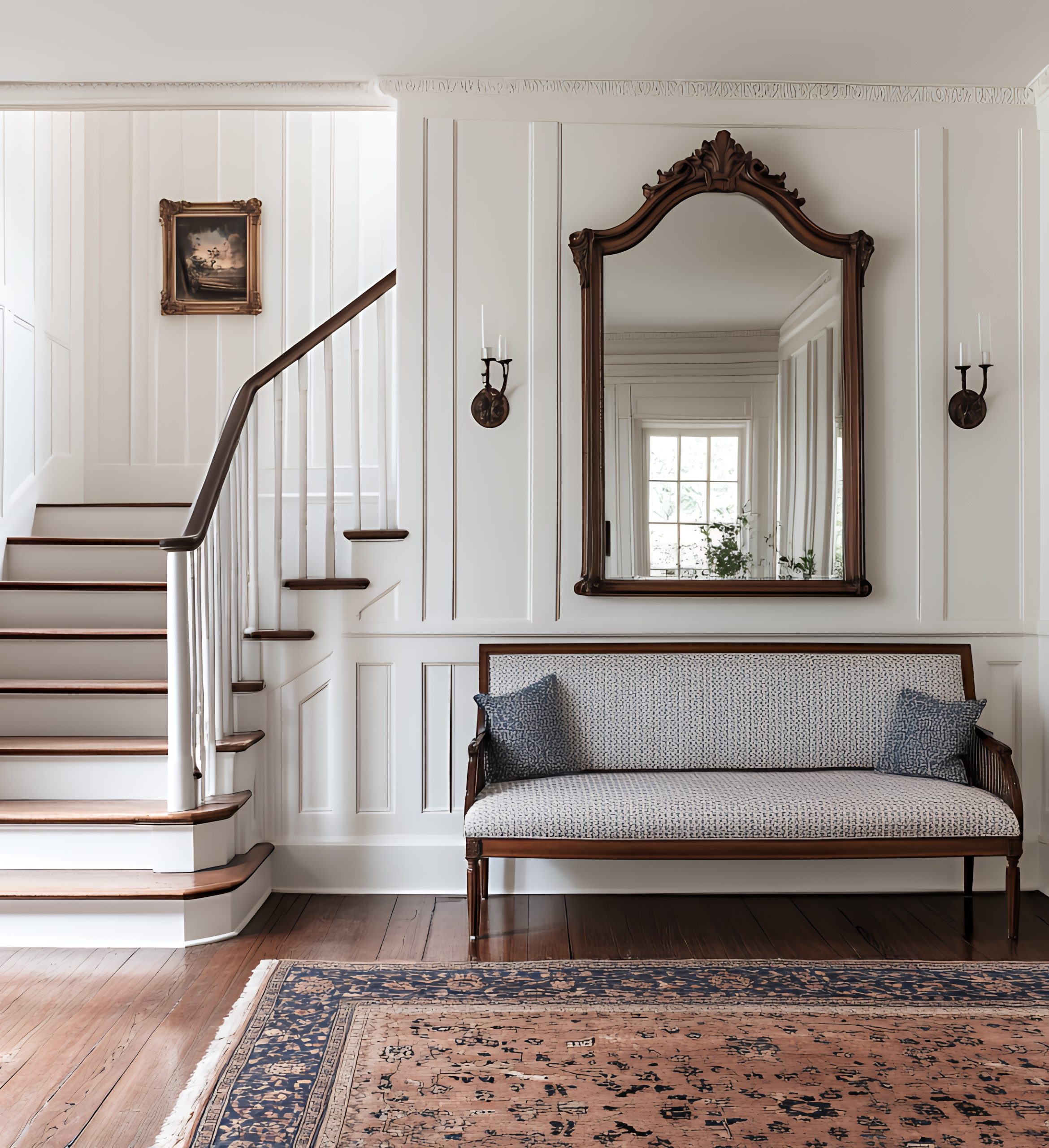
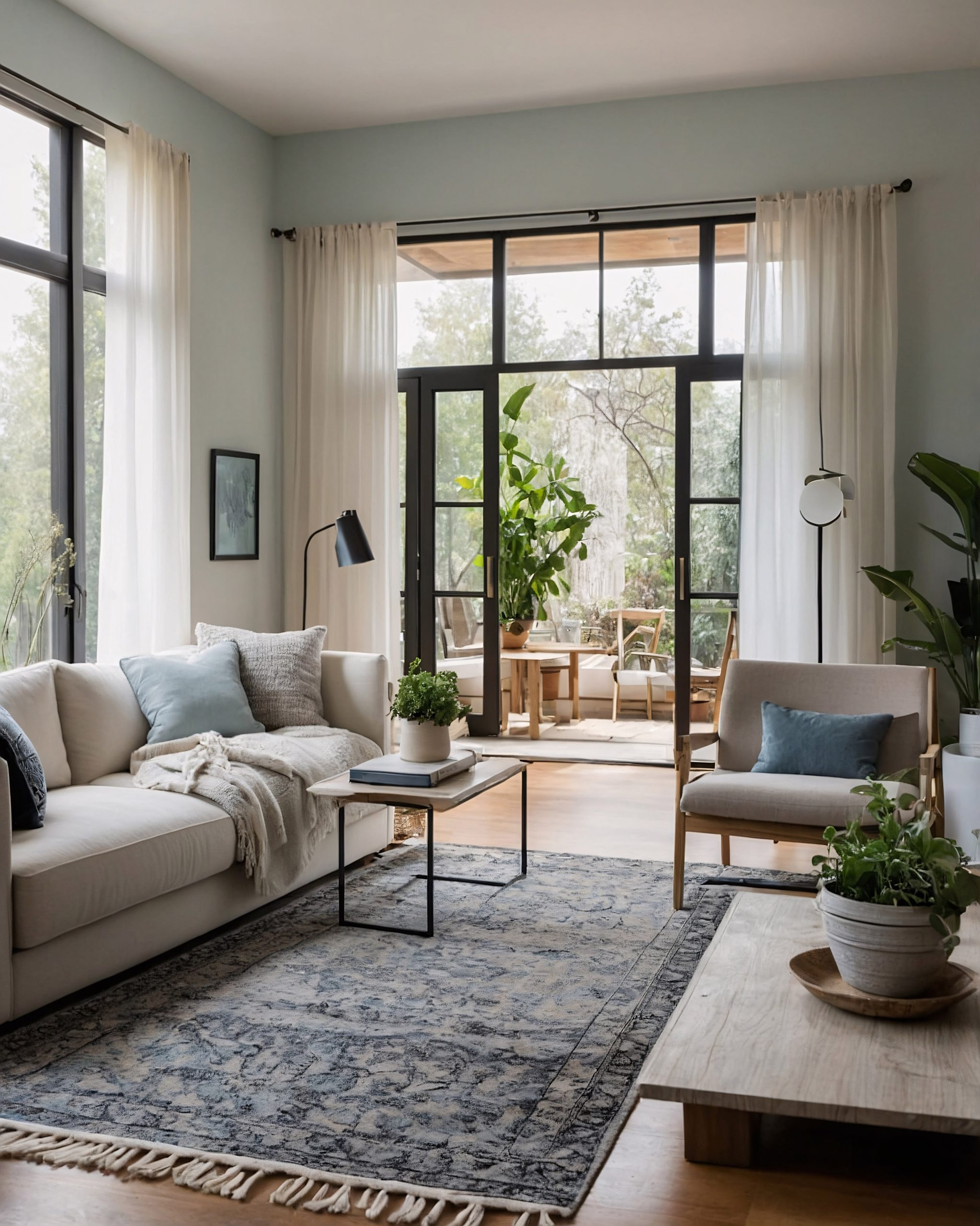
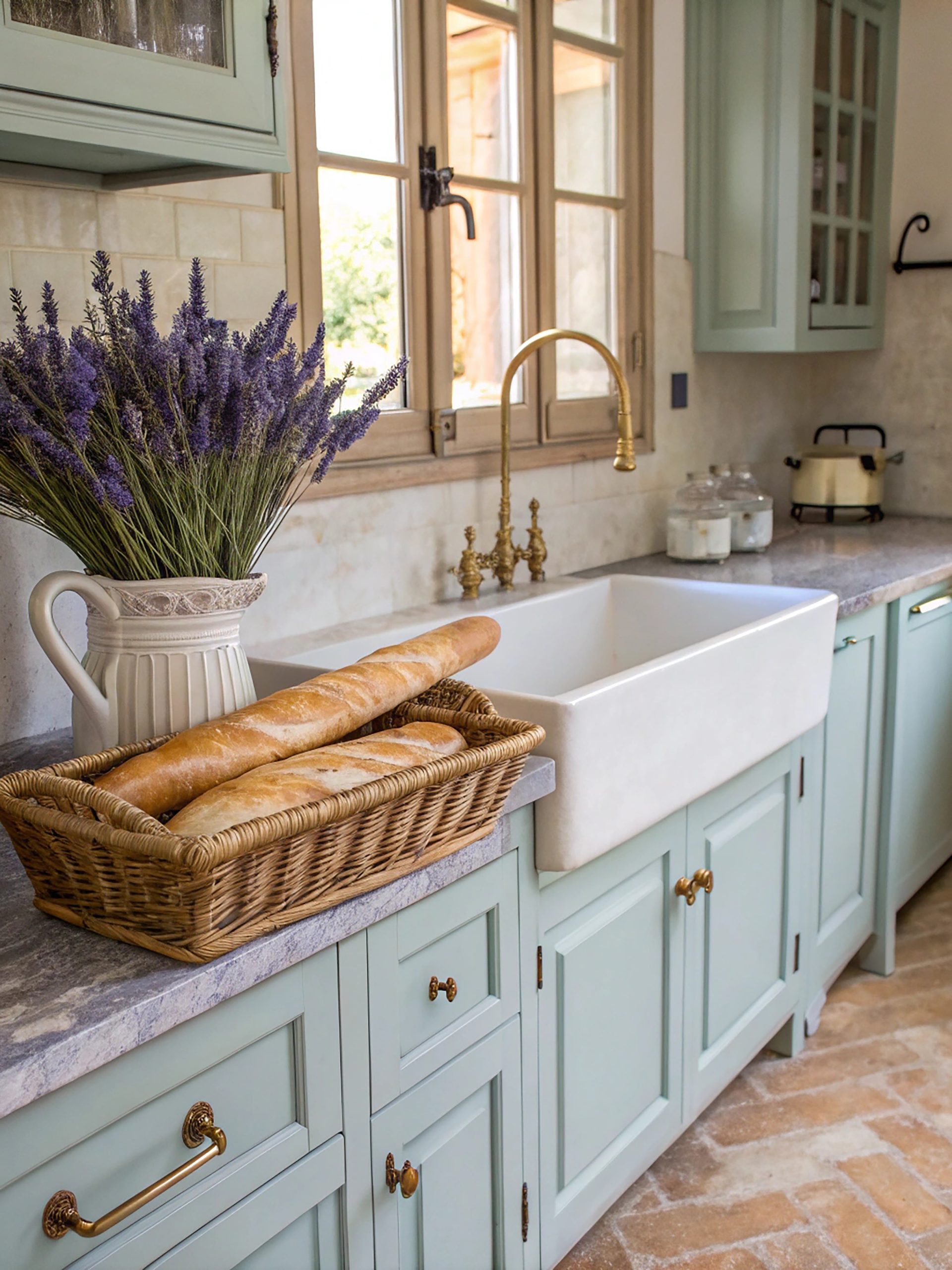
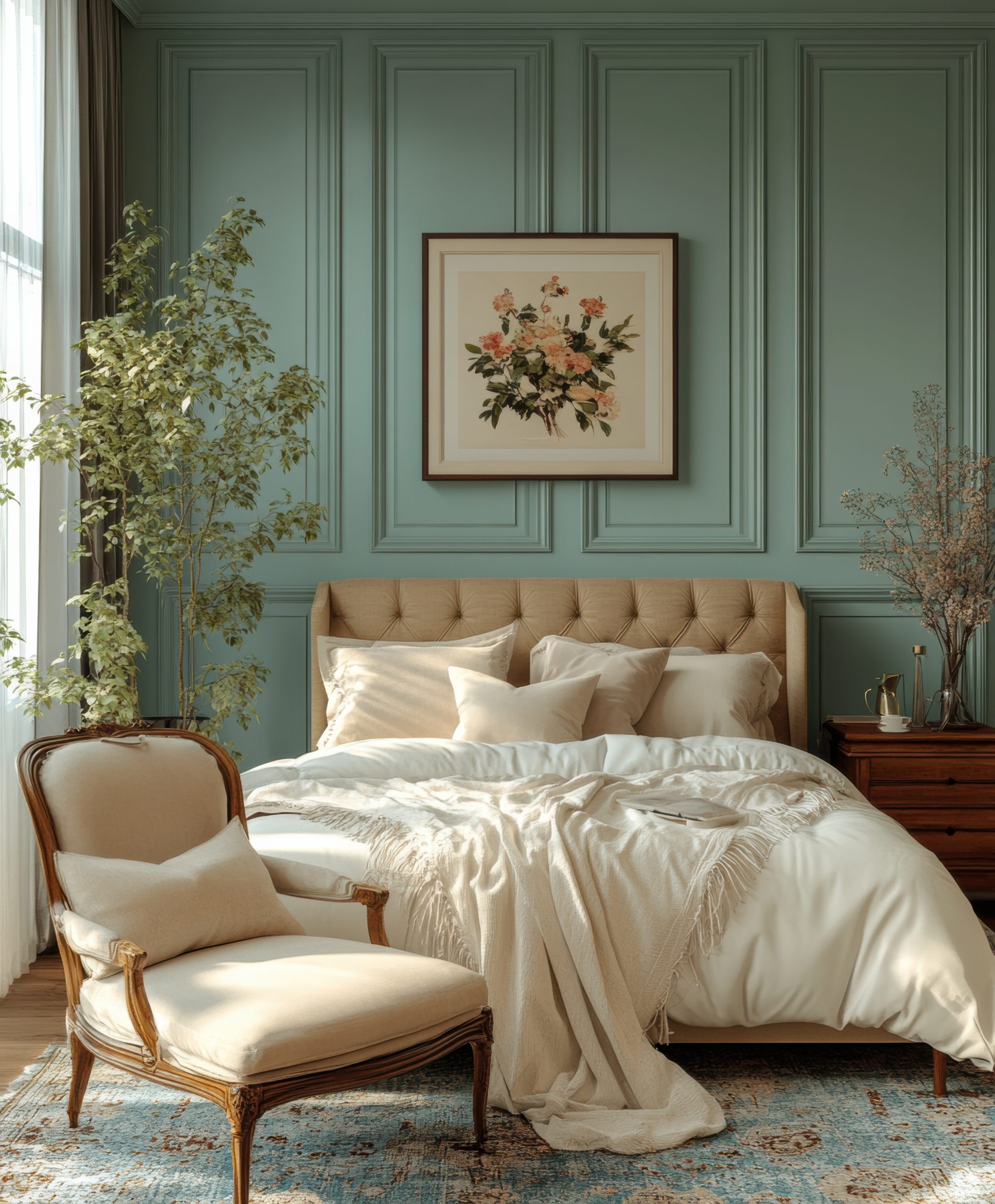
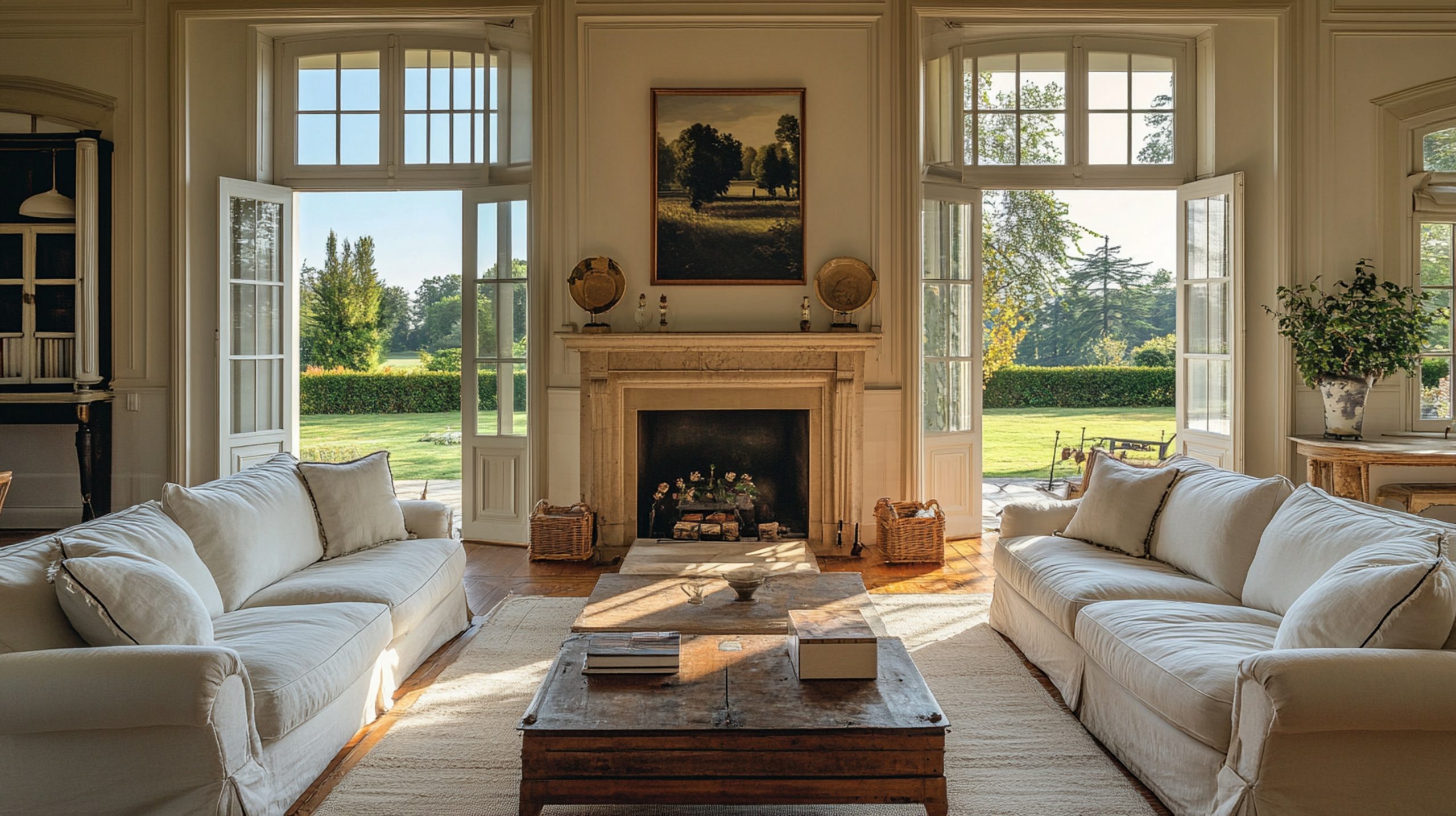
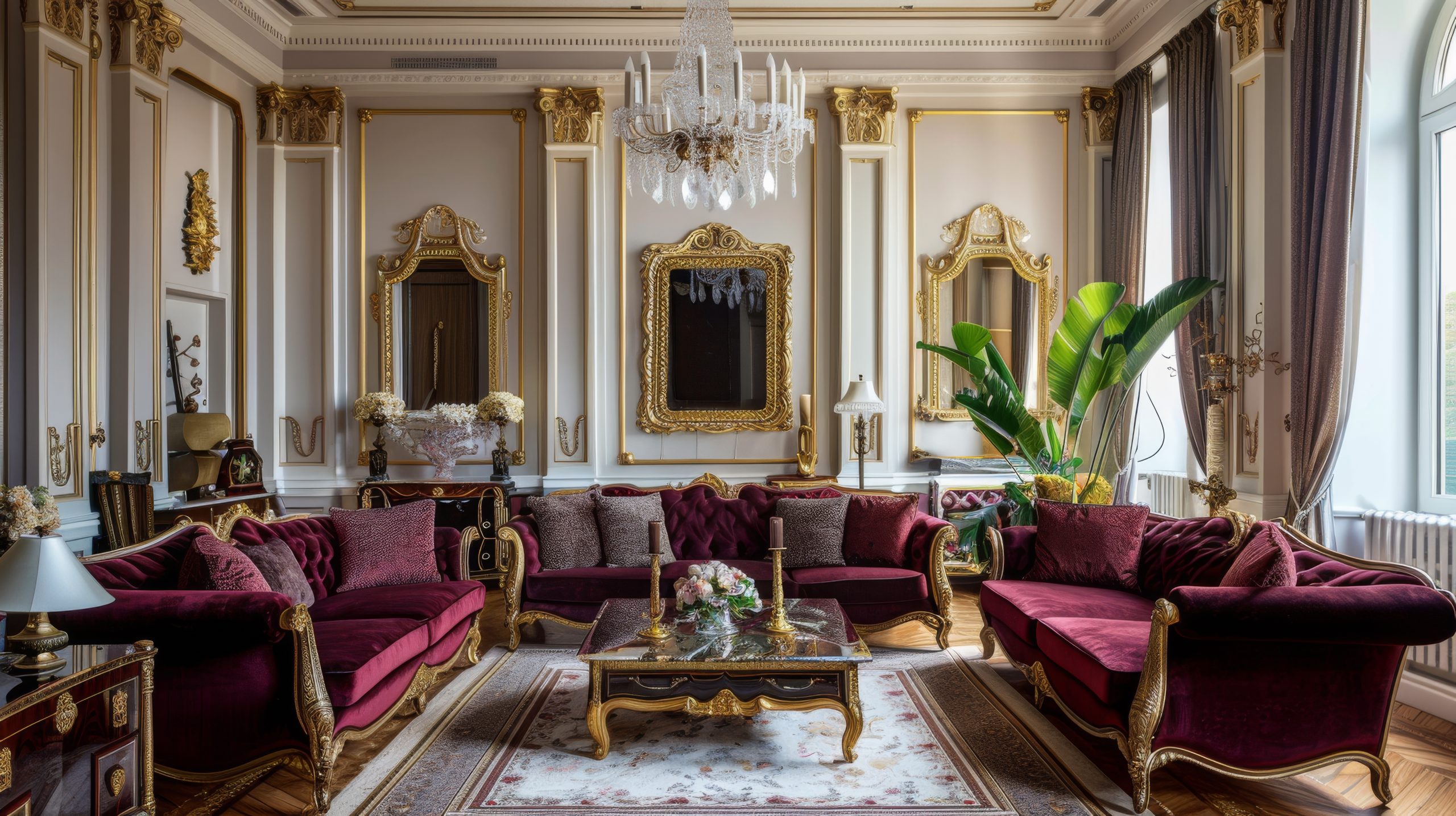
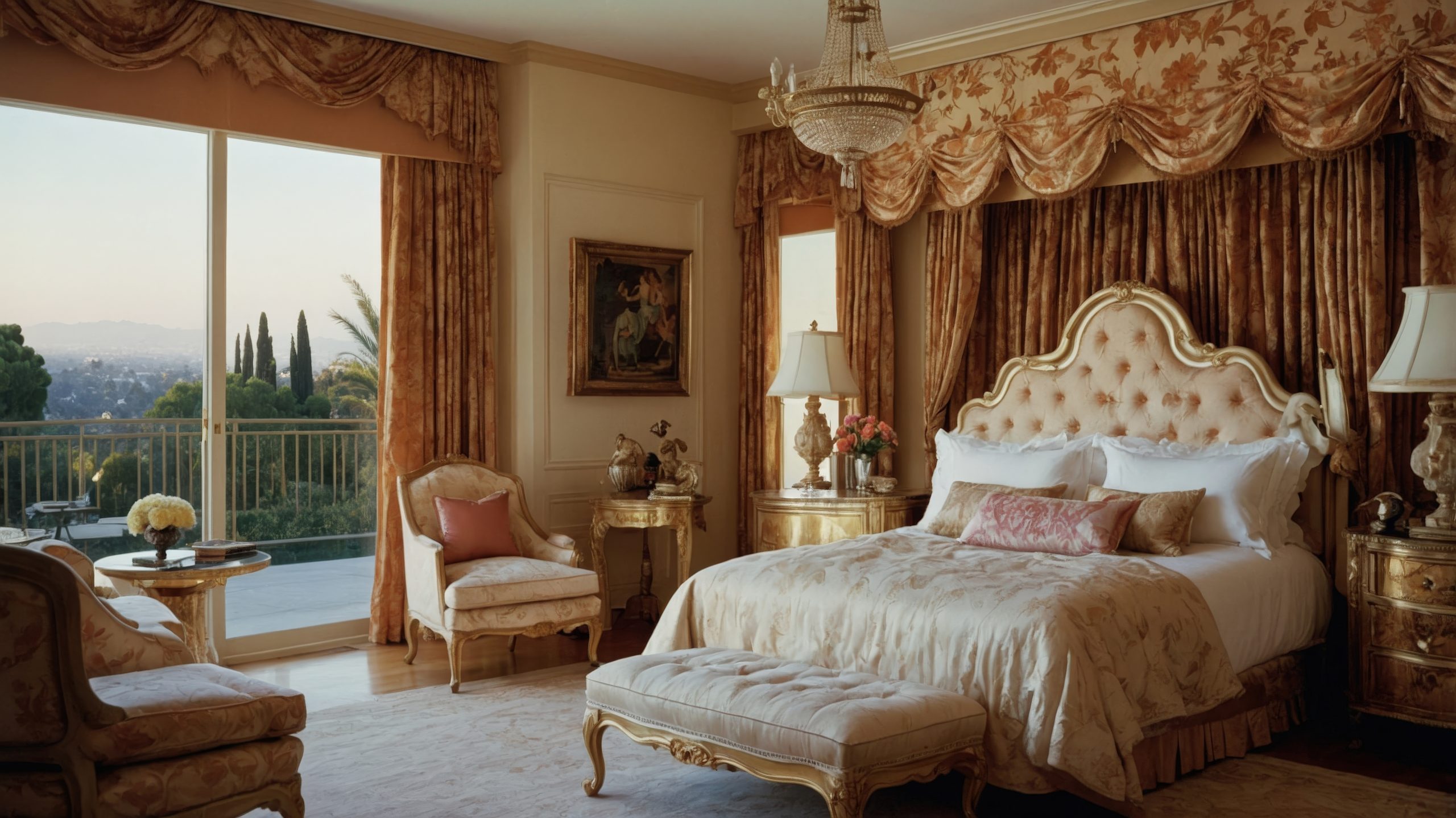
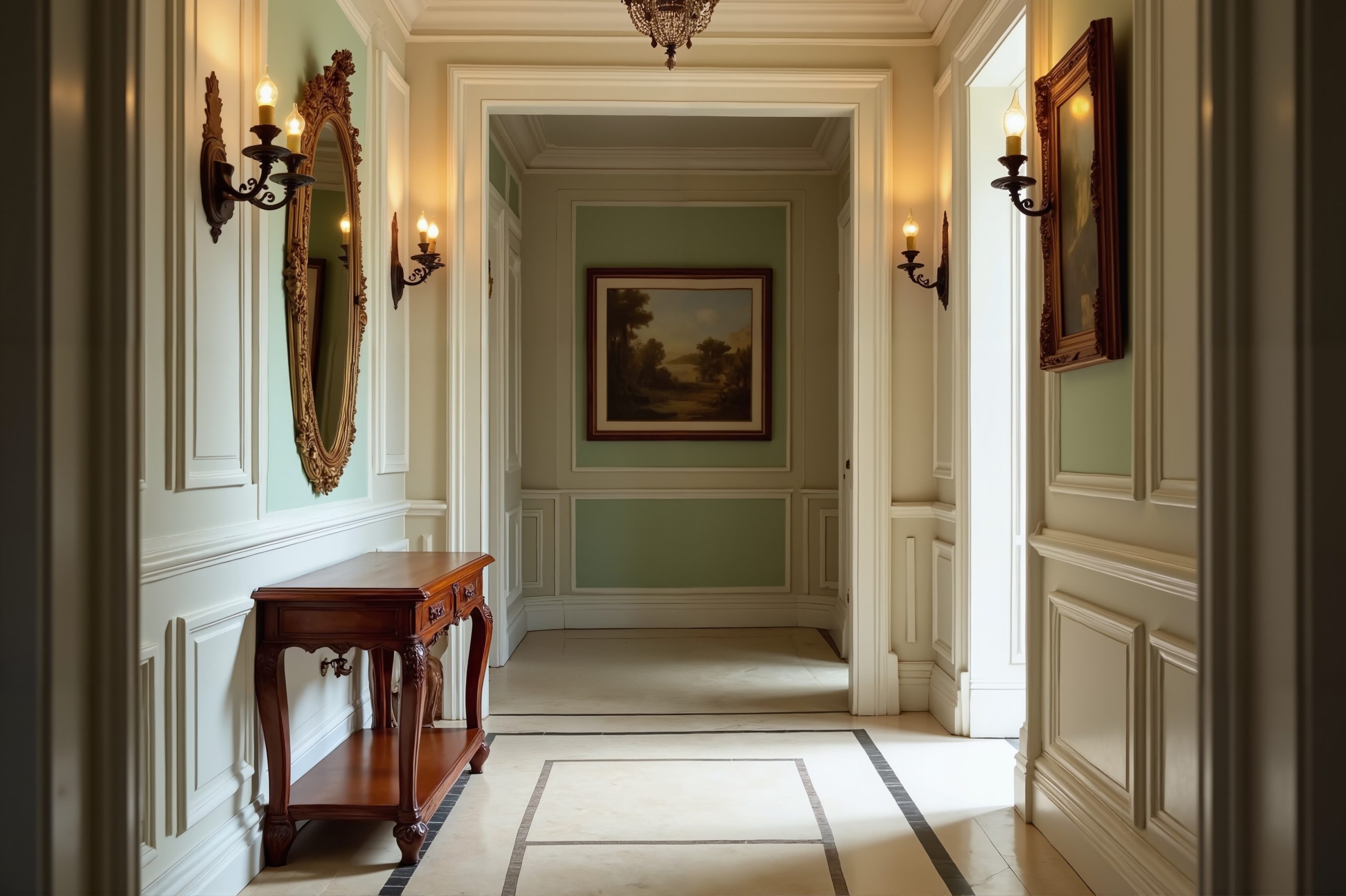
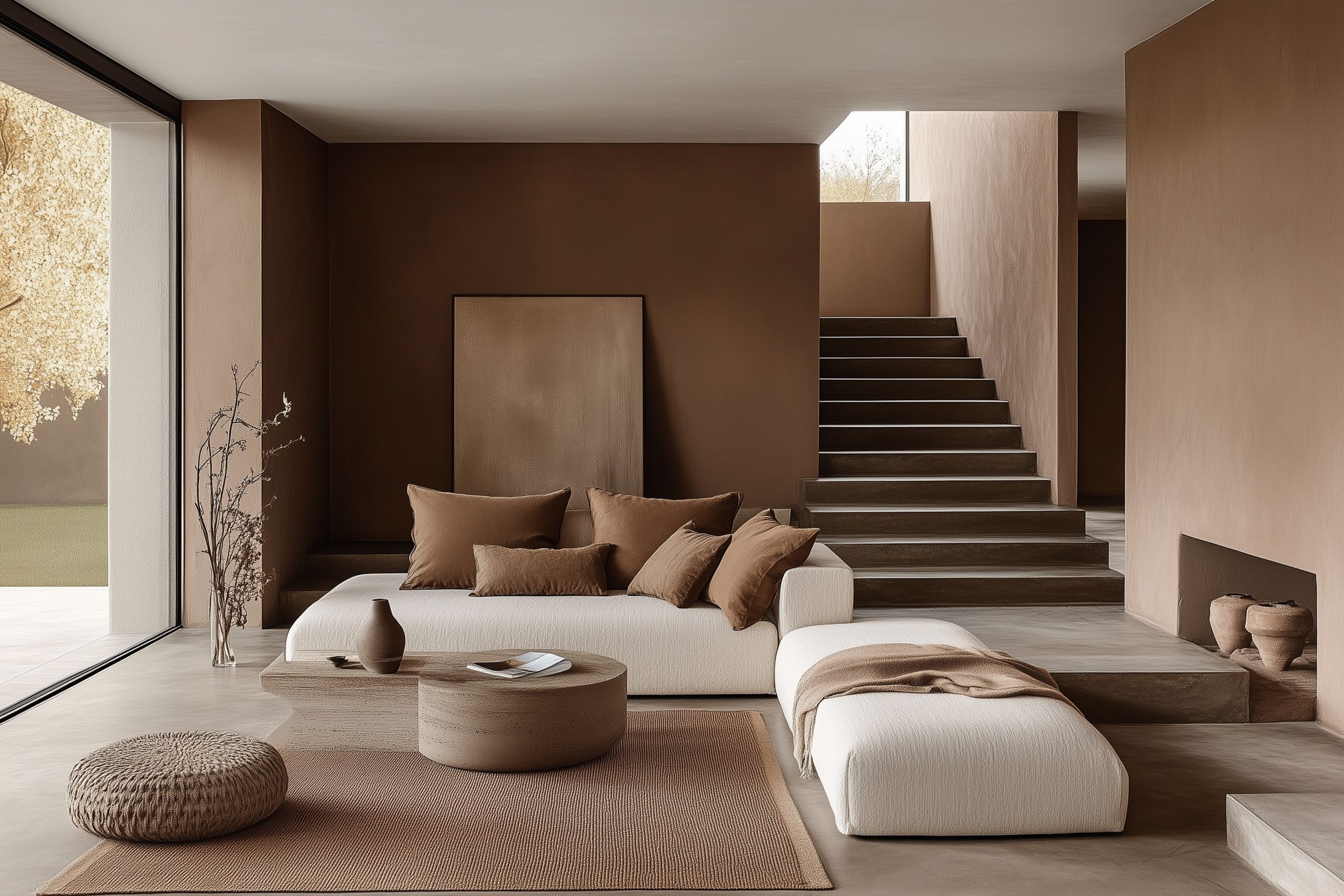
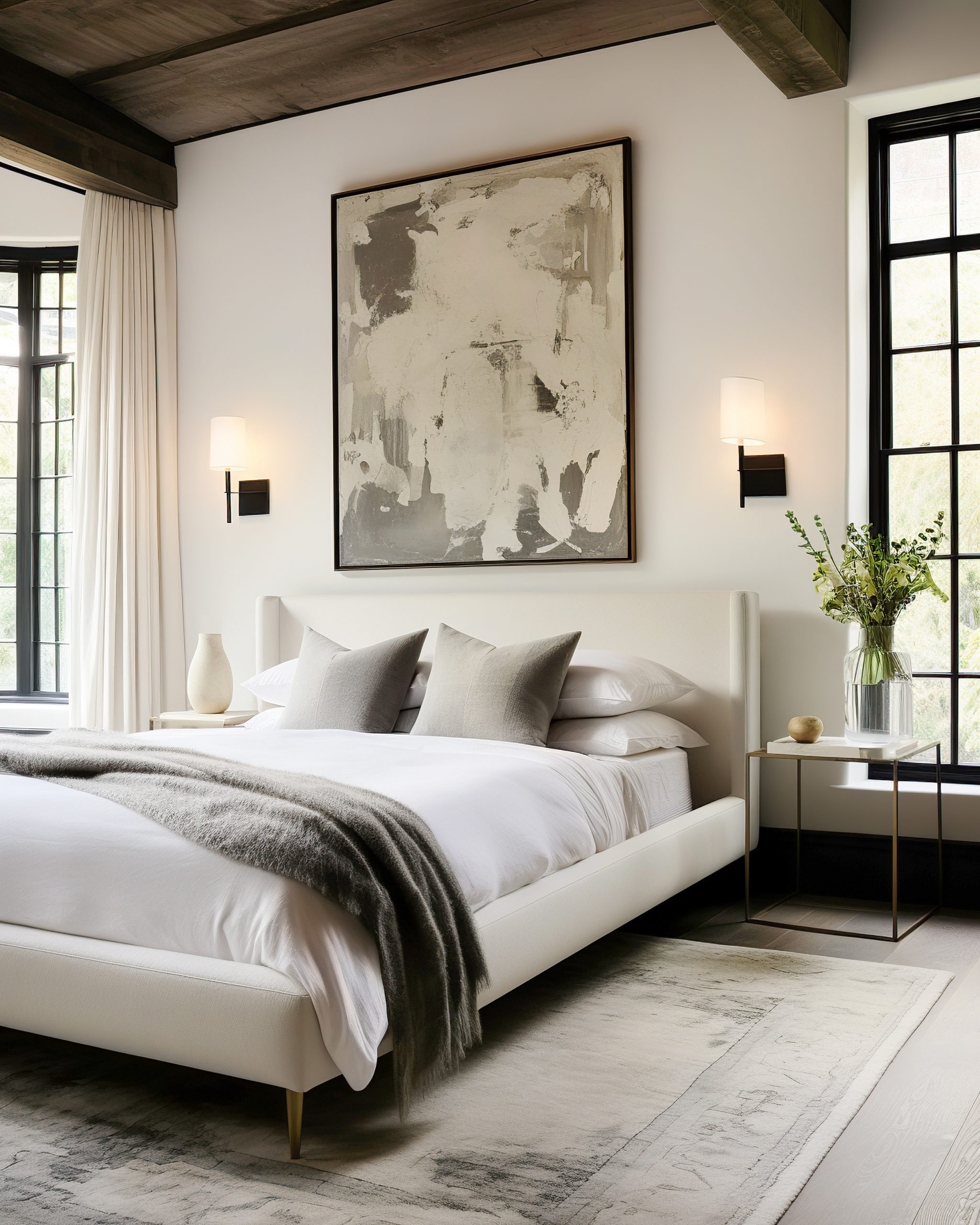
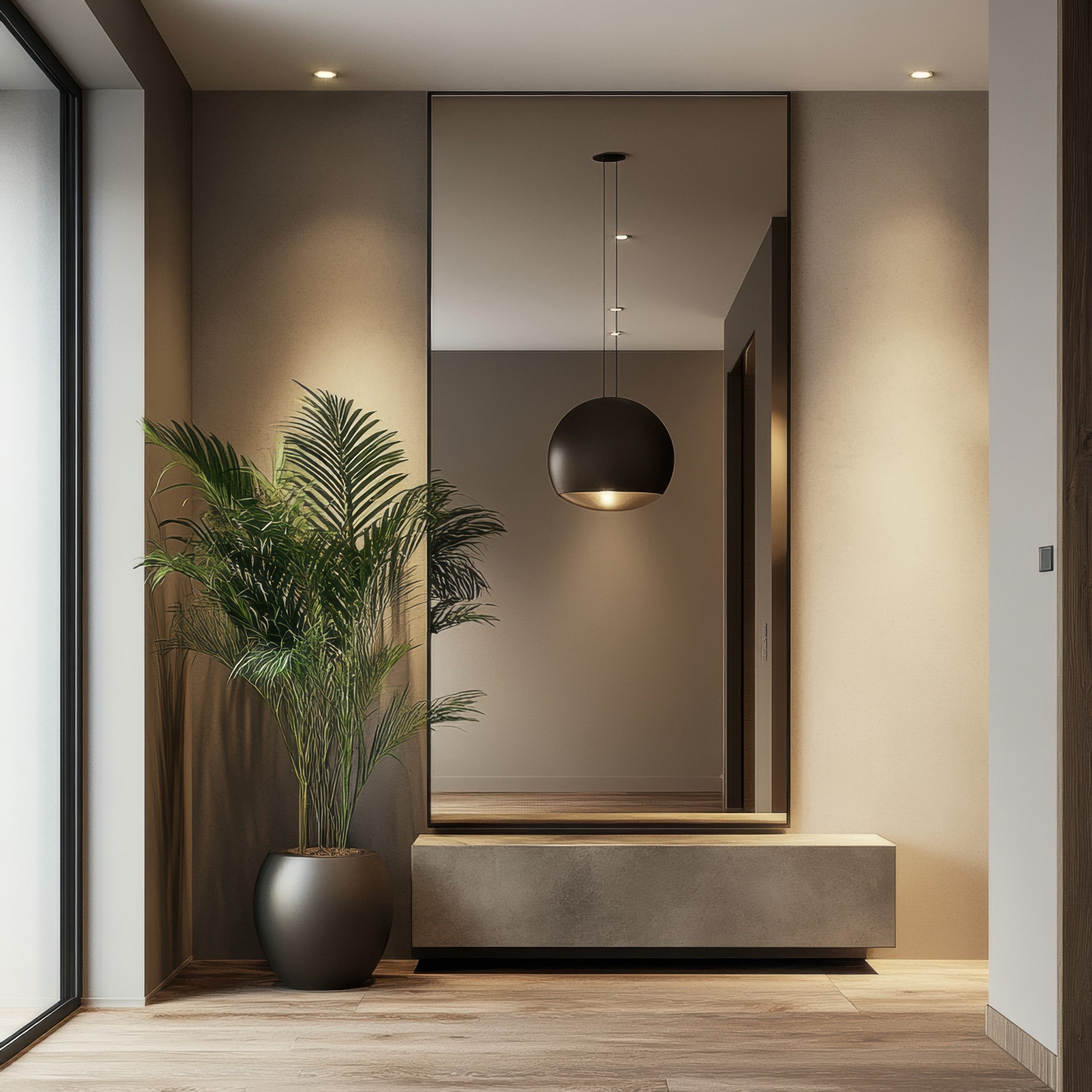
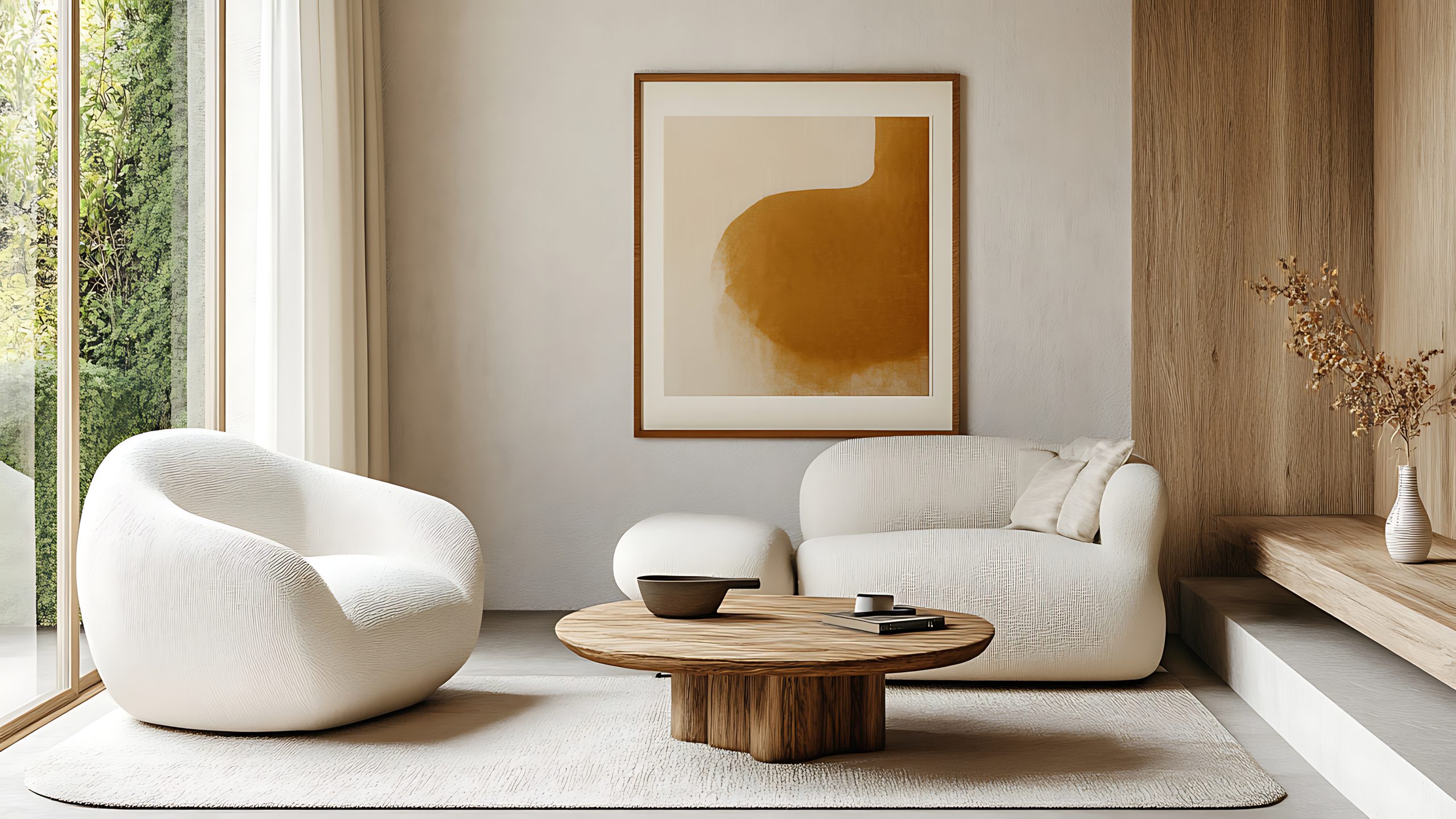
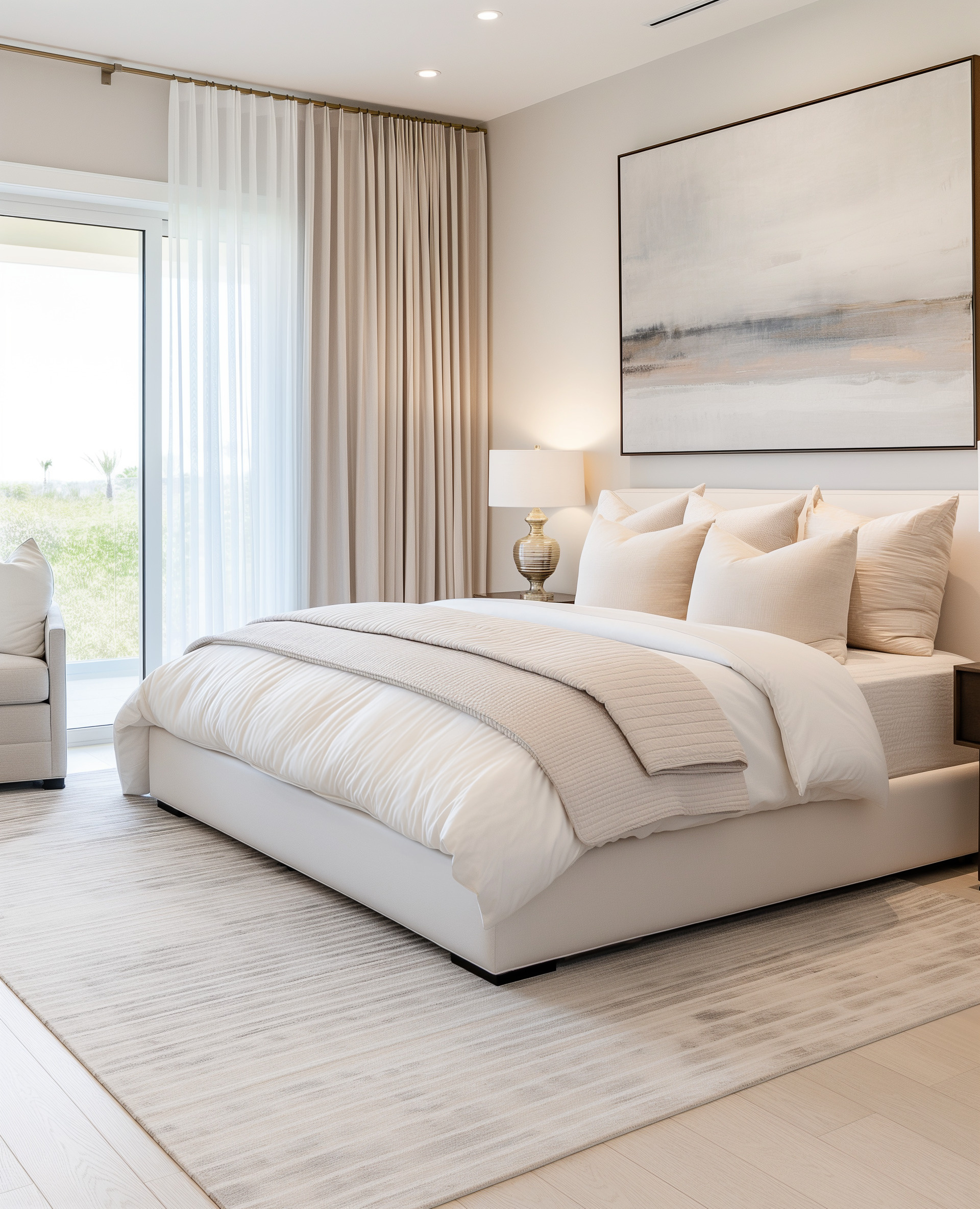
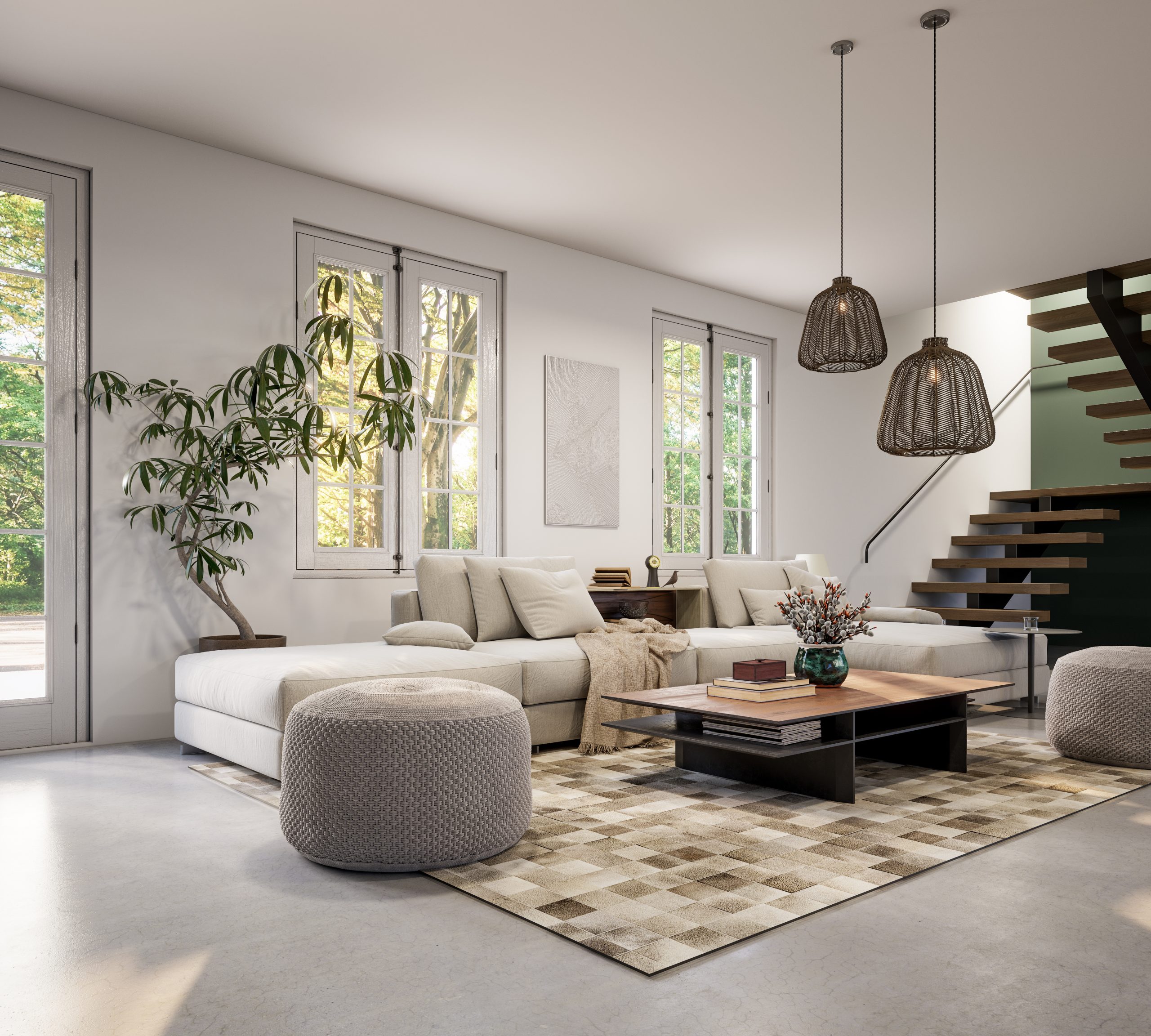
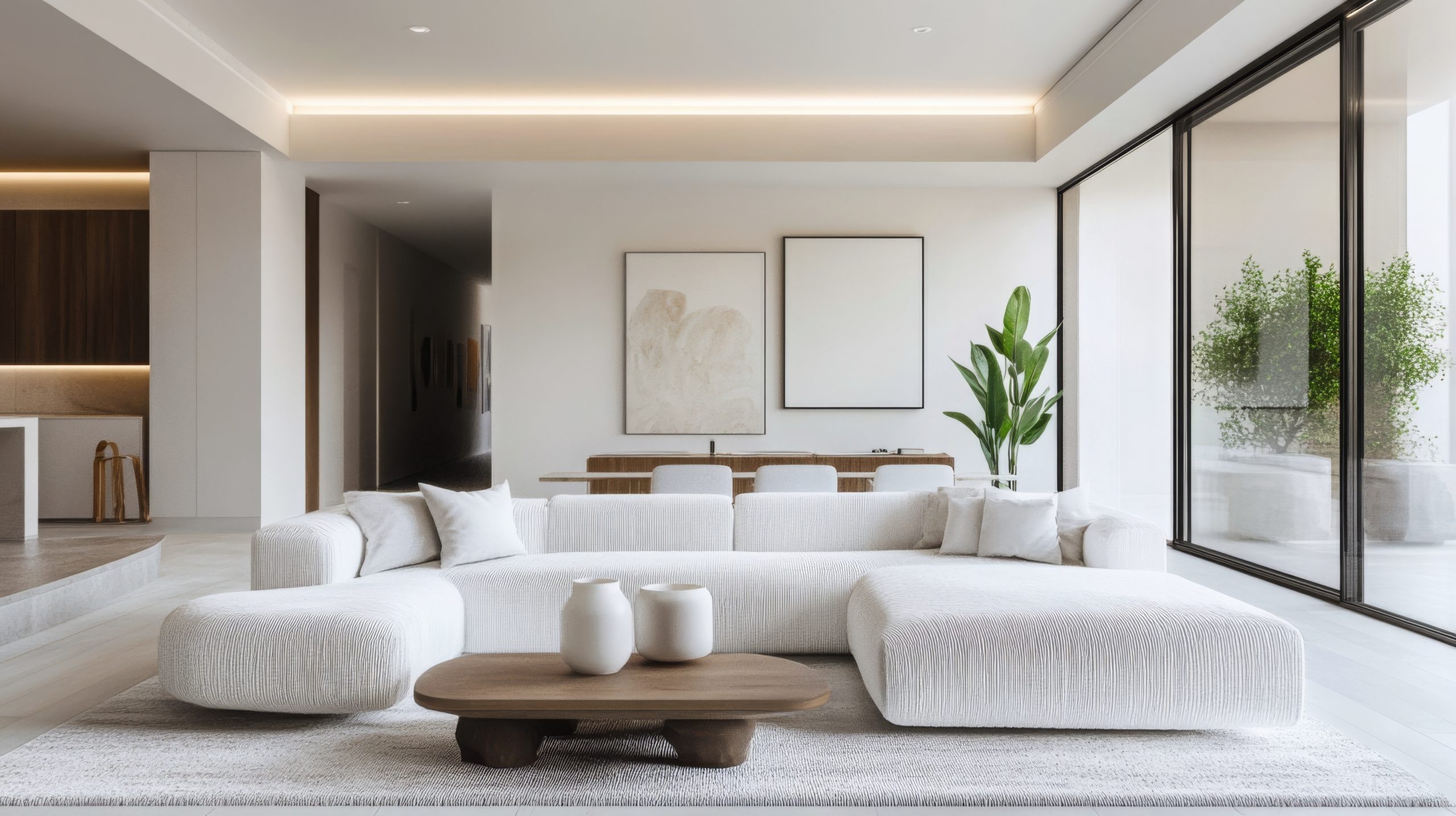
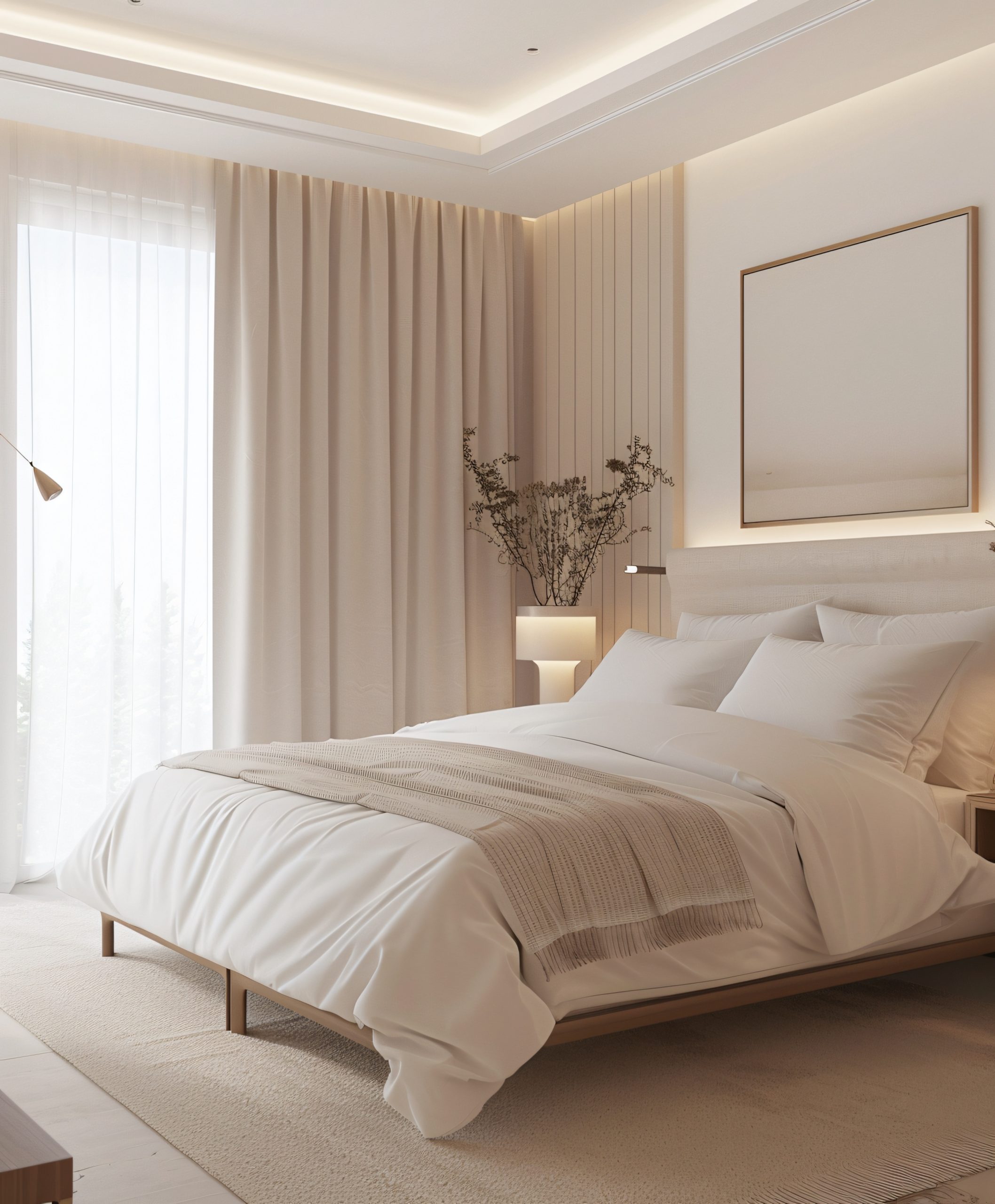
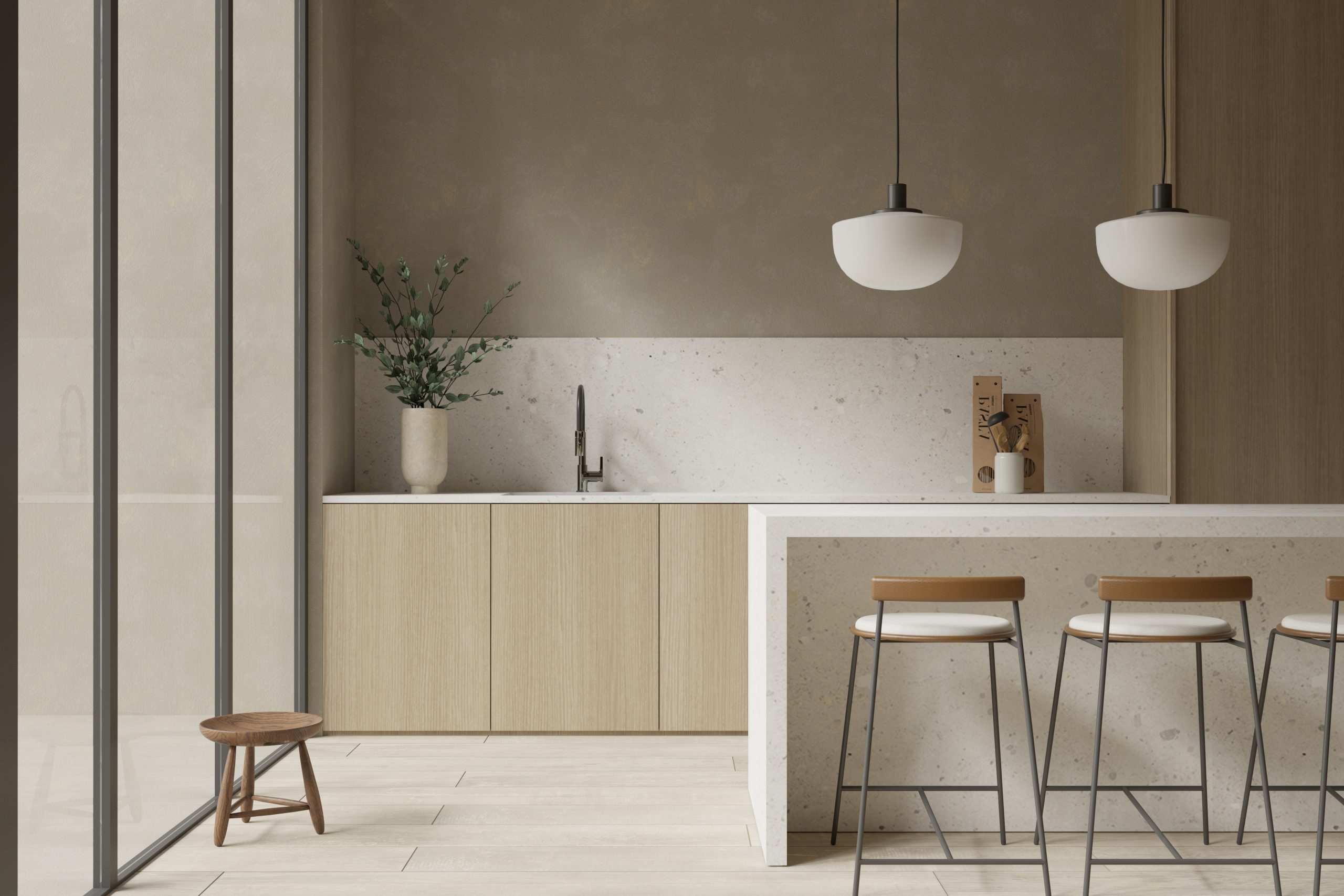
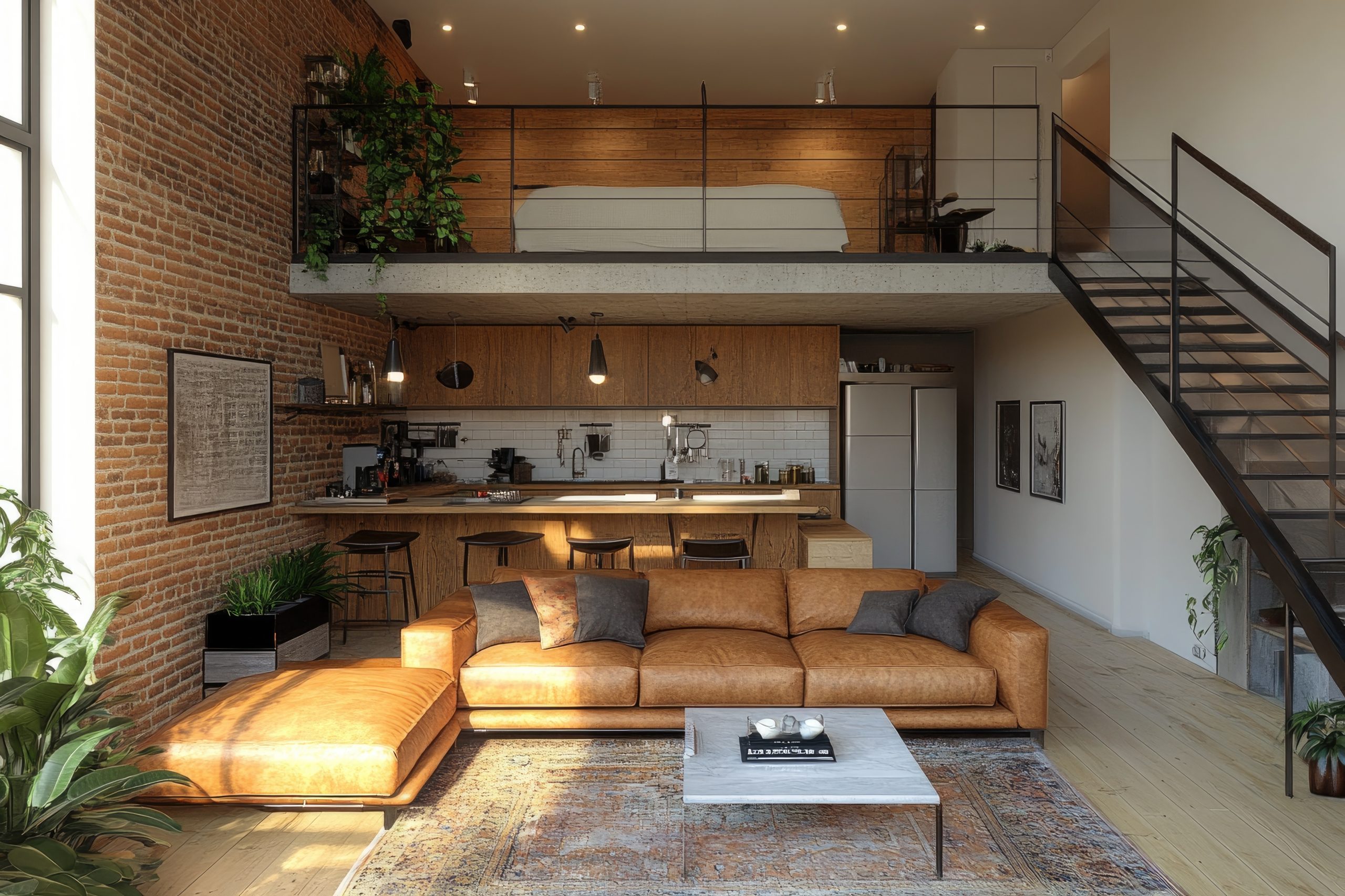
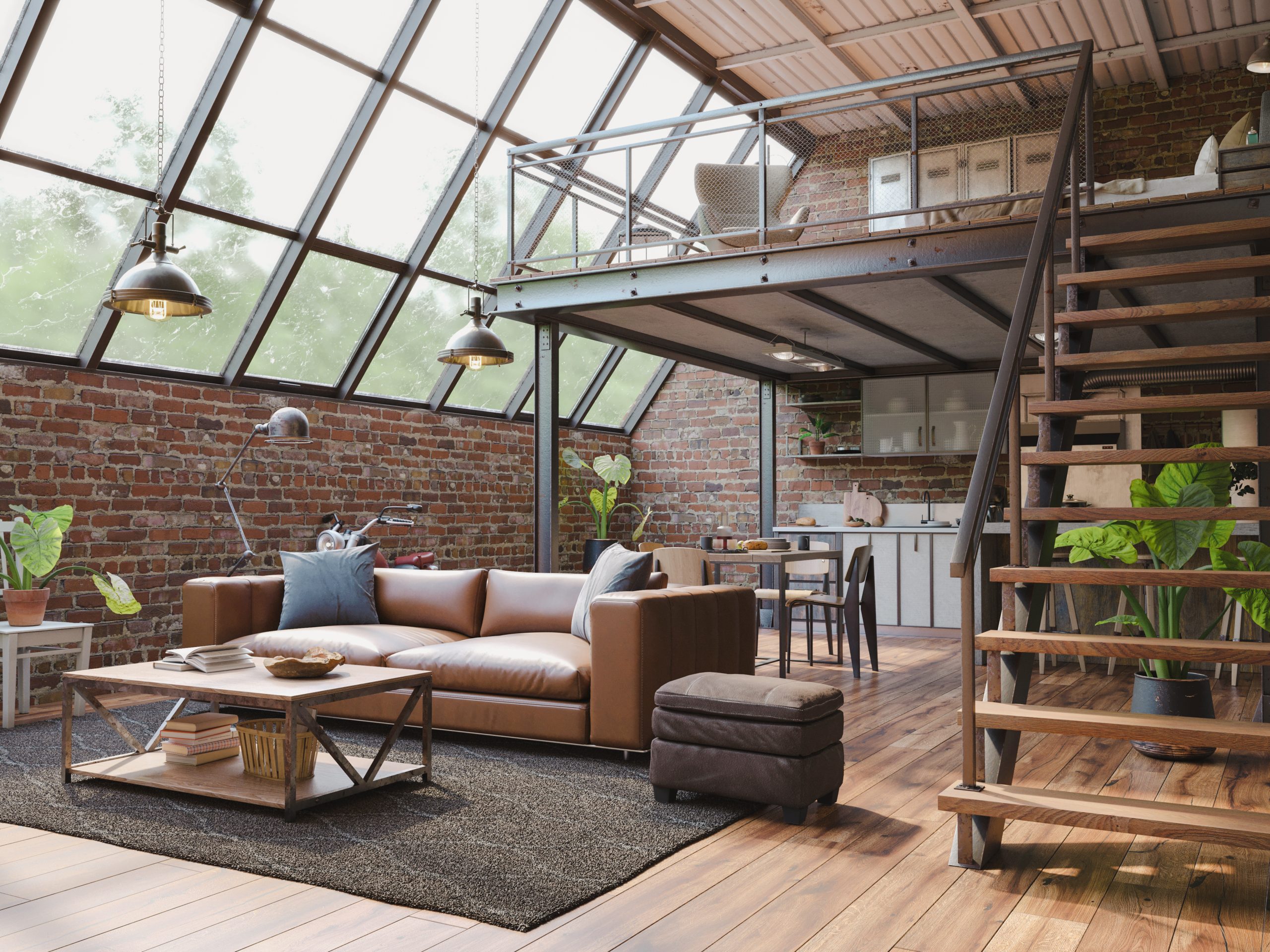
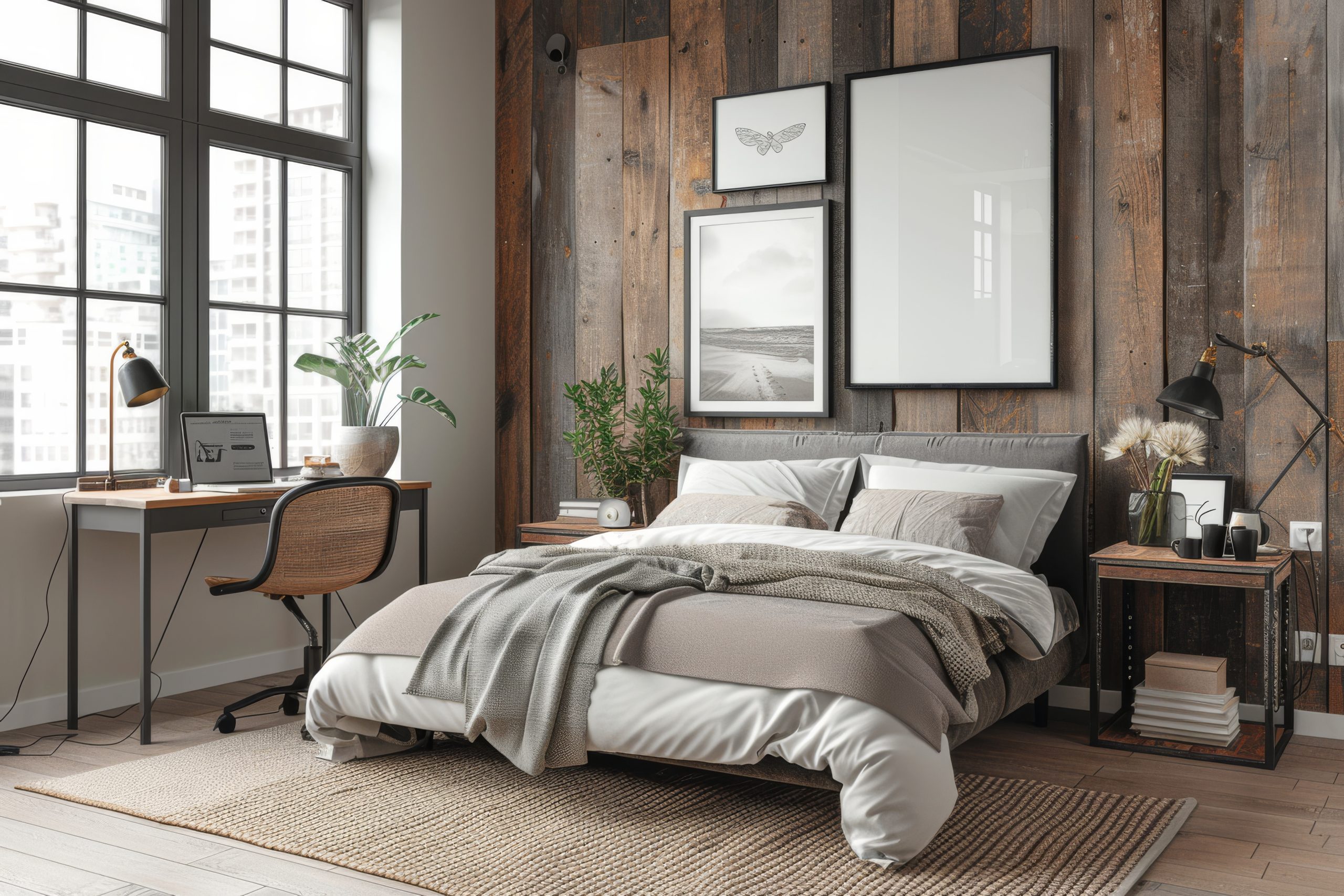
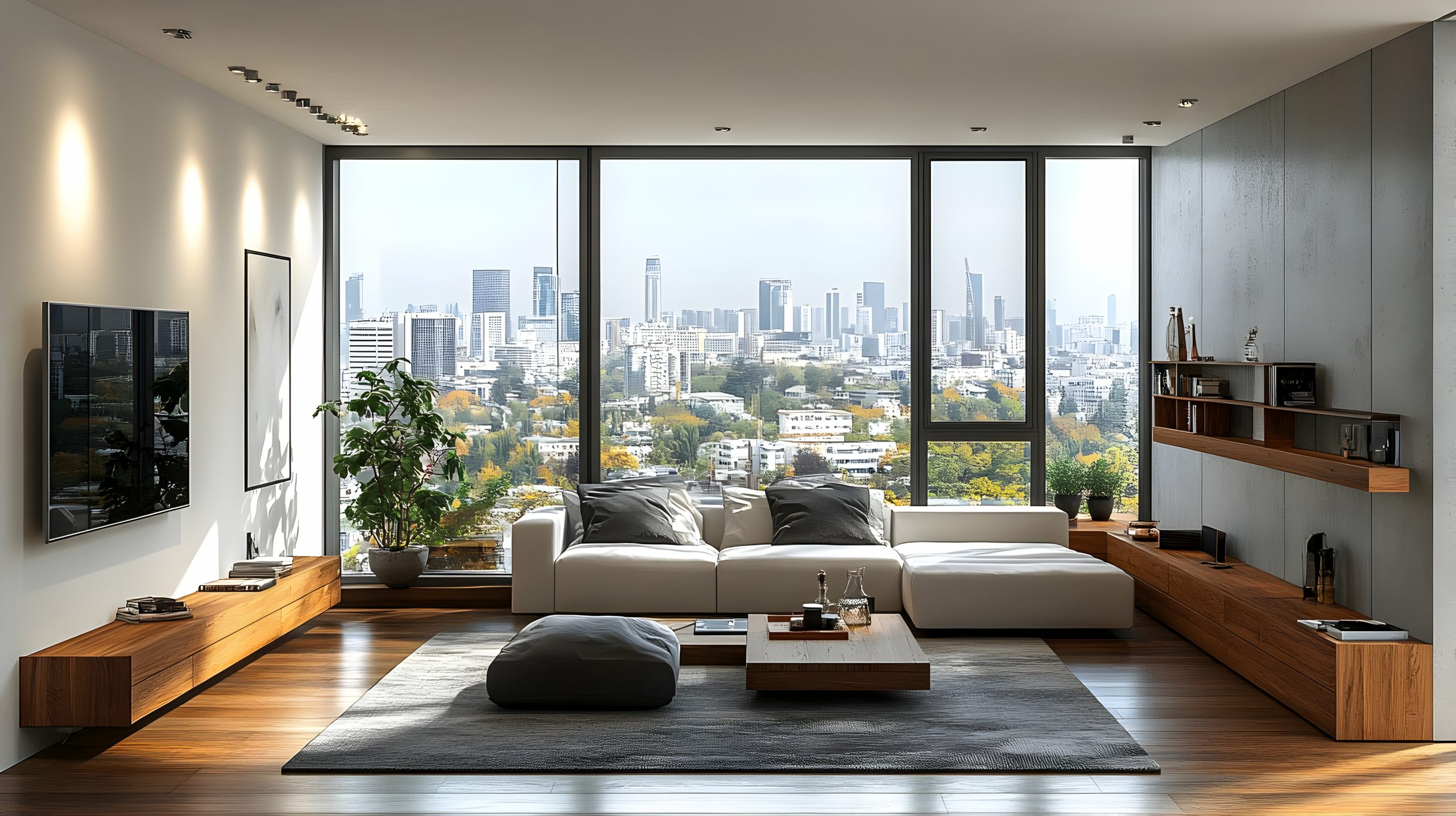
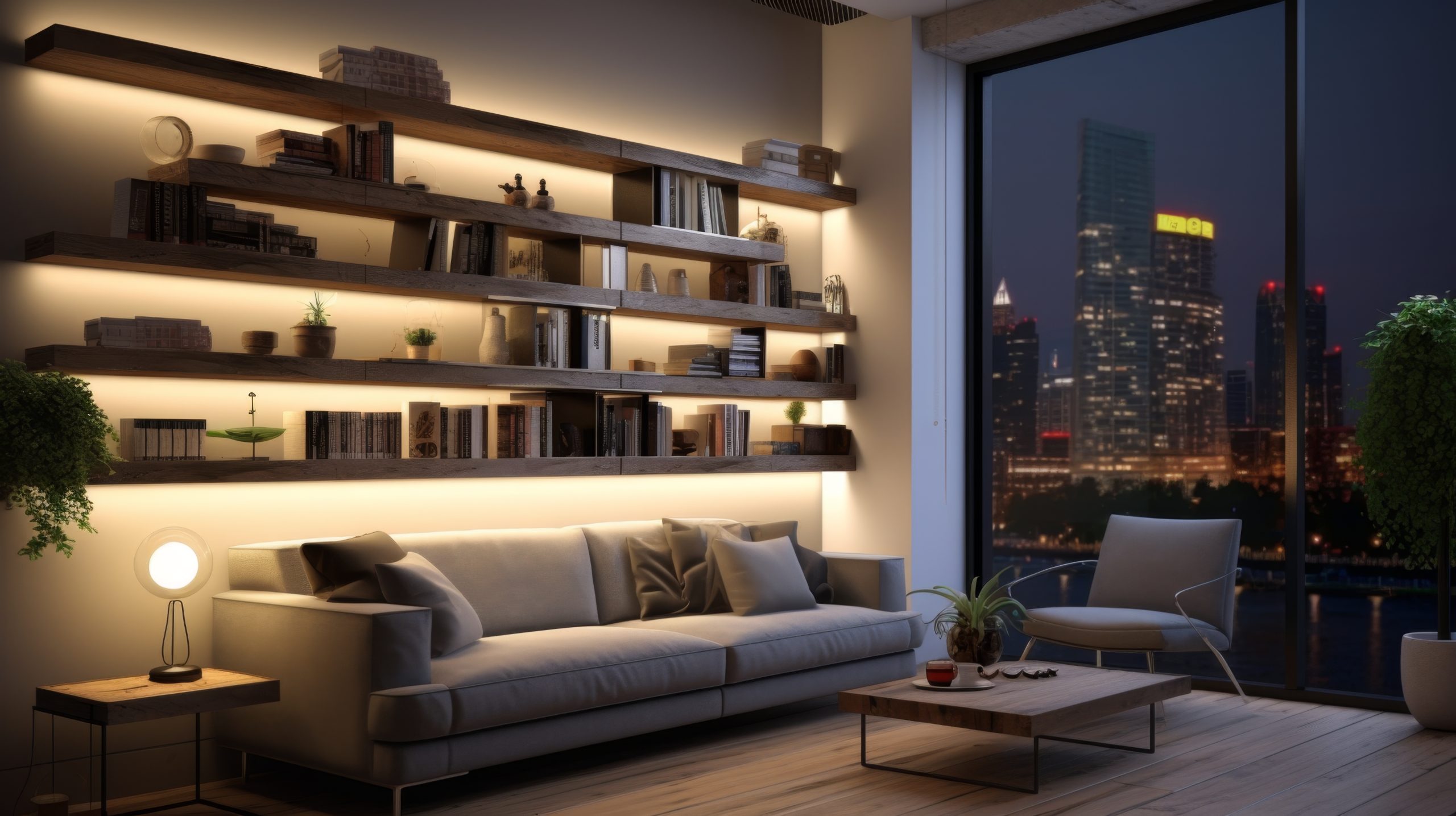
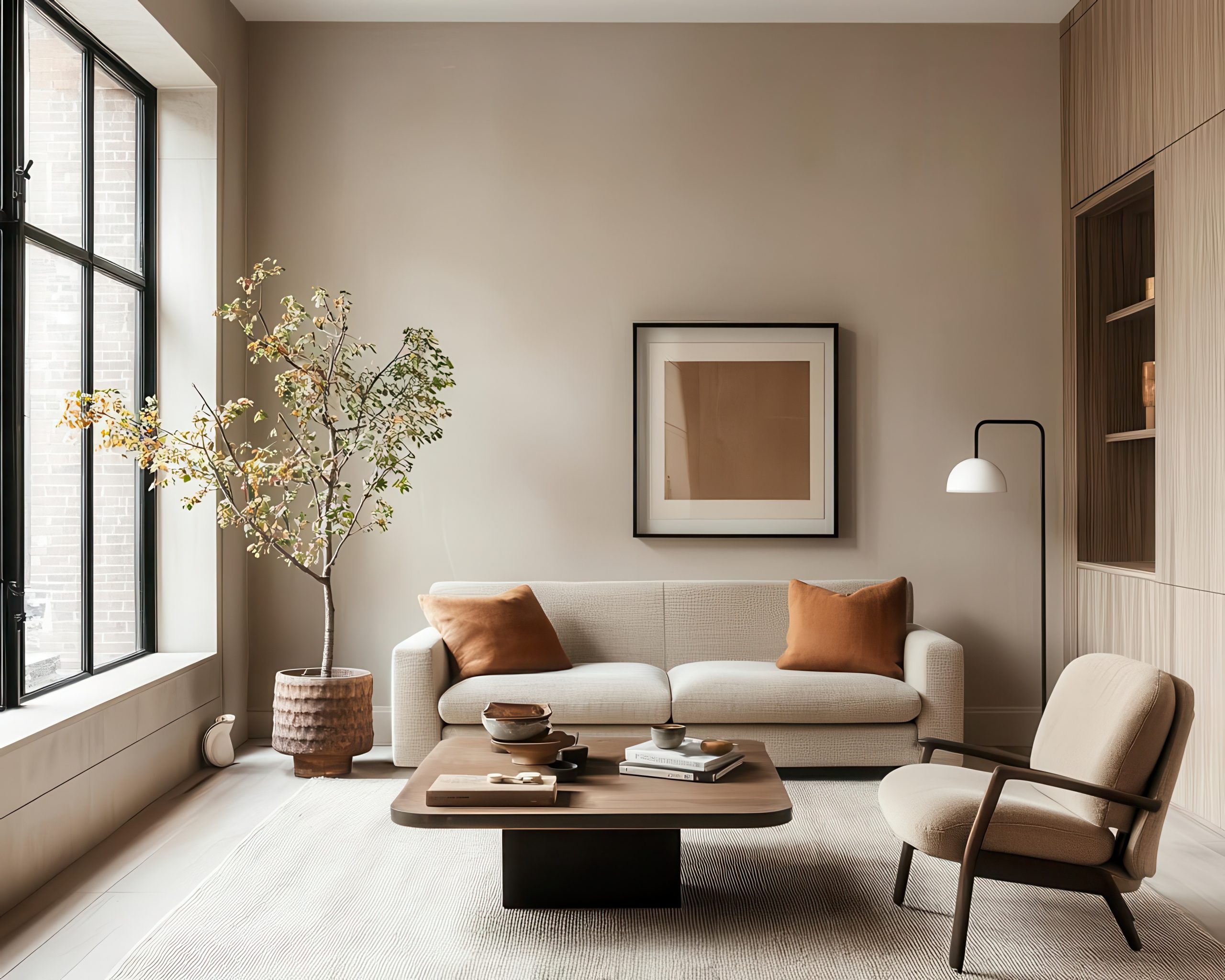
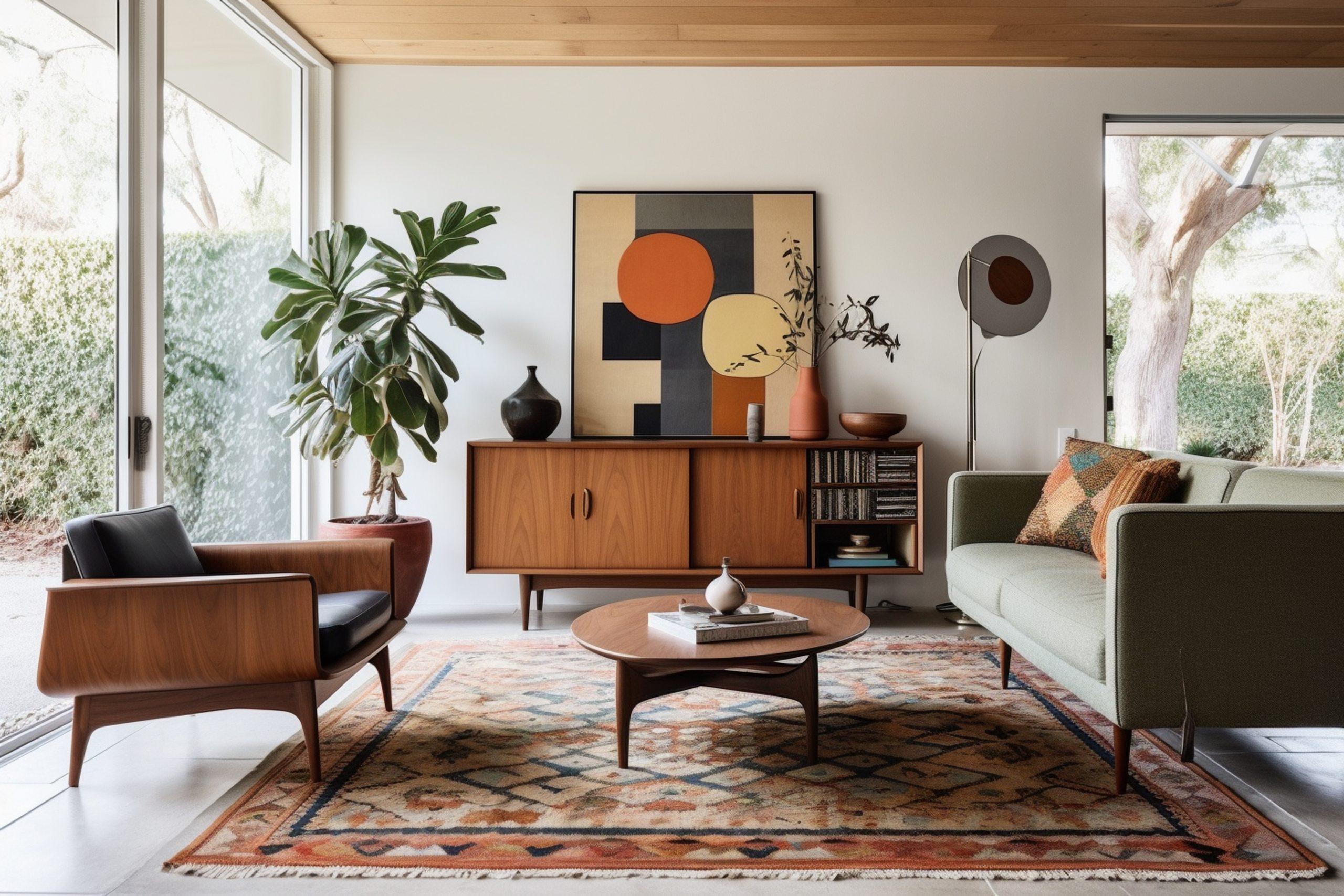
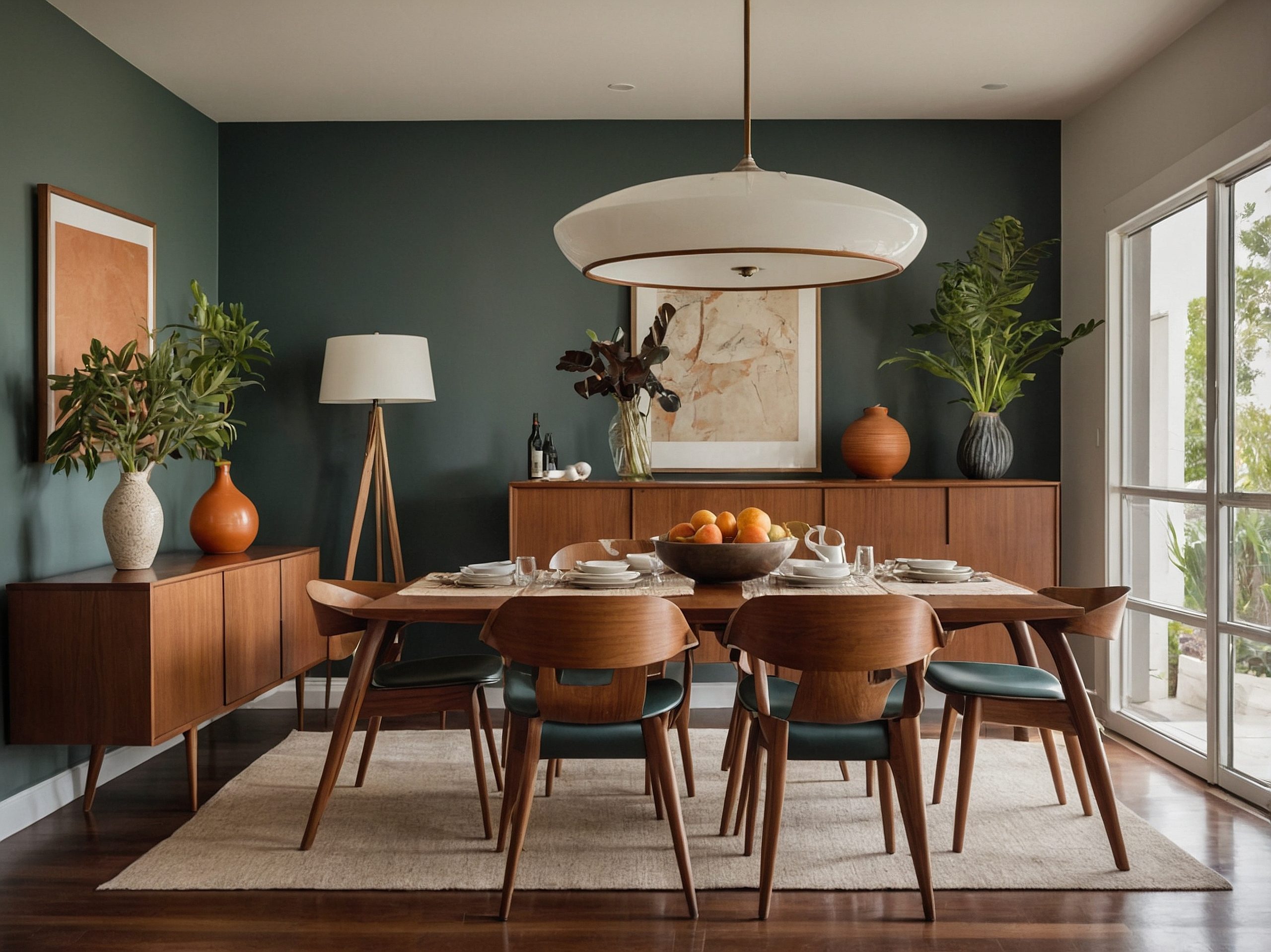
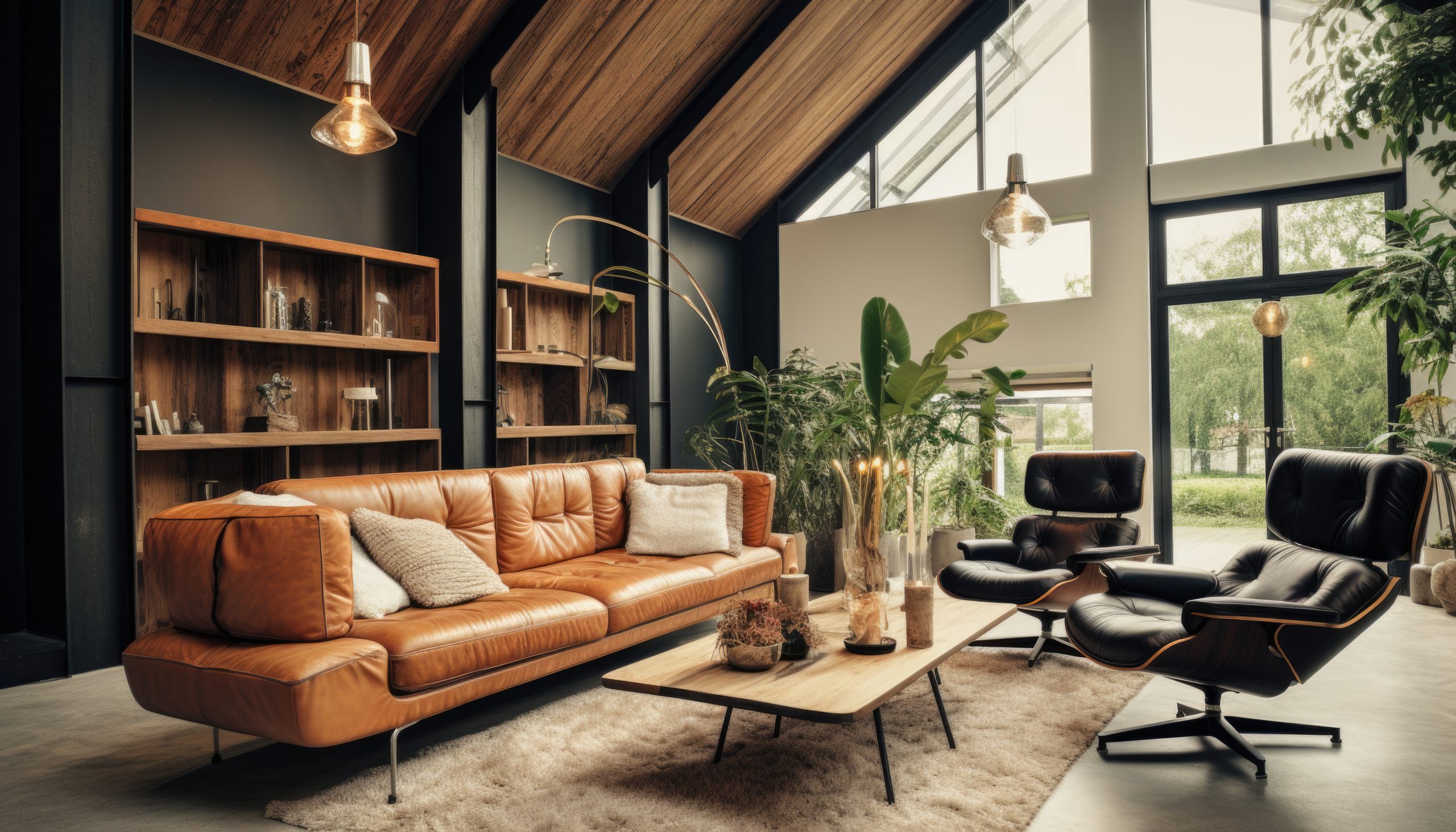
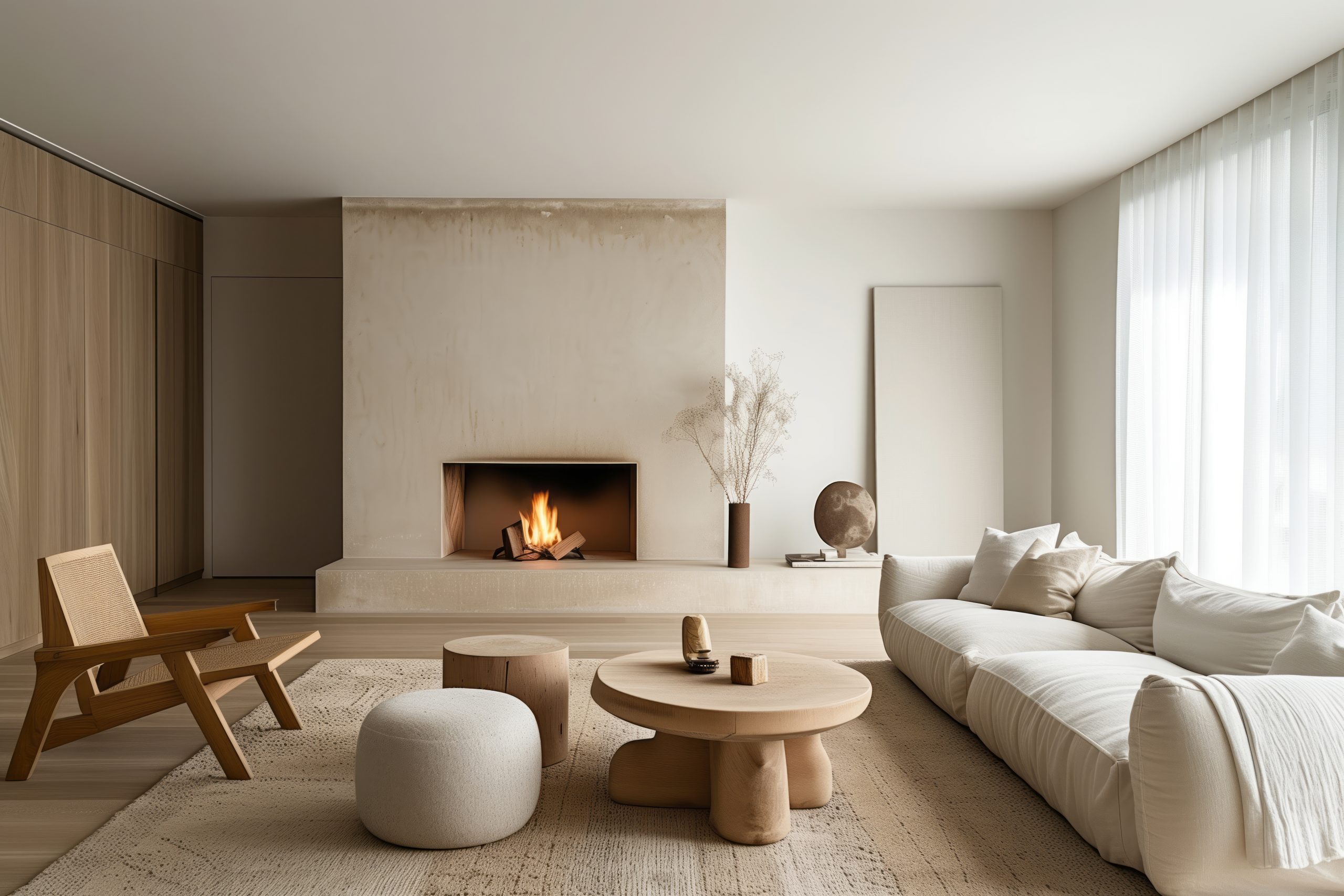
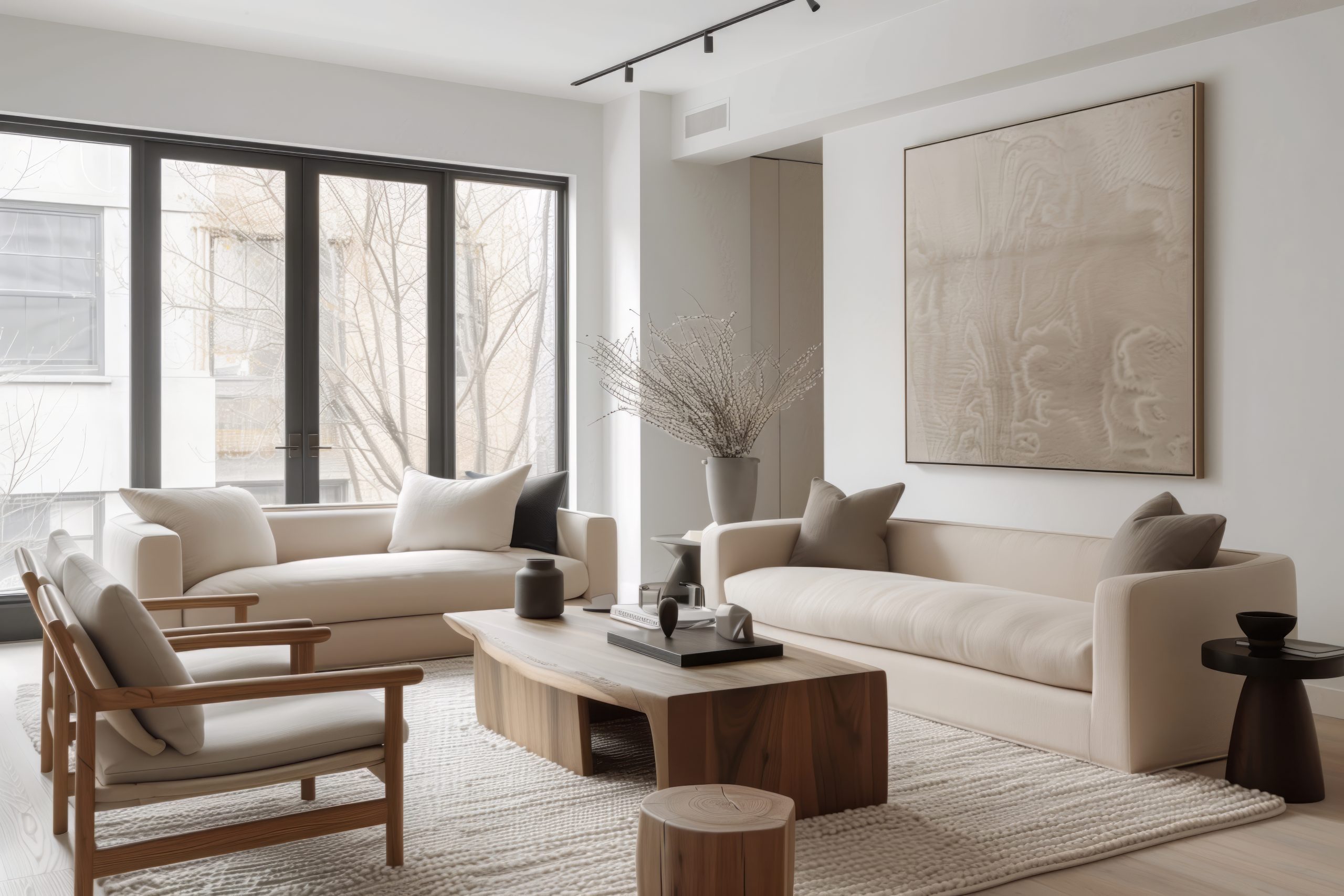

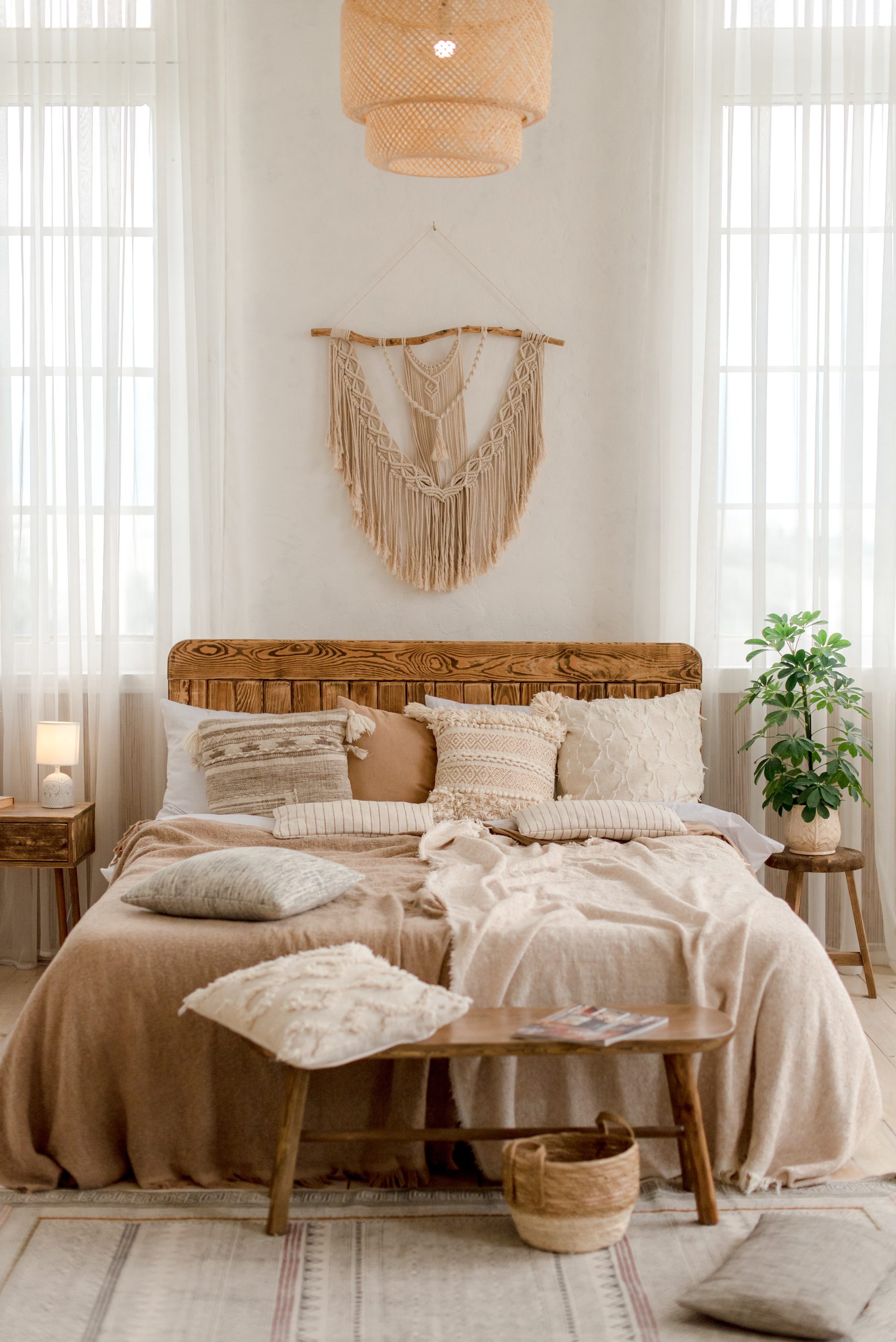
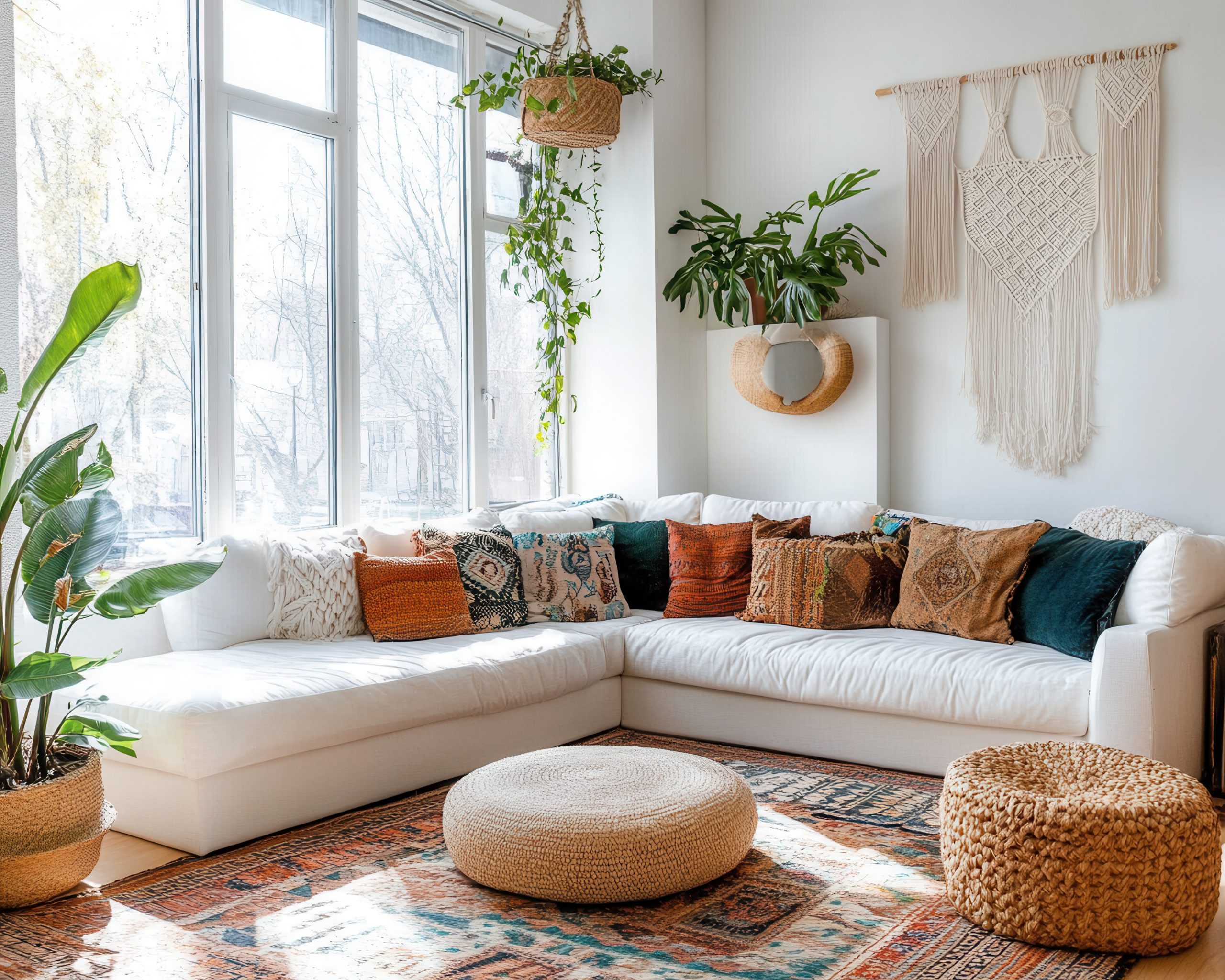
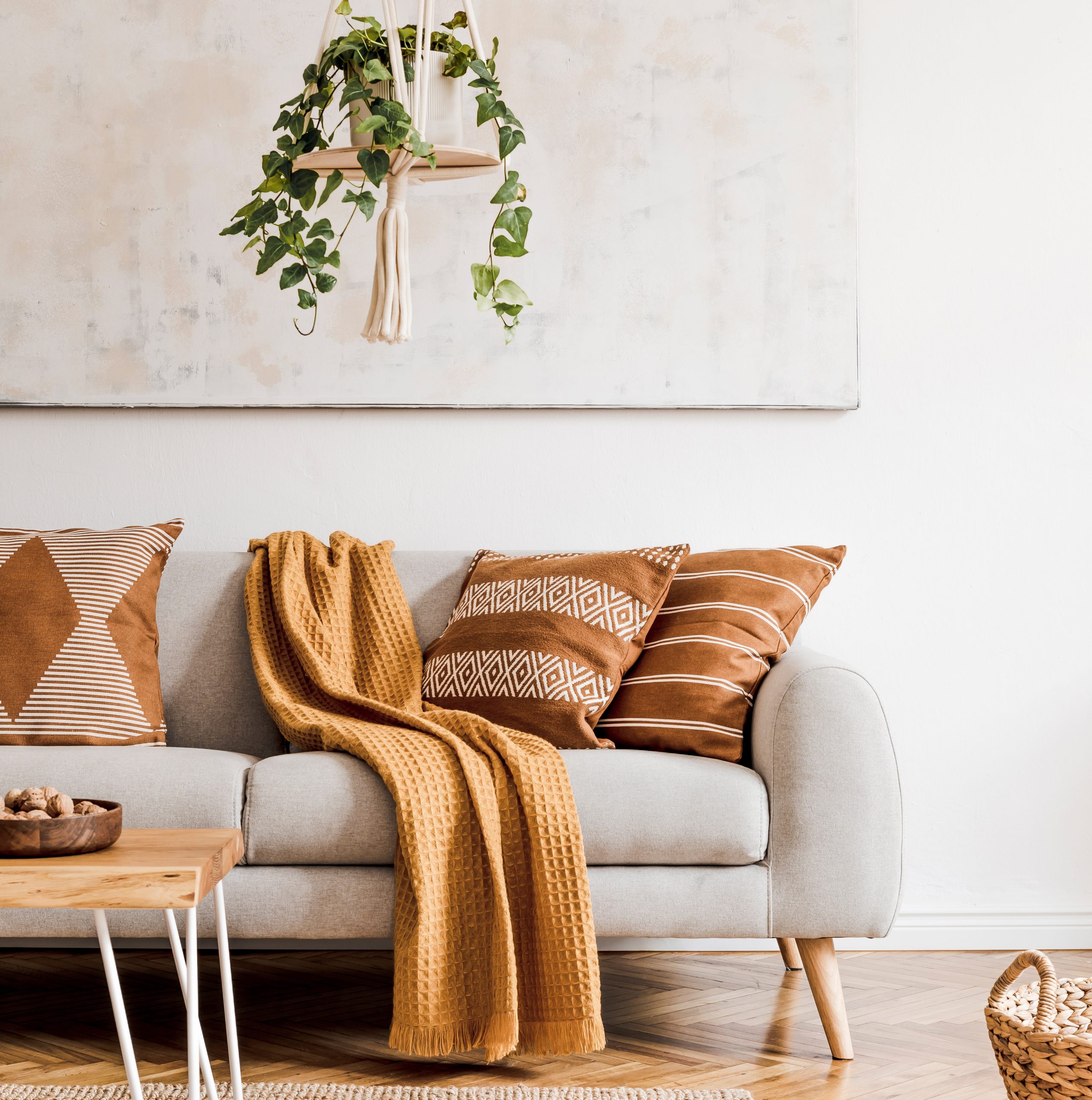

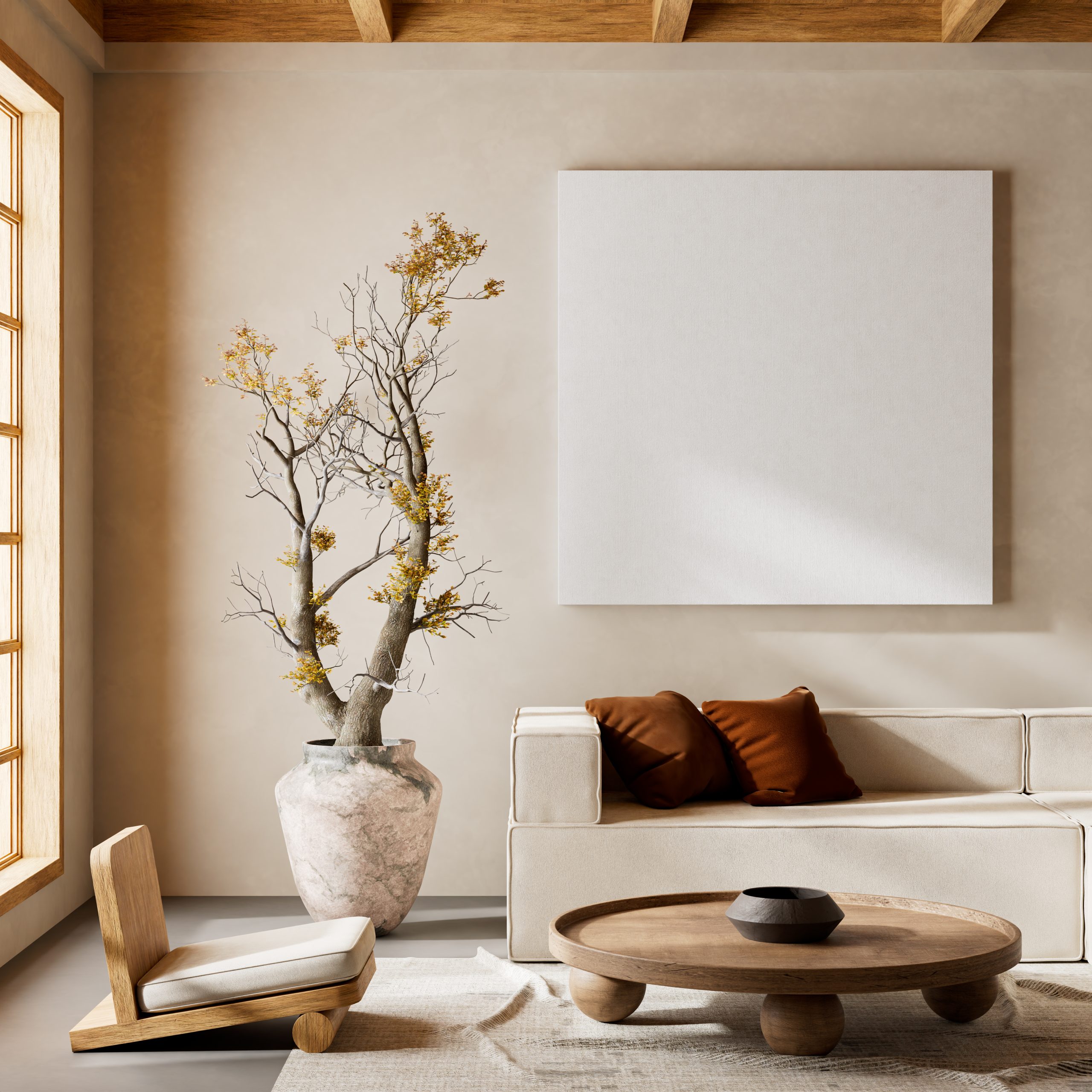
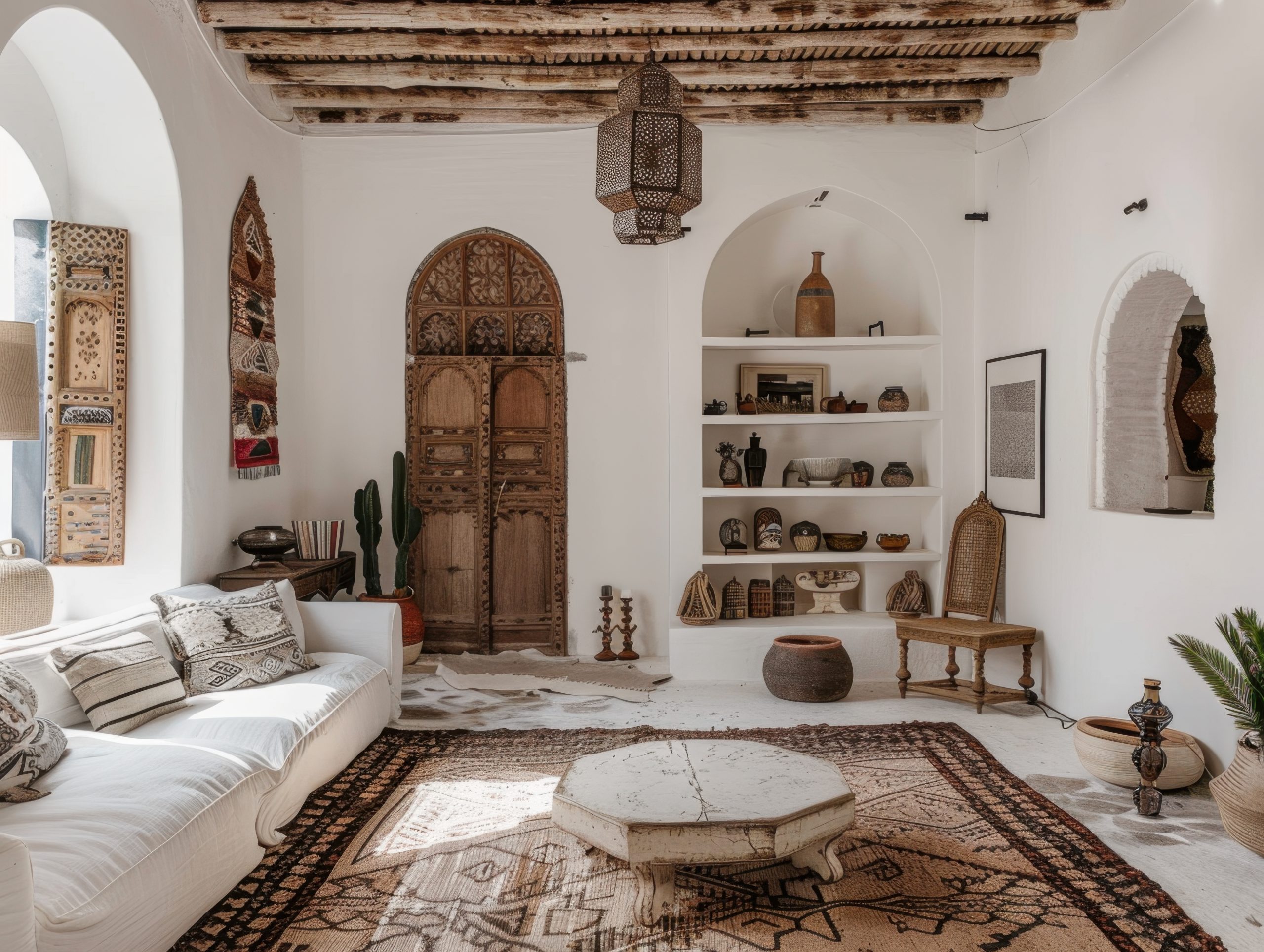
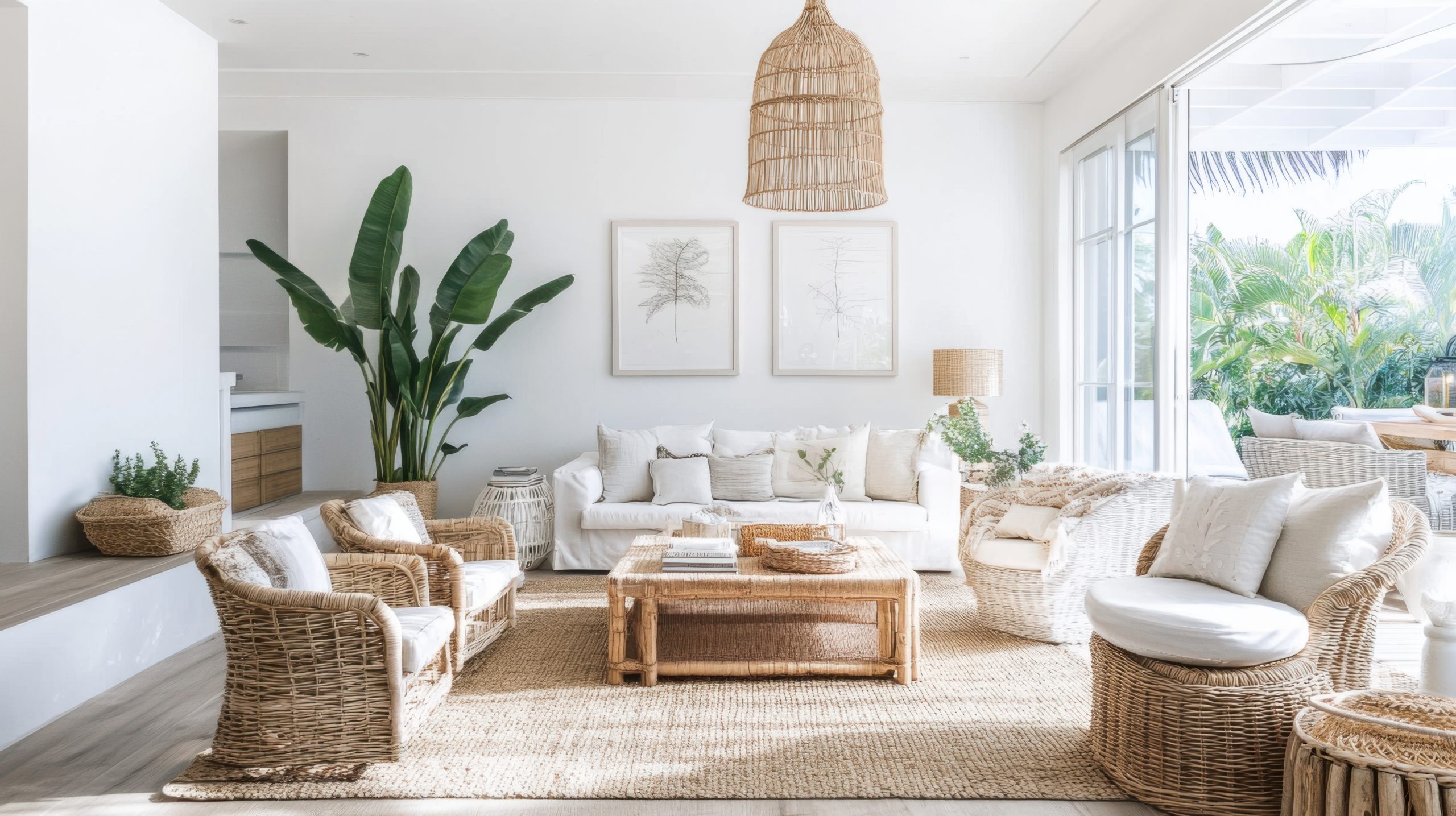
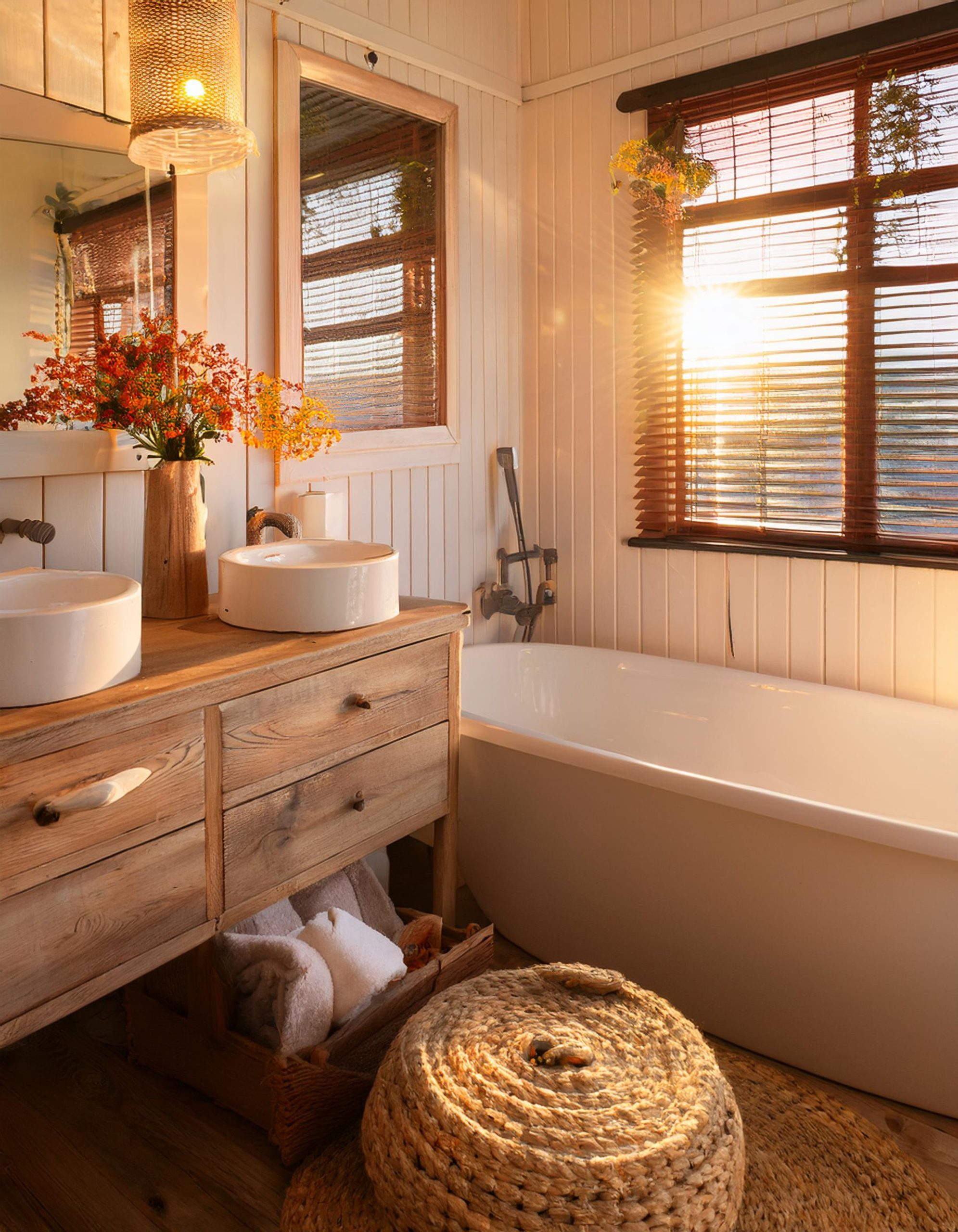
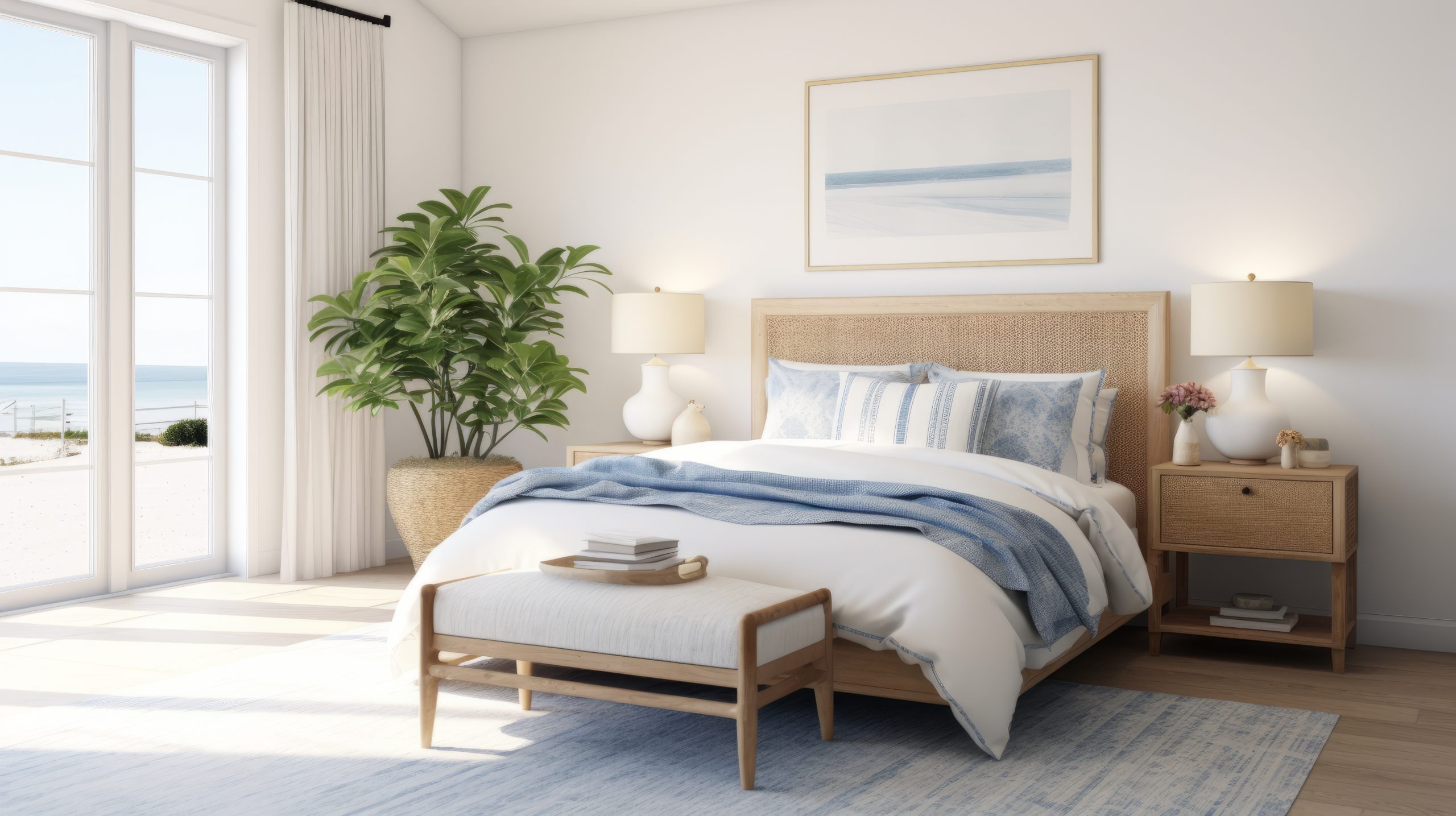
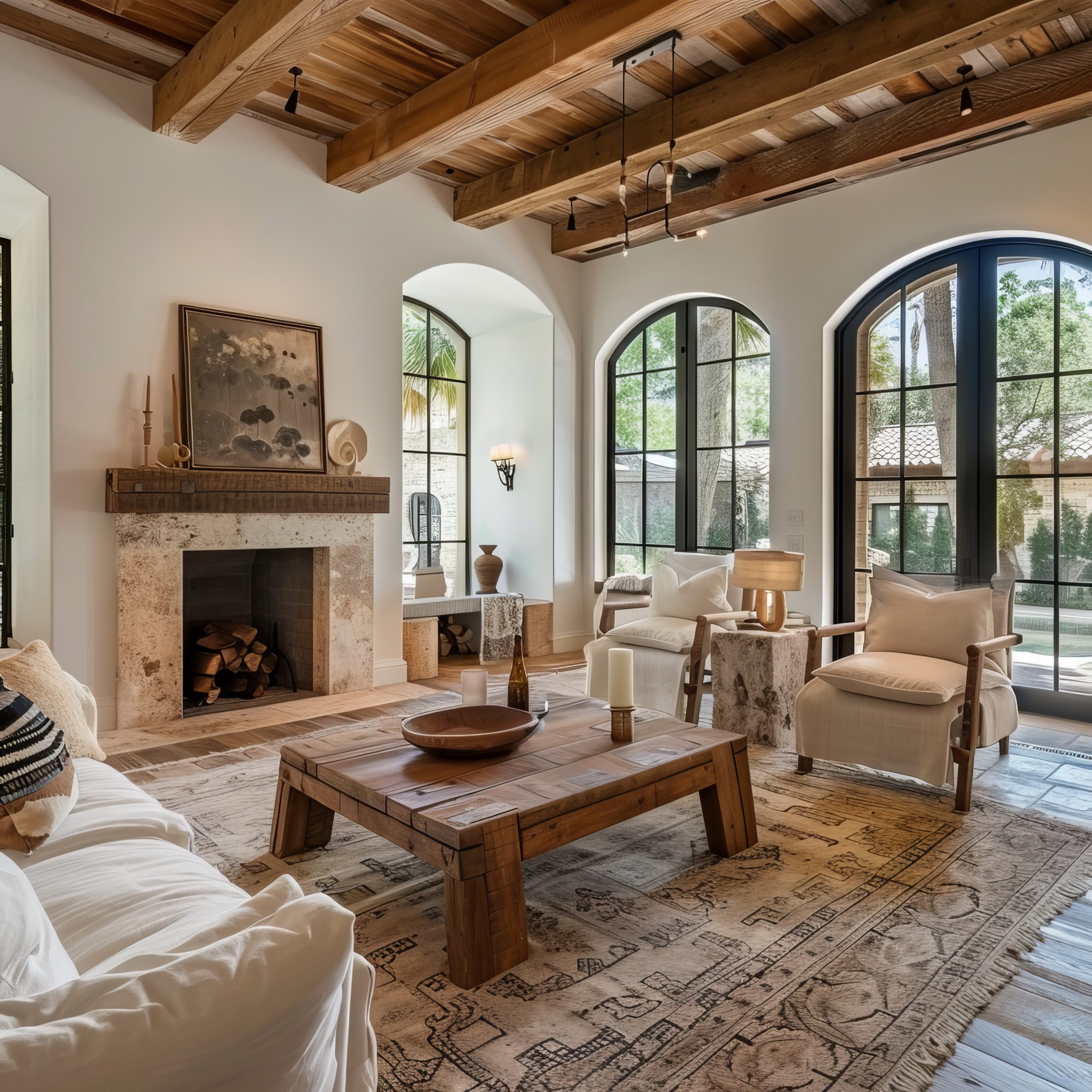
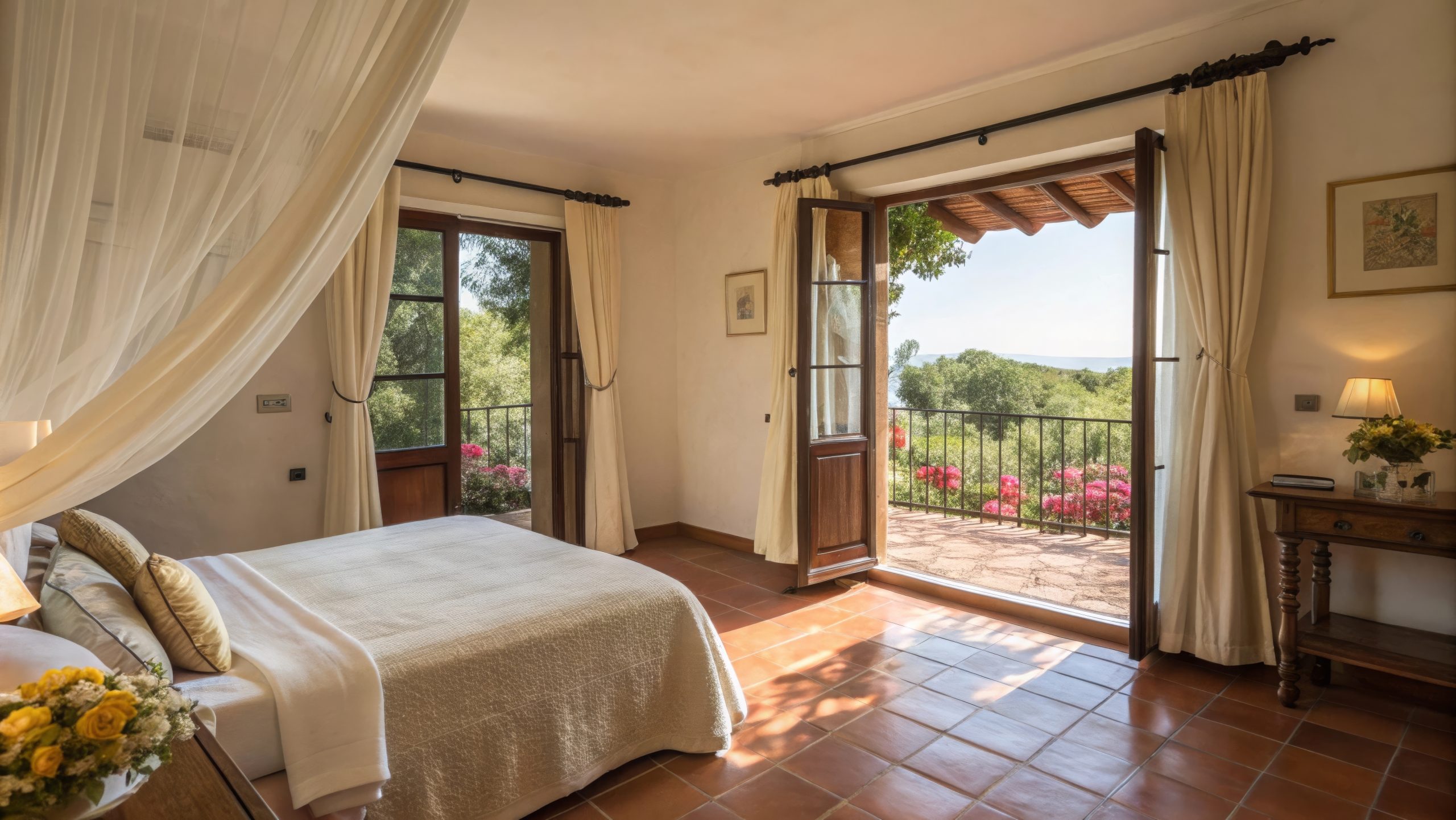

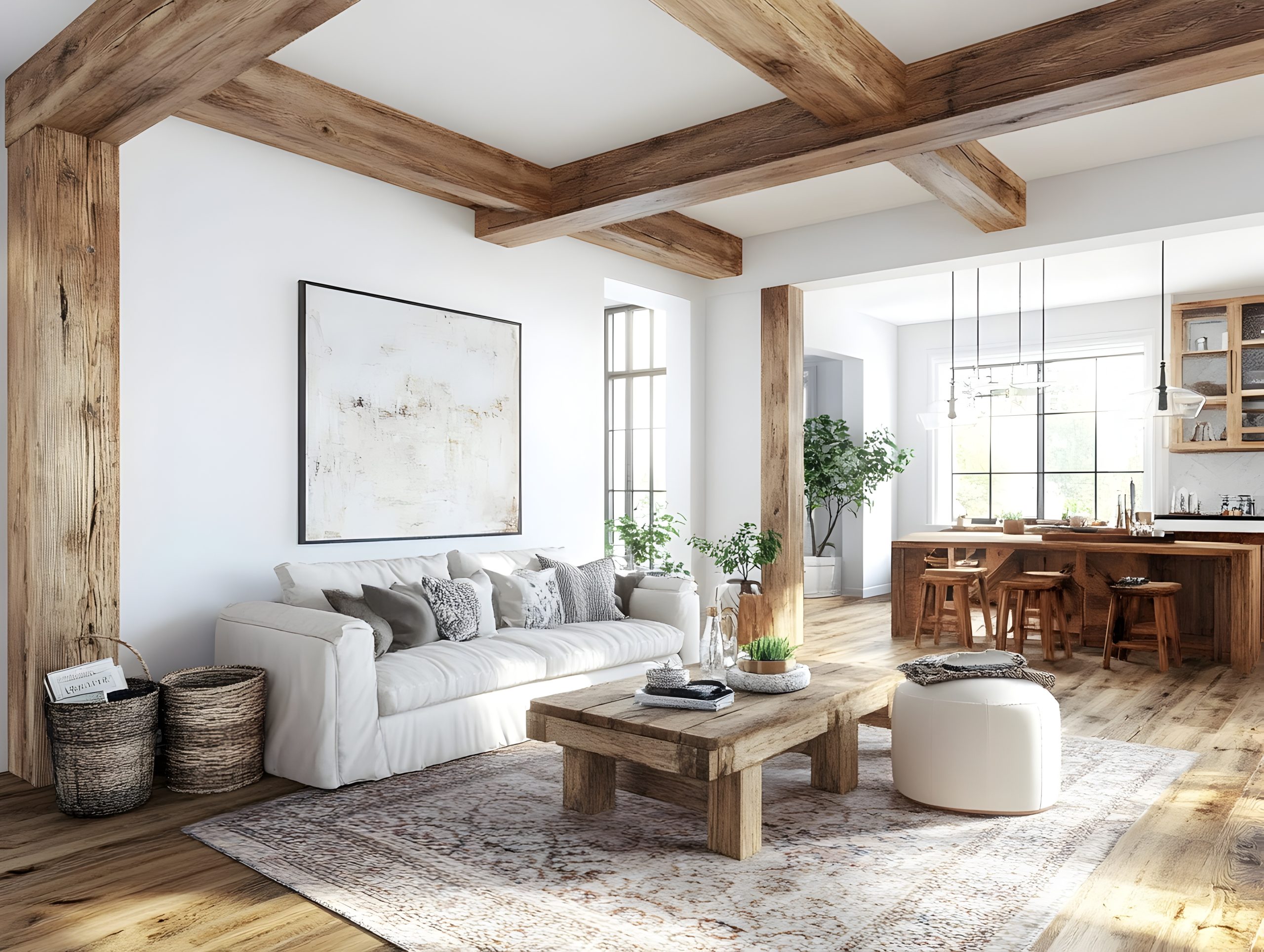
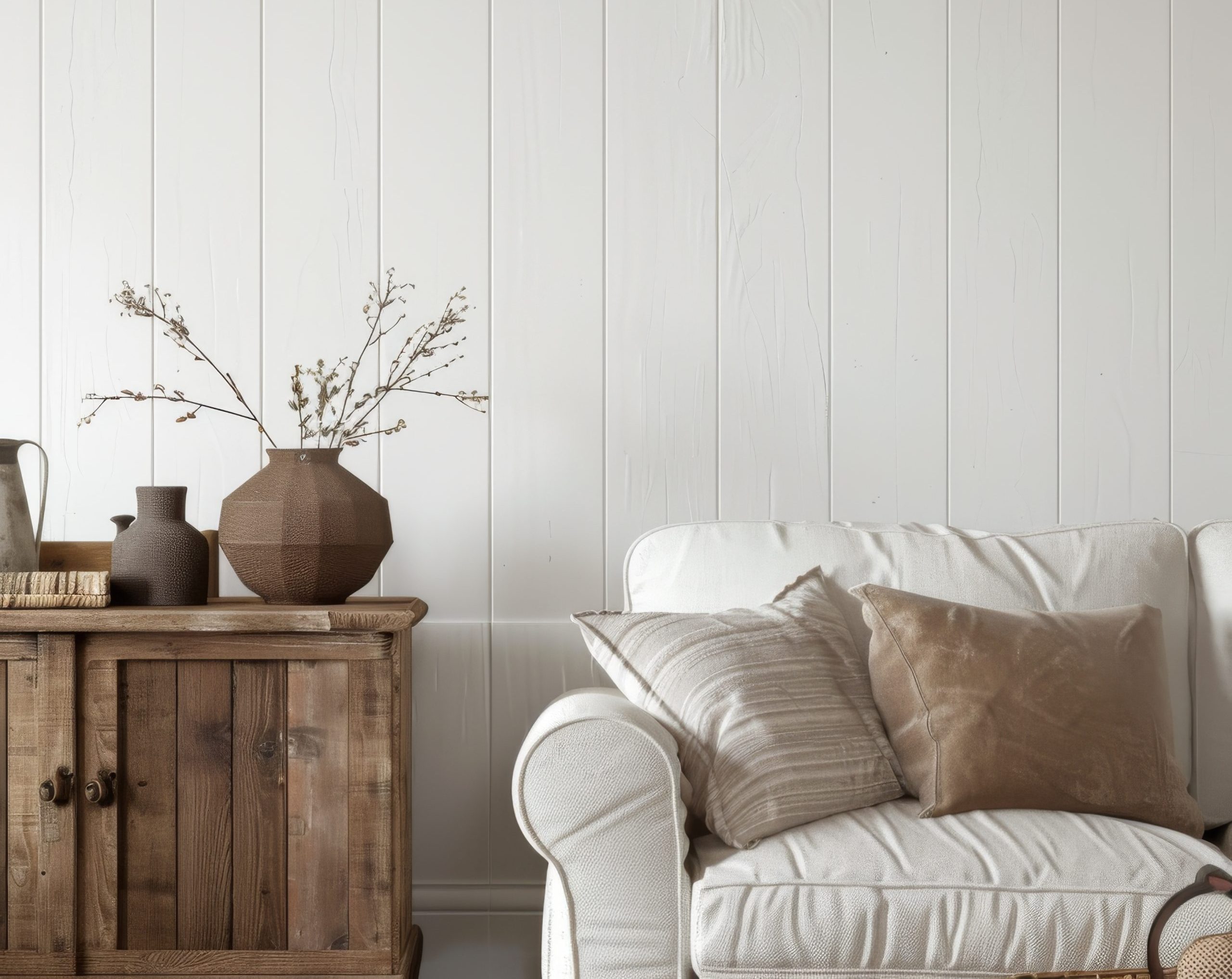

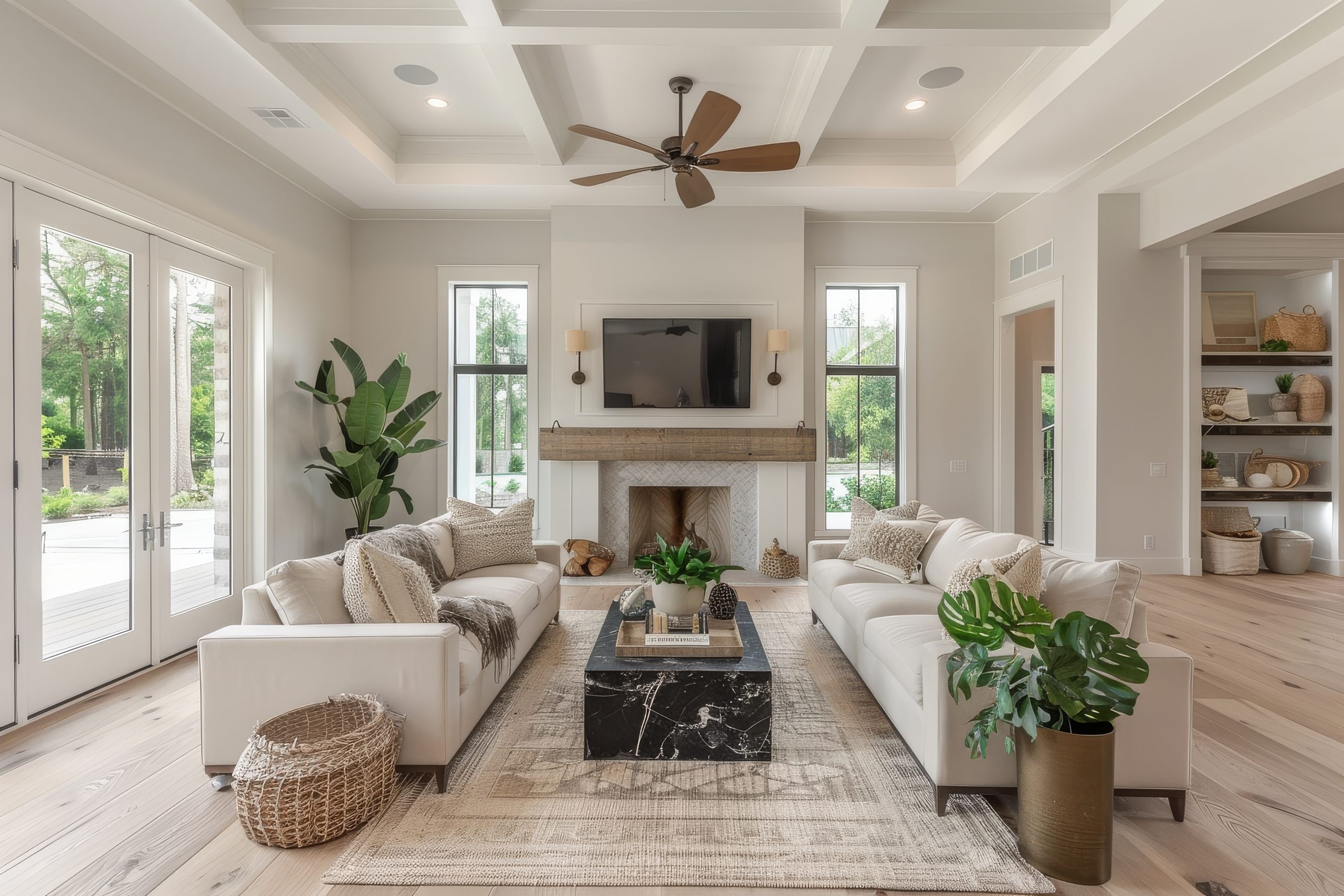
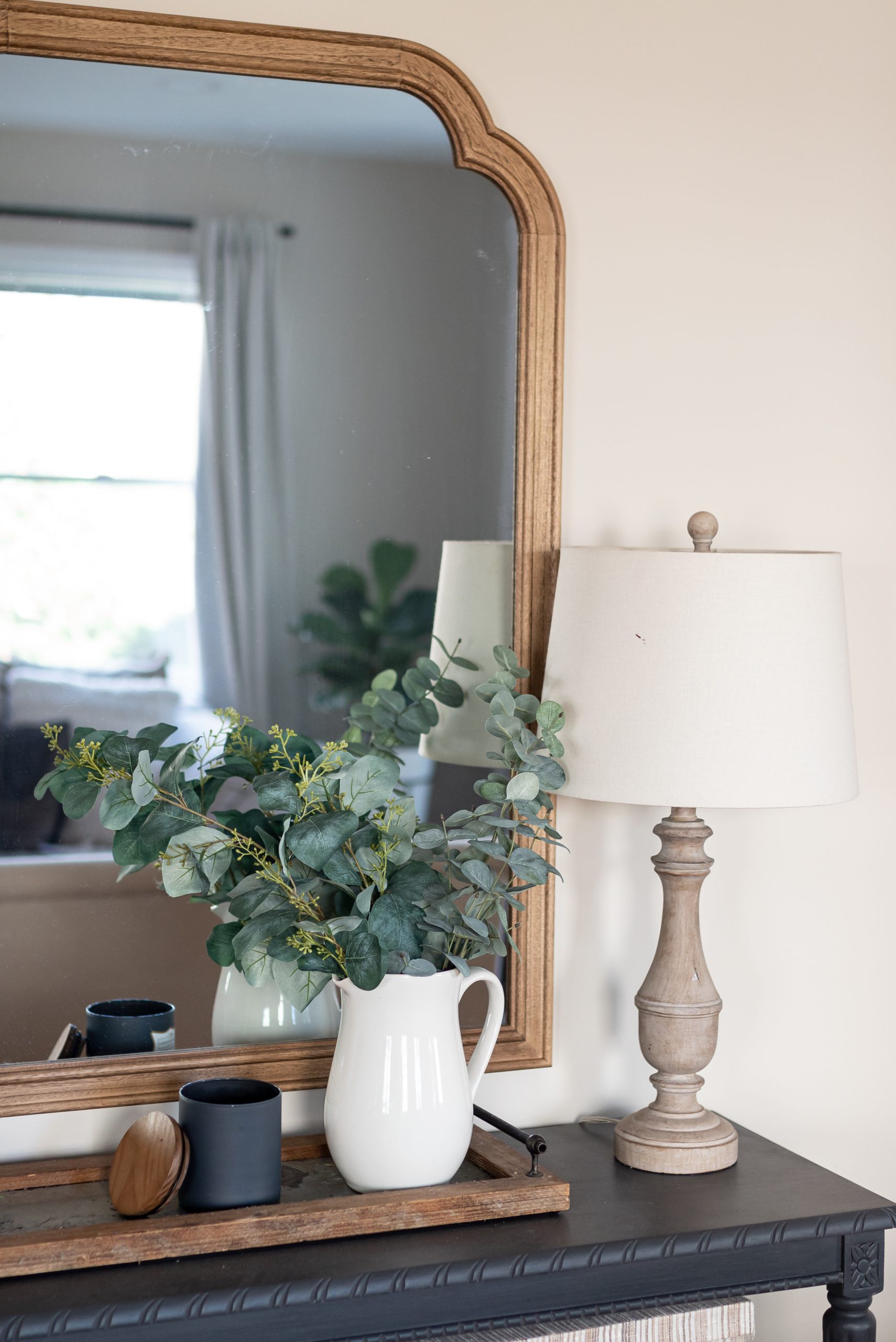
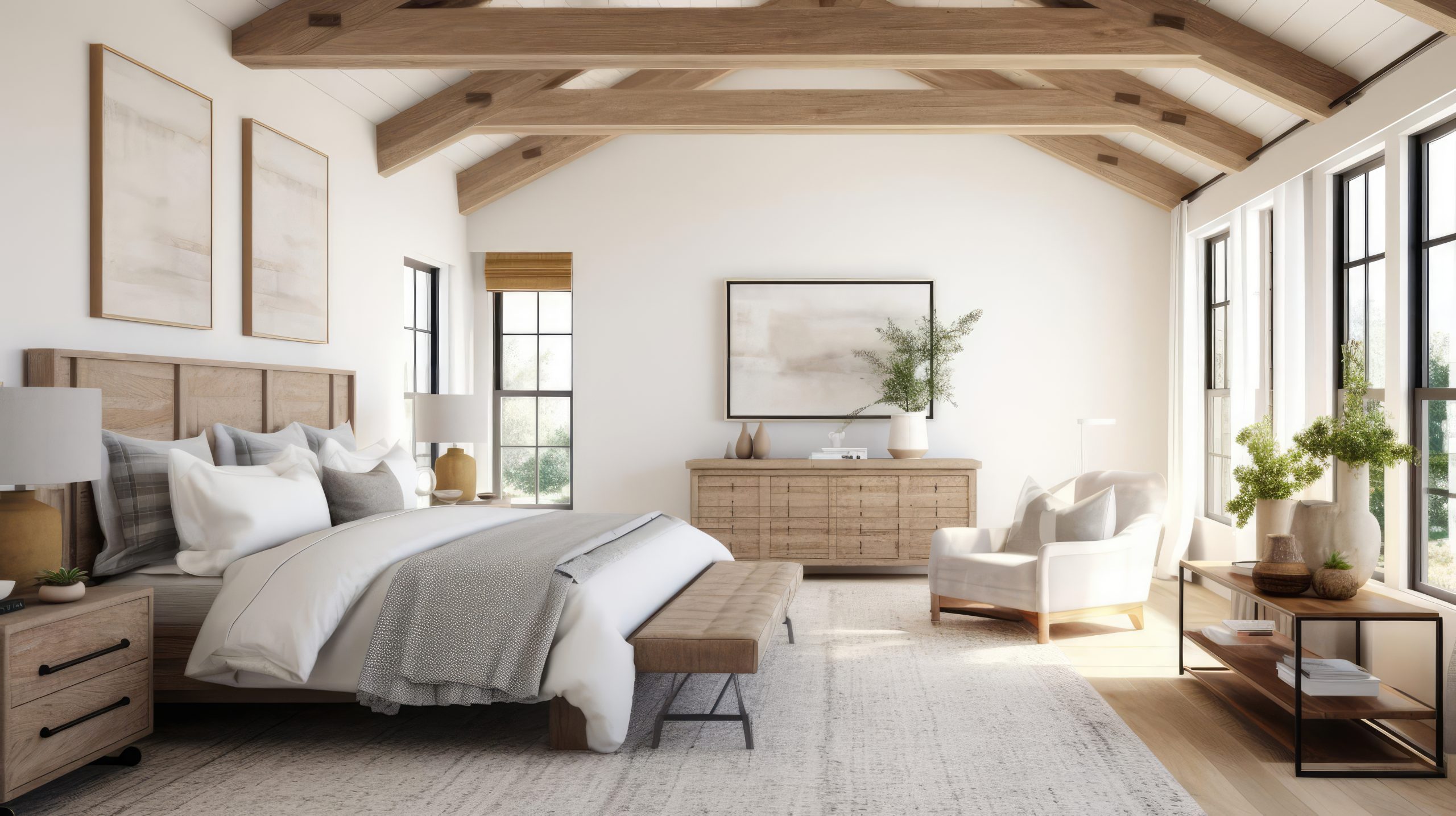
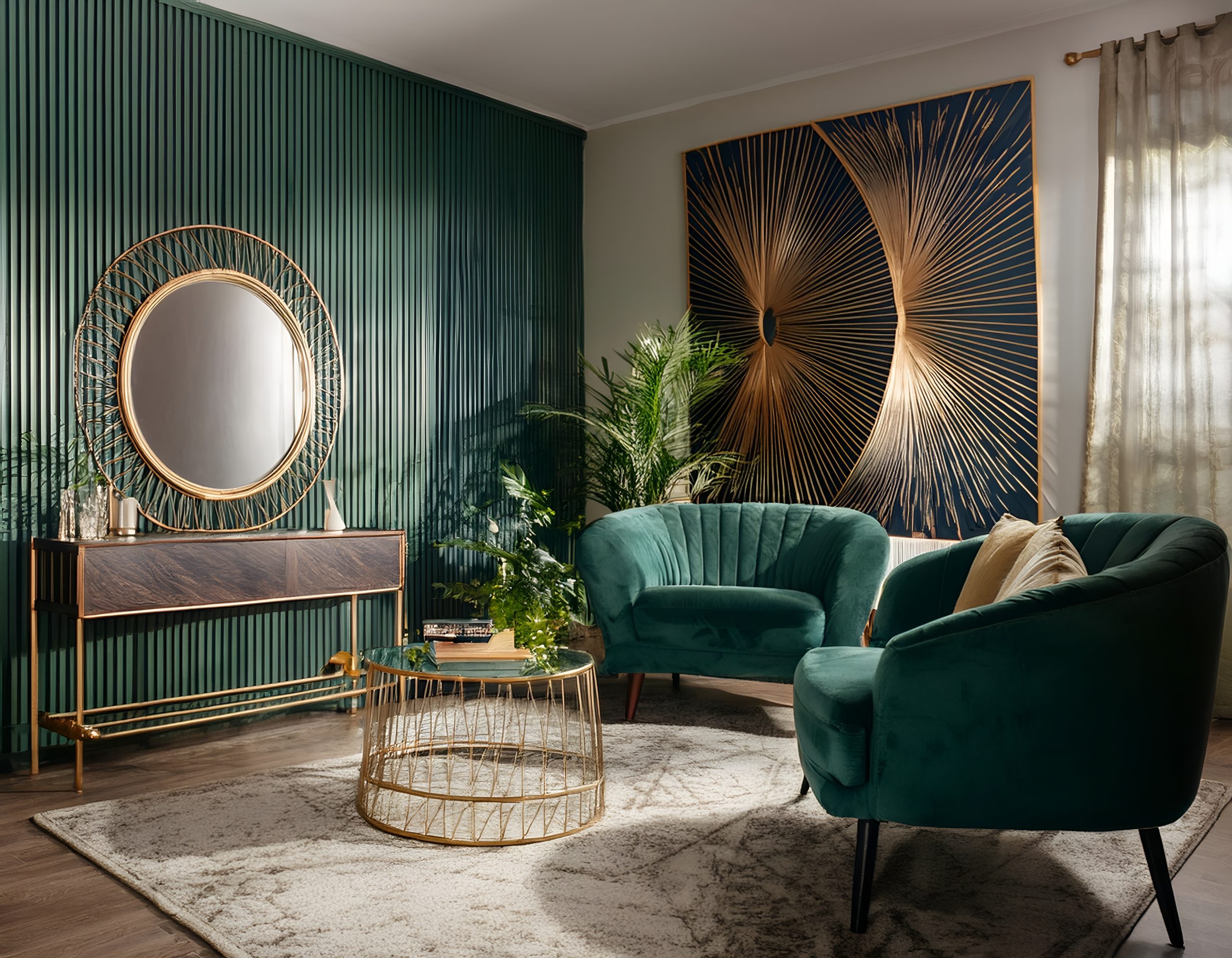
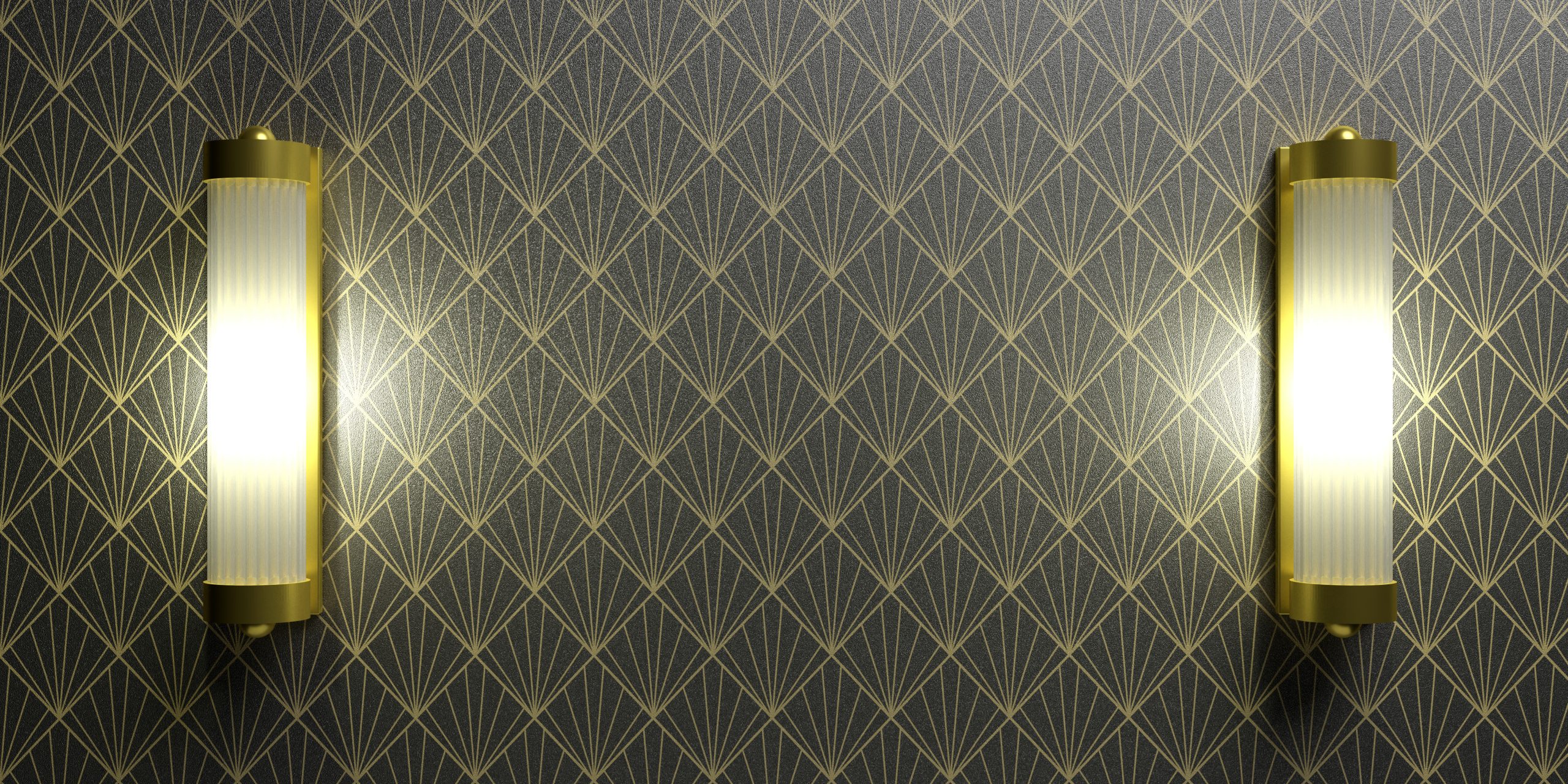
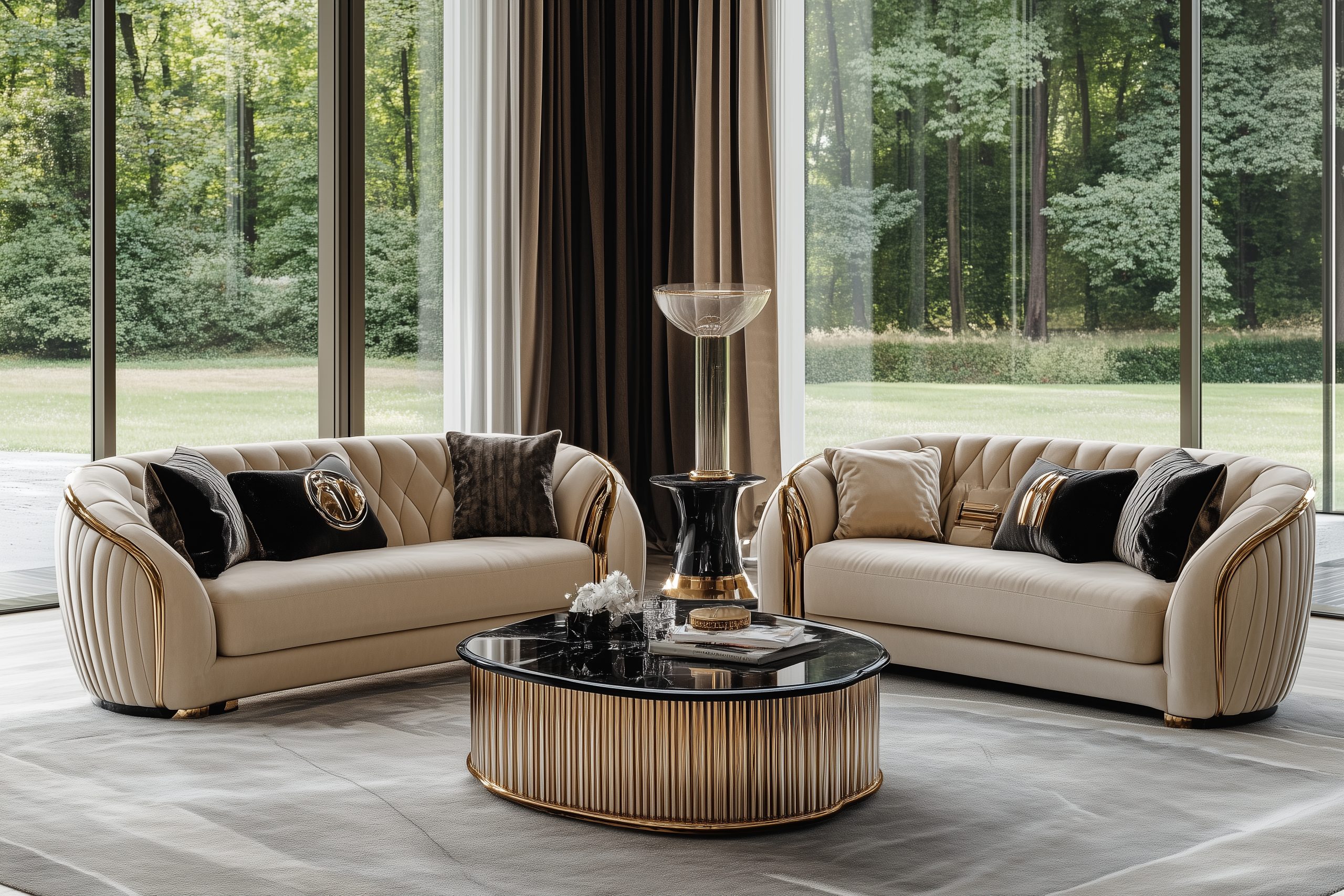
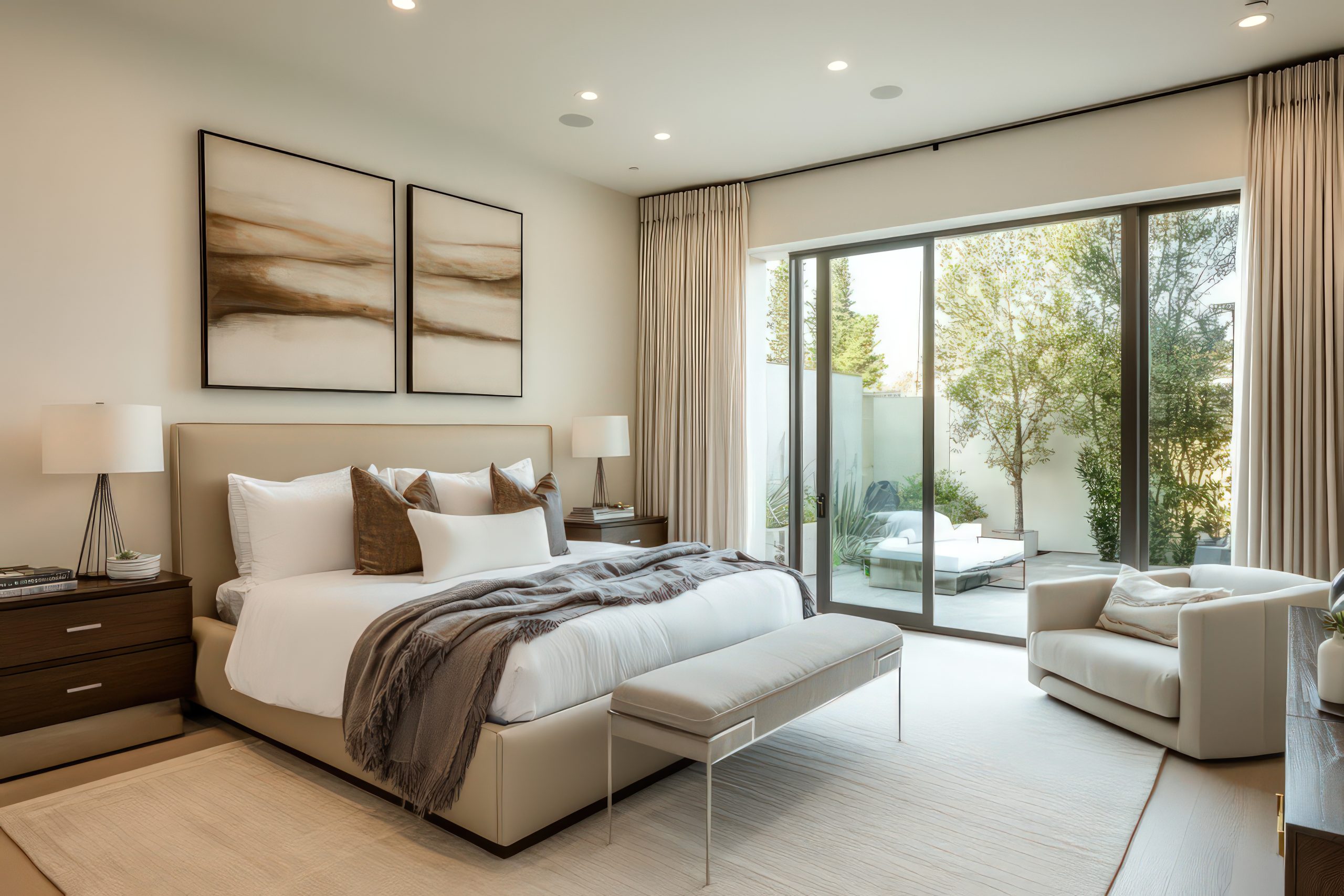
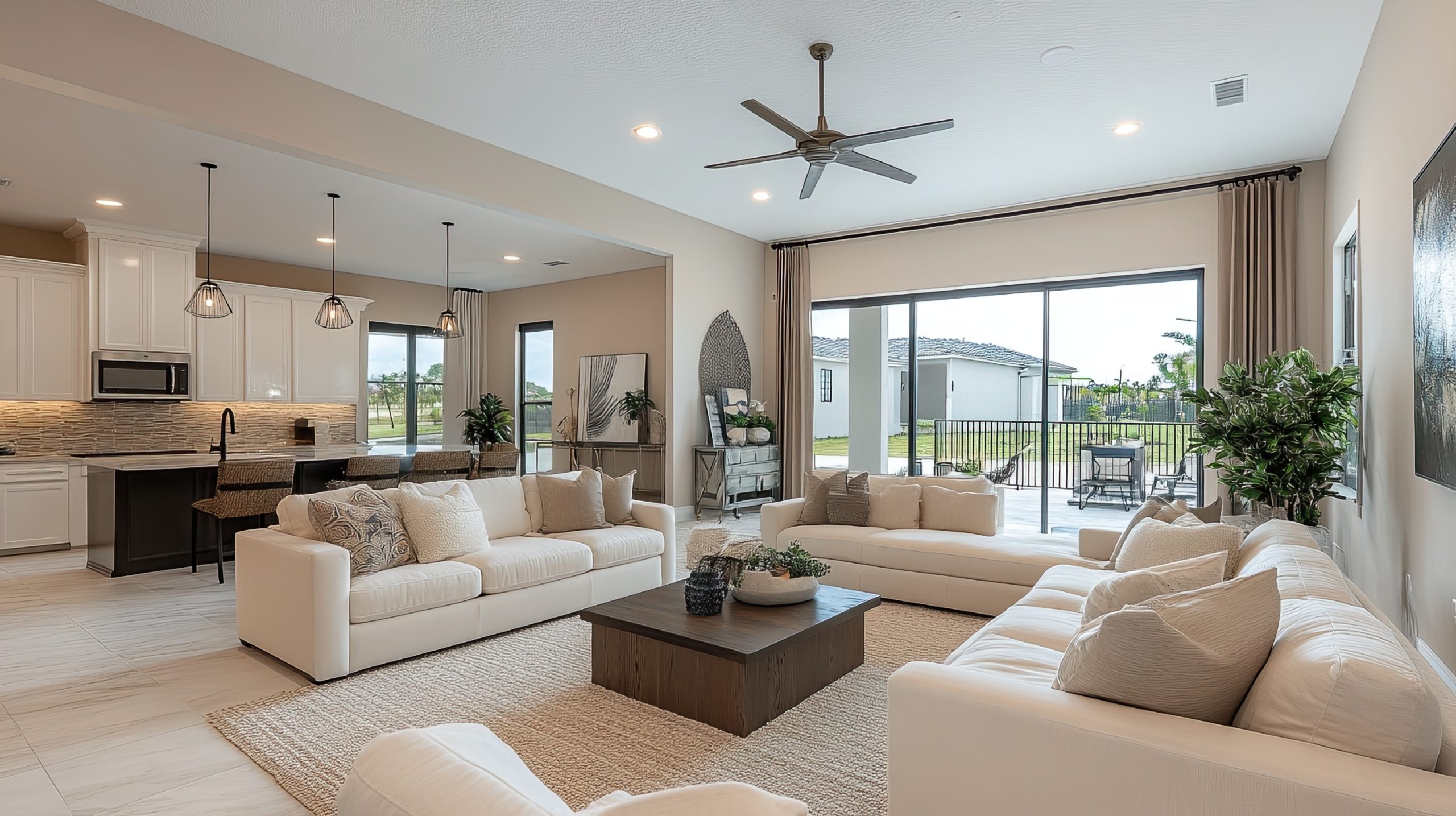
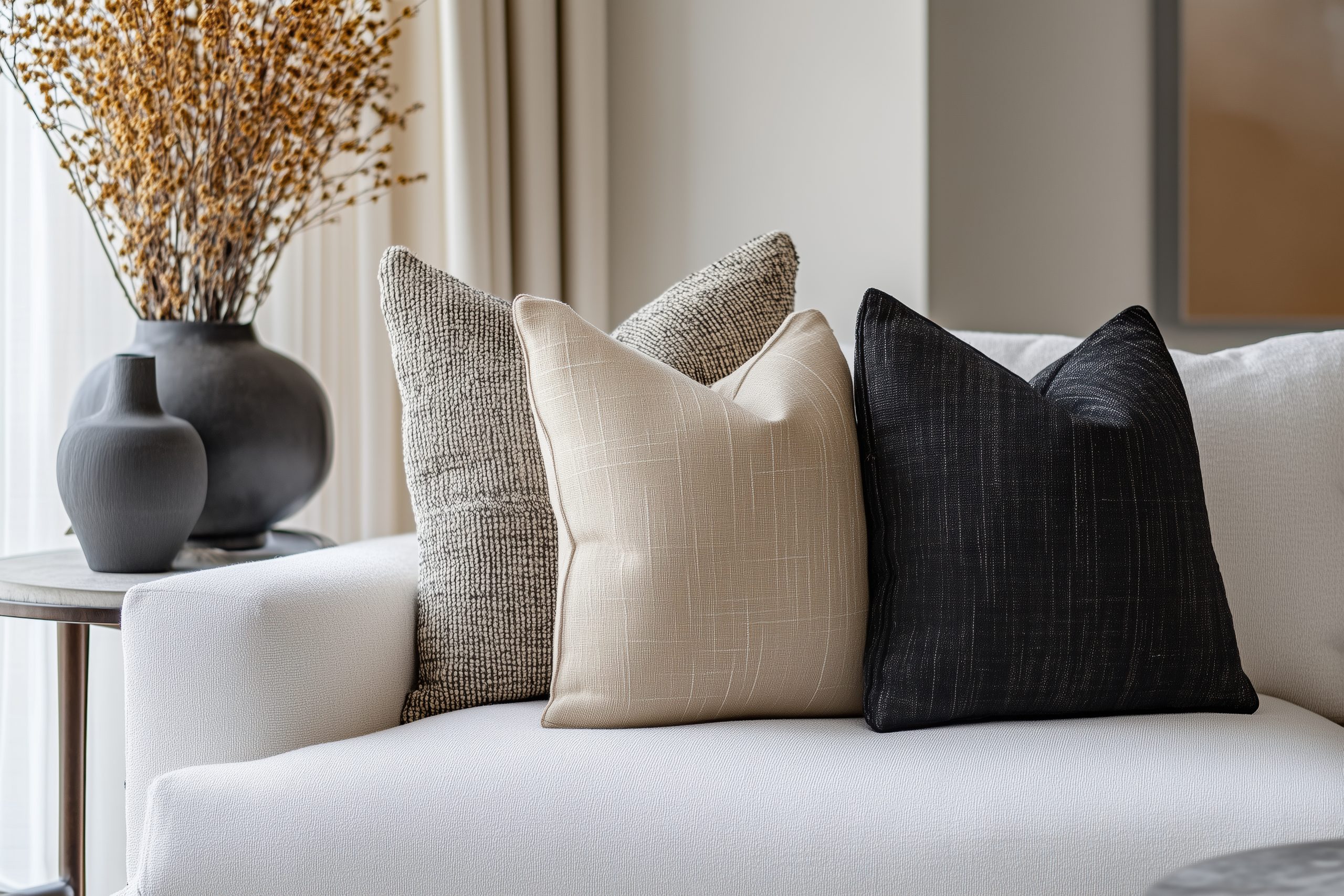

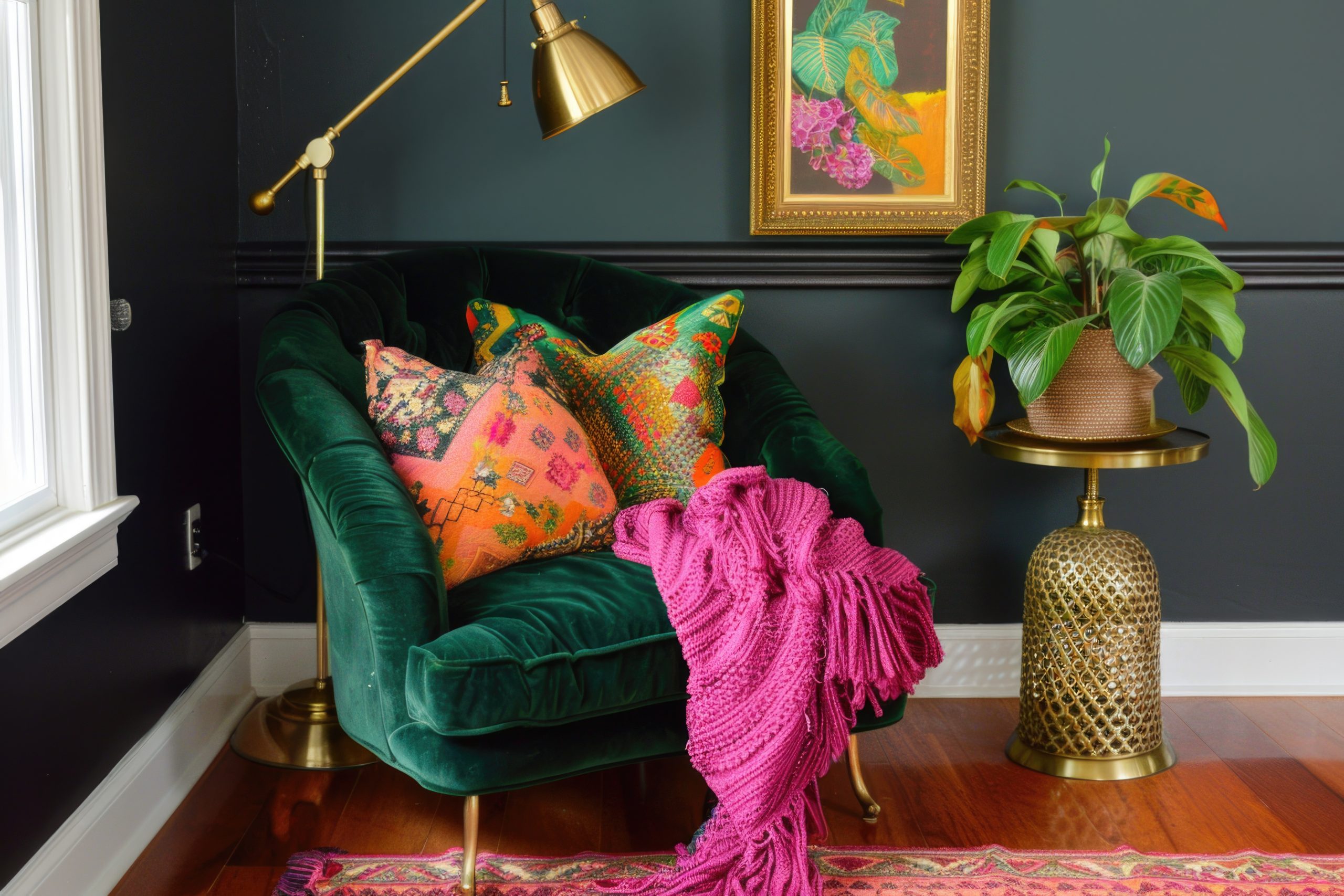
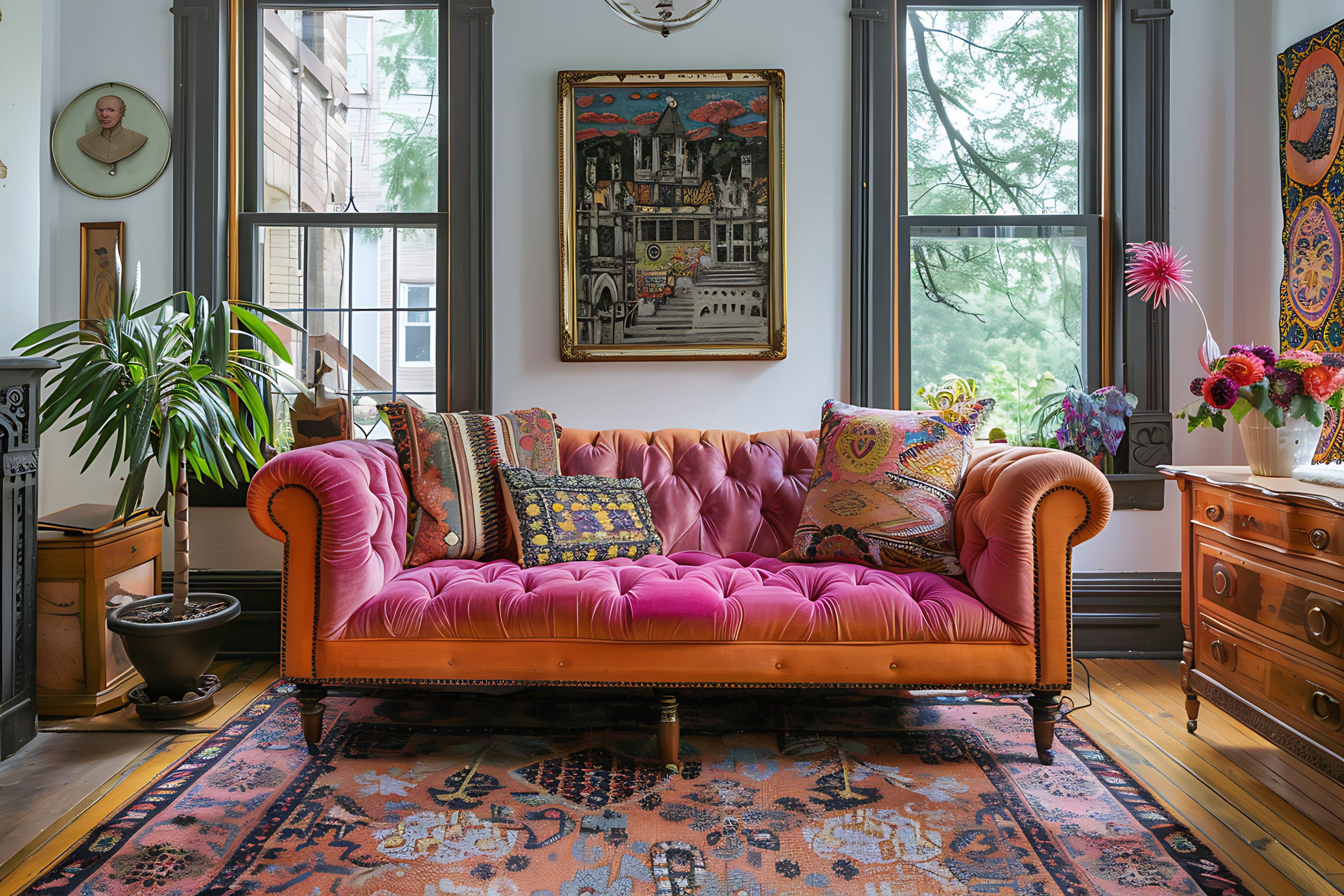
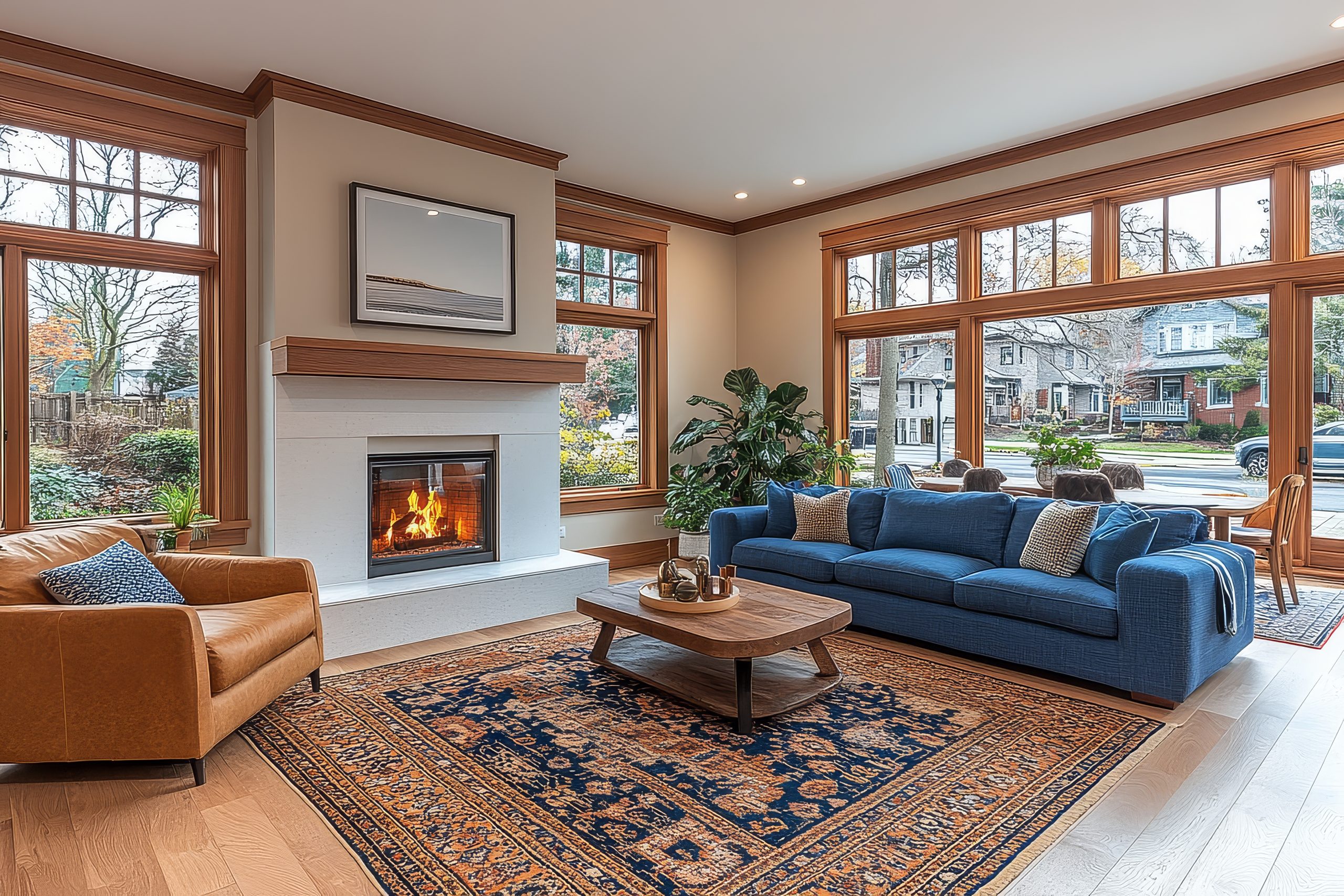
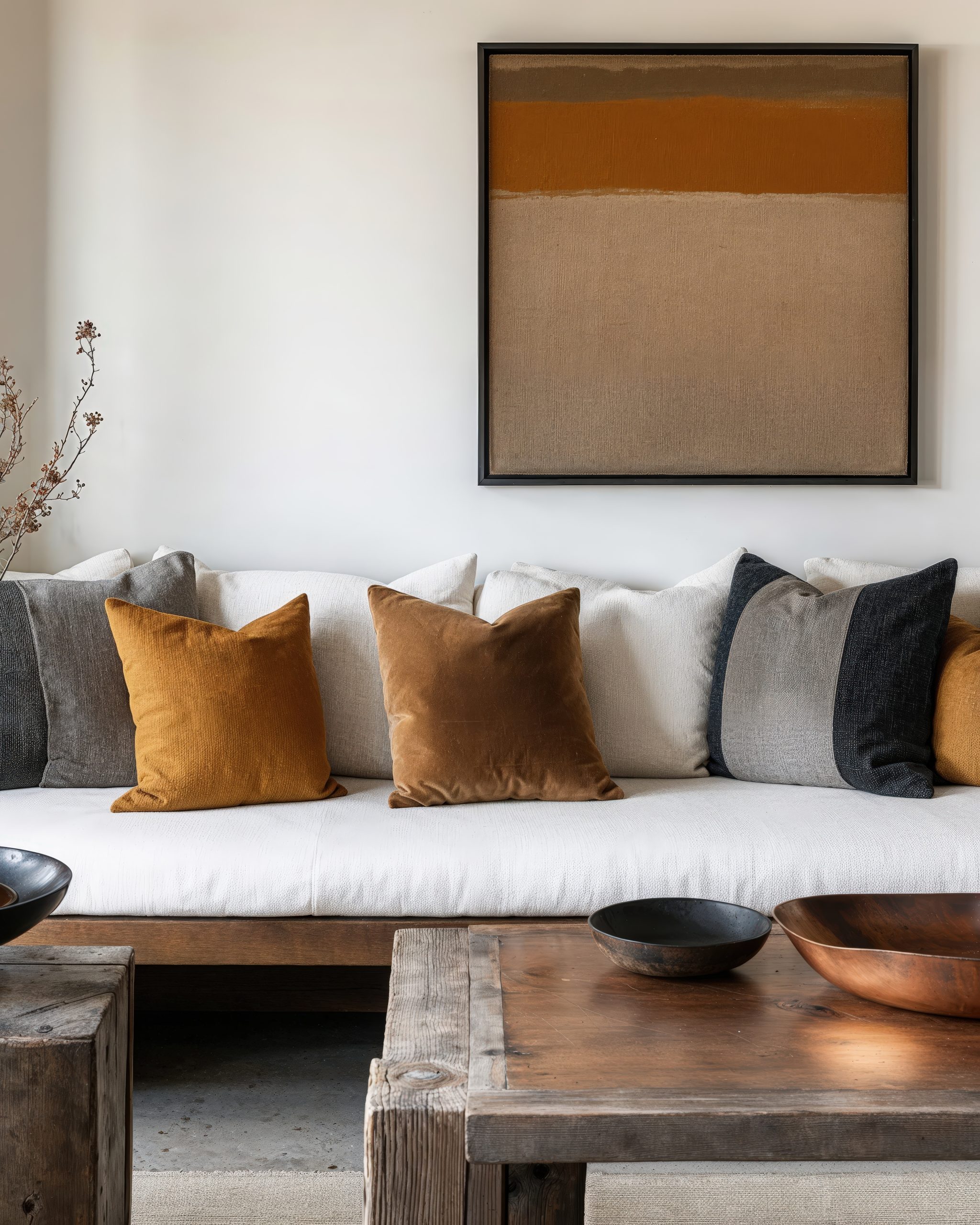
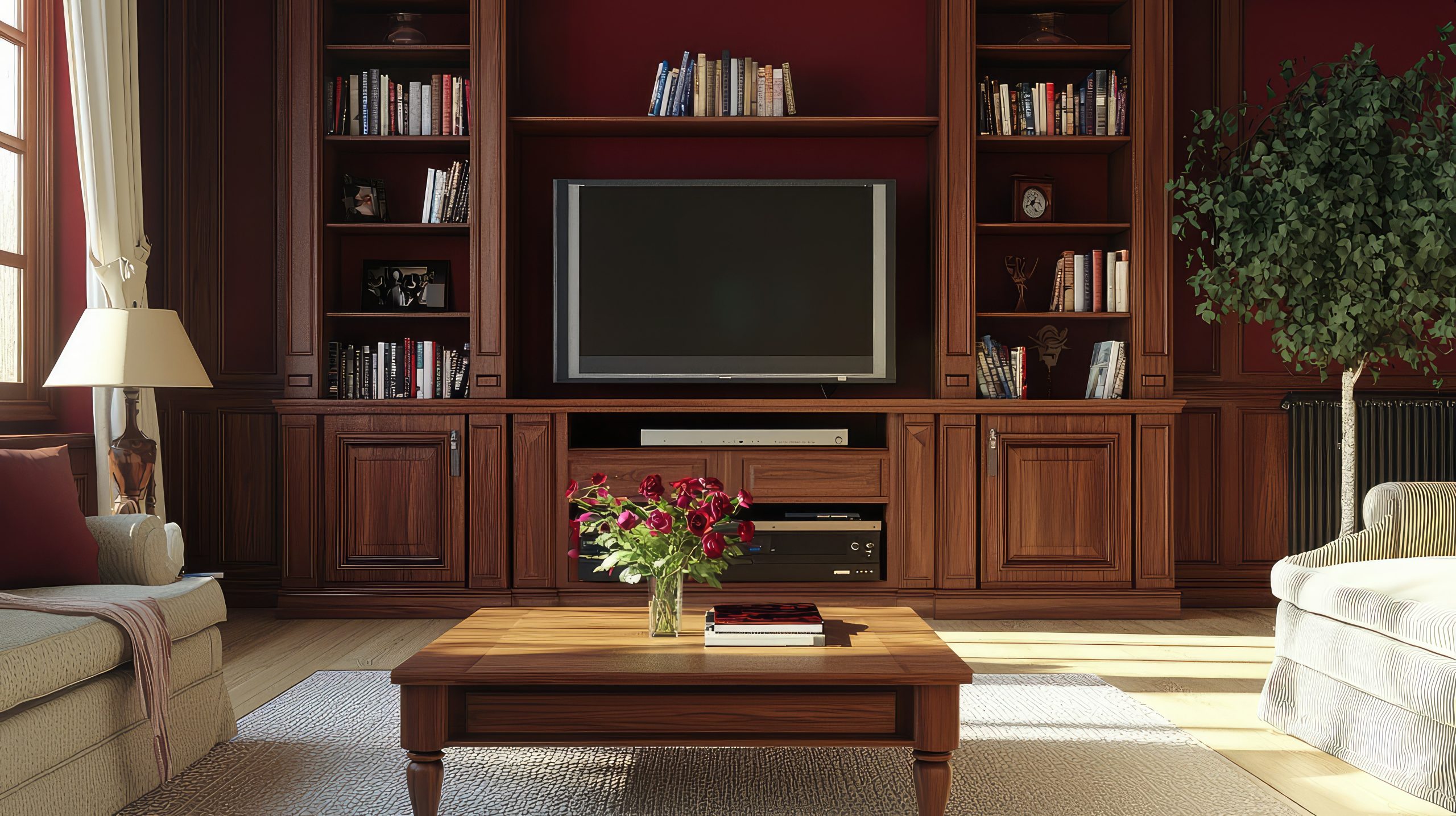
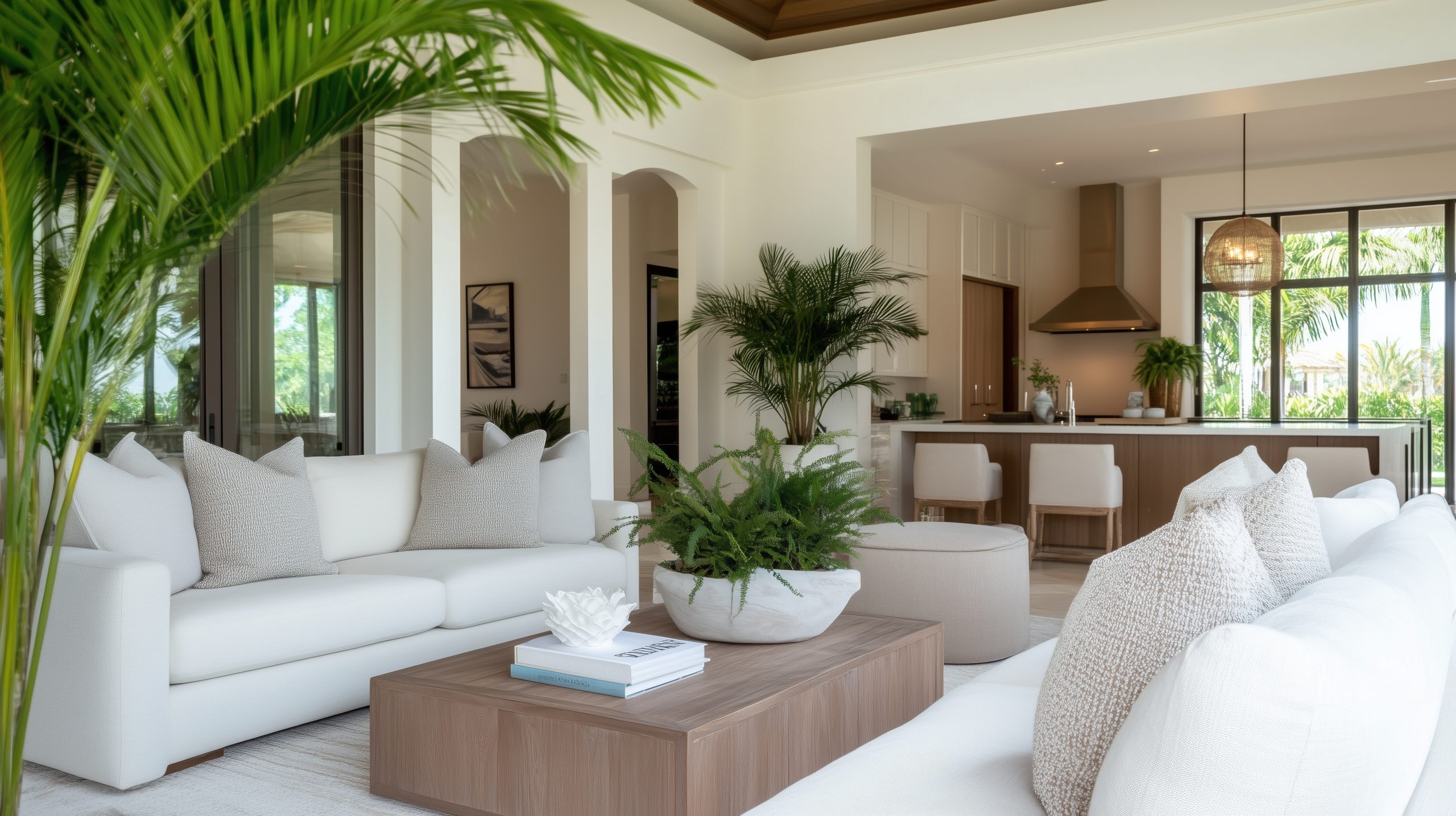
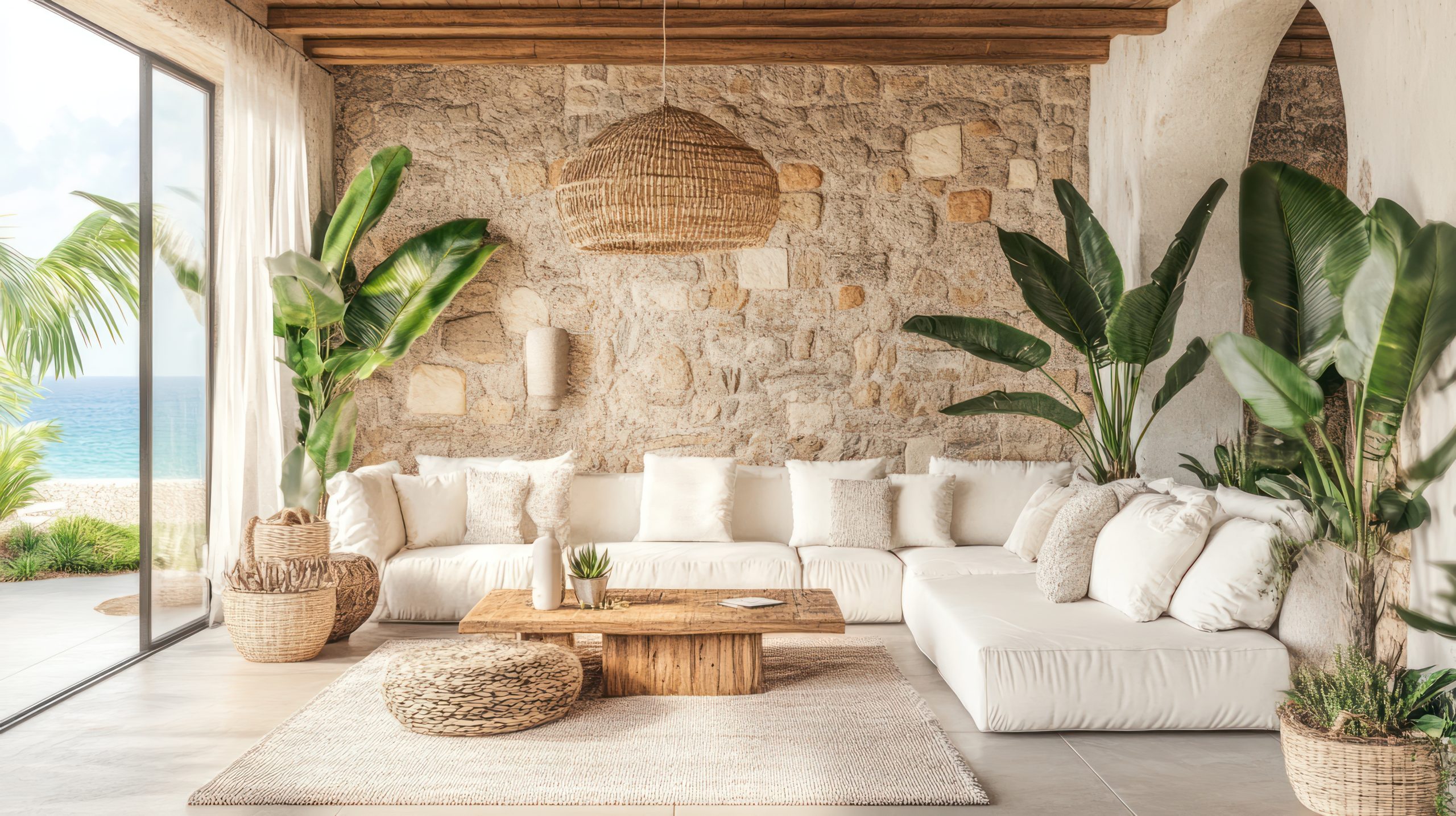
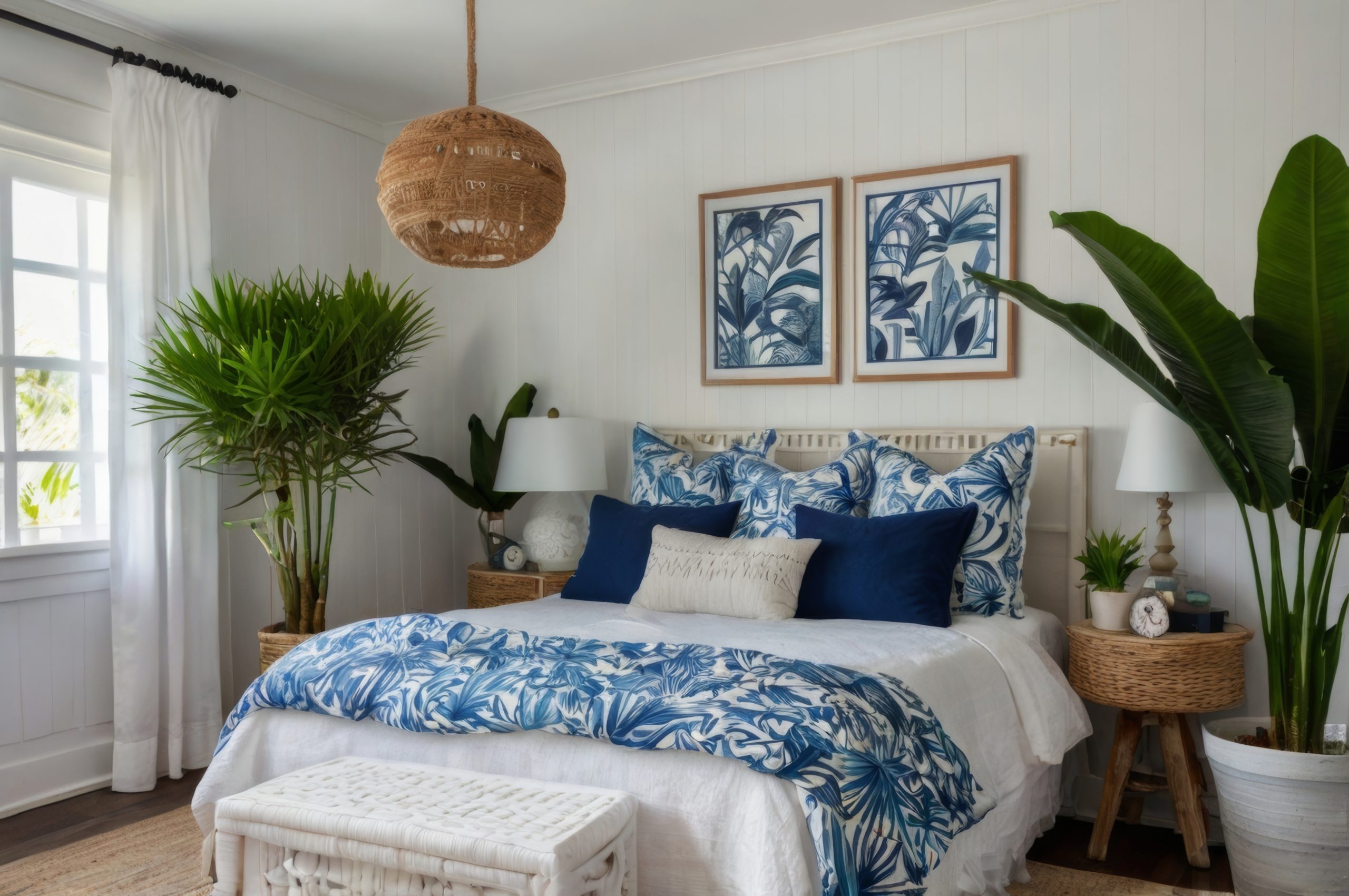
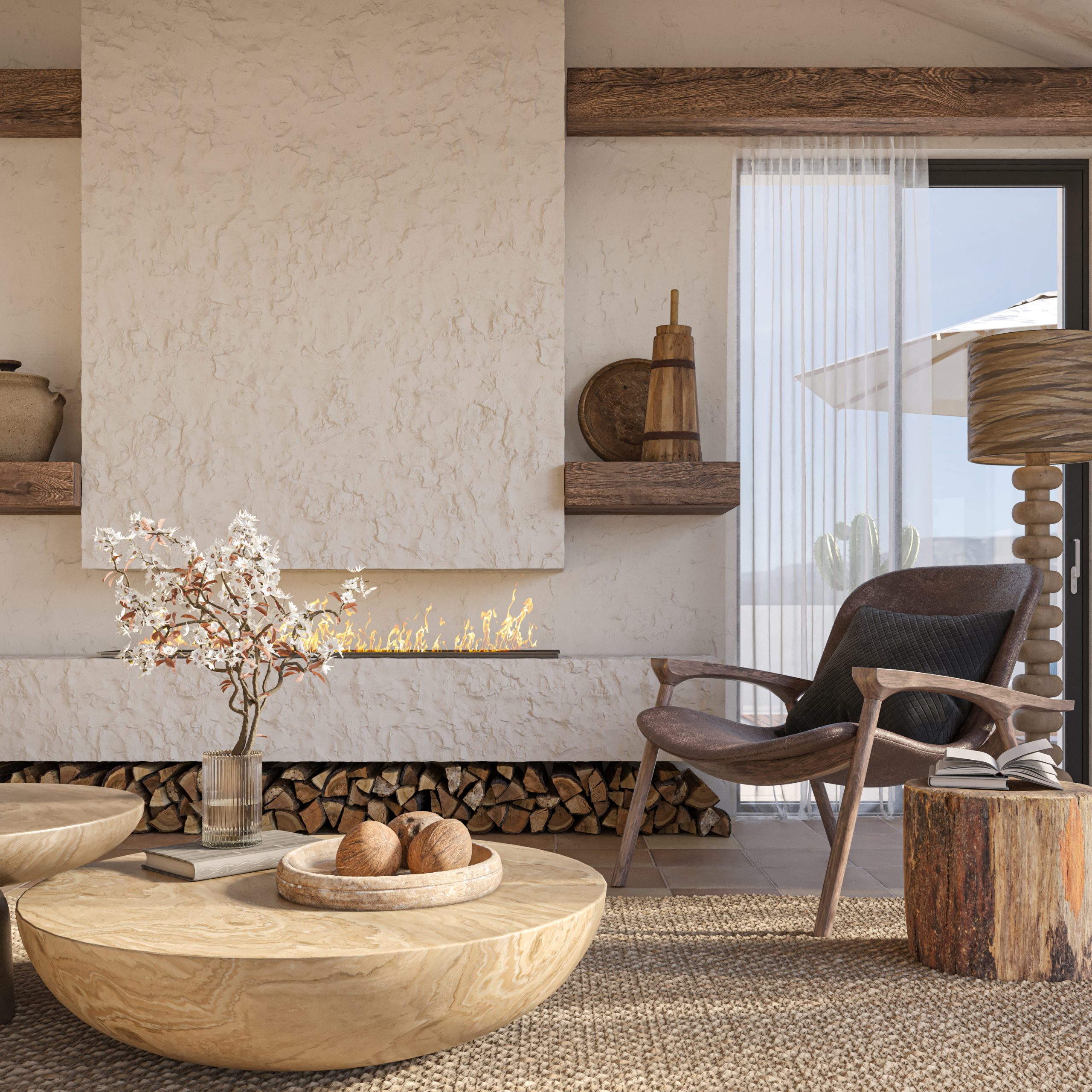






0 Comments